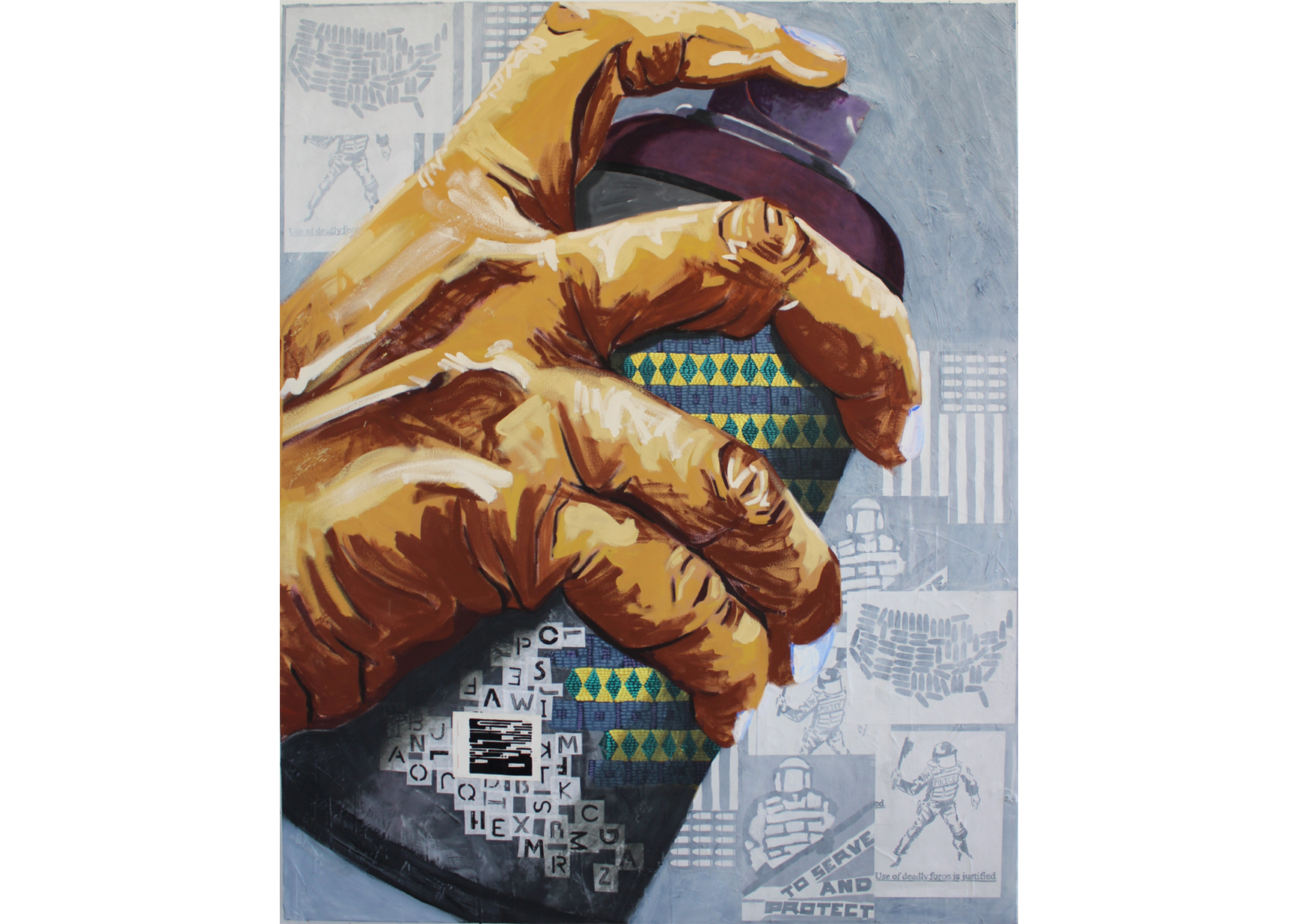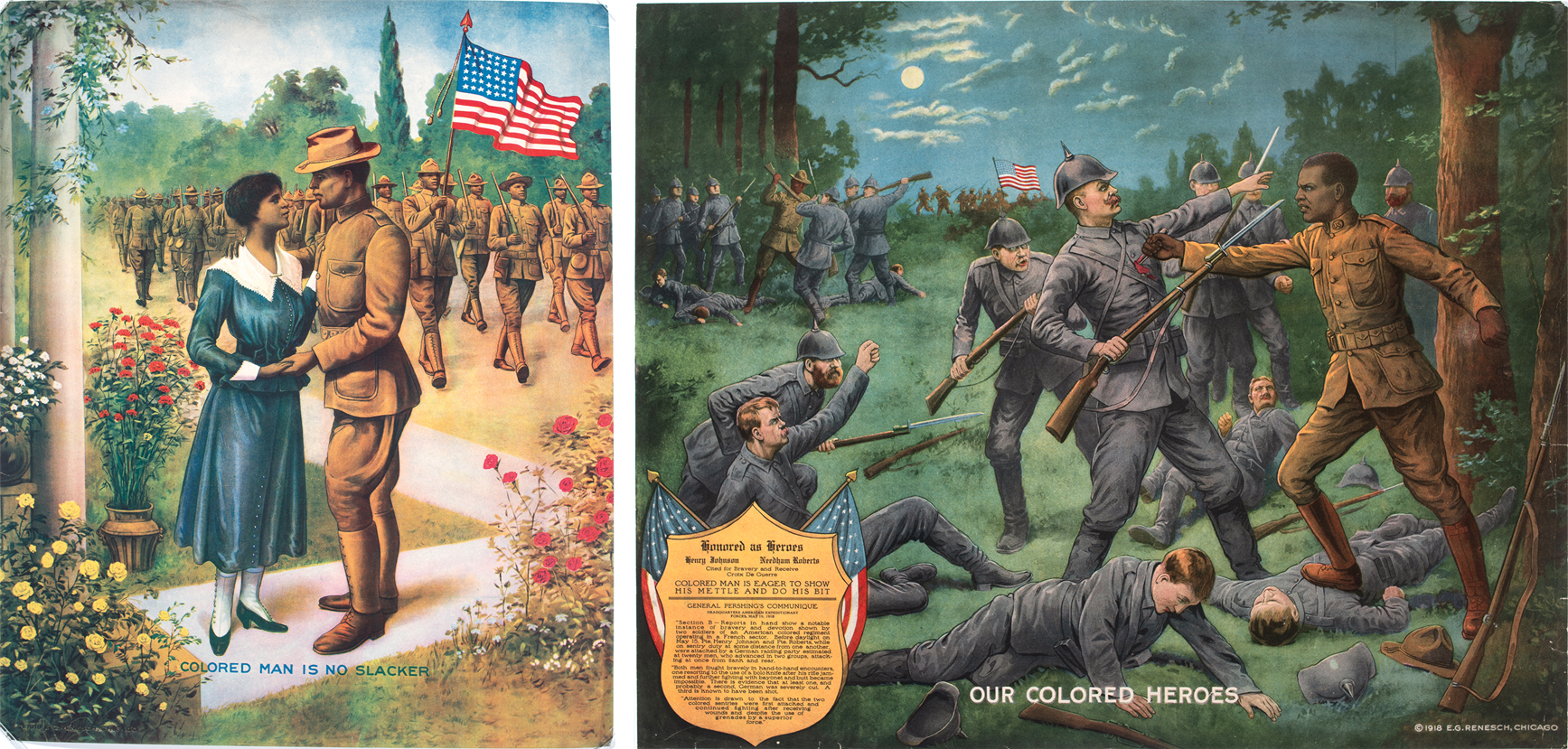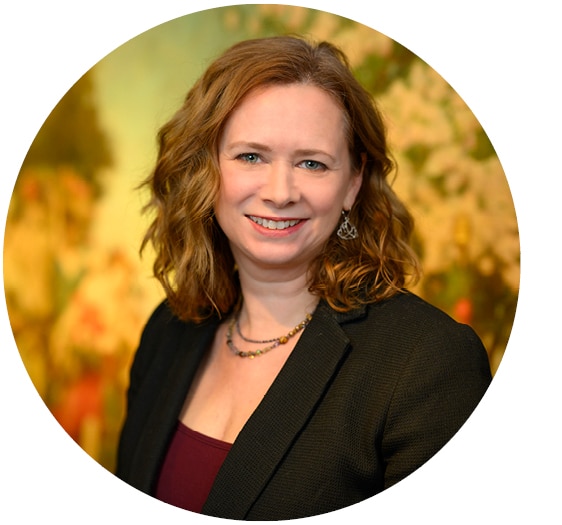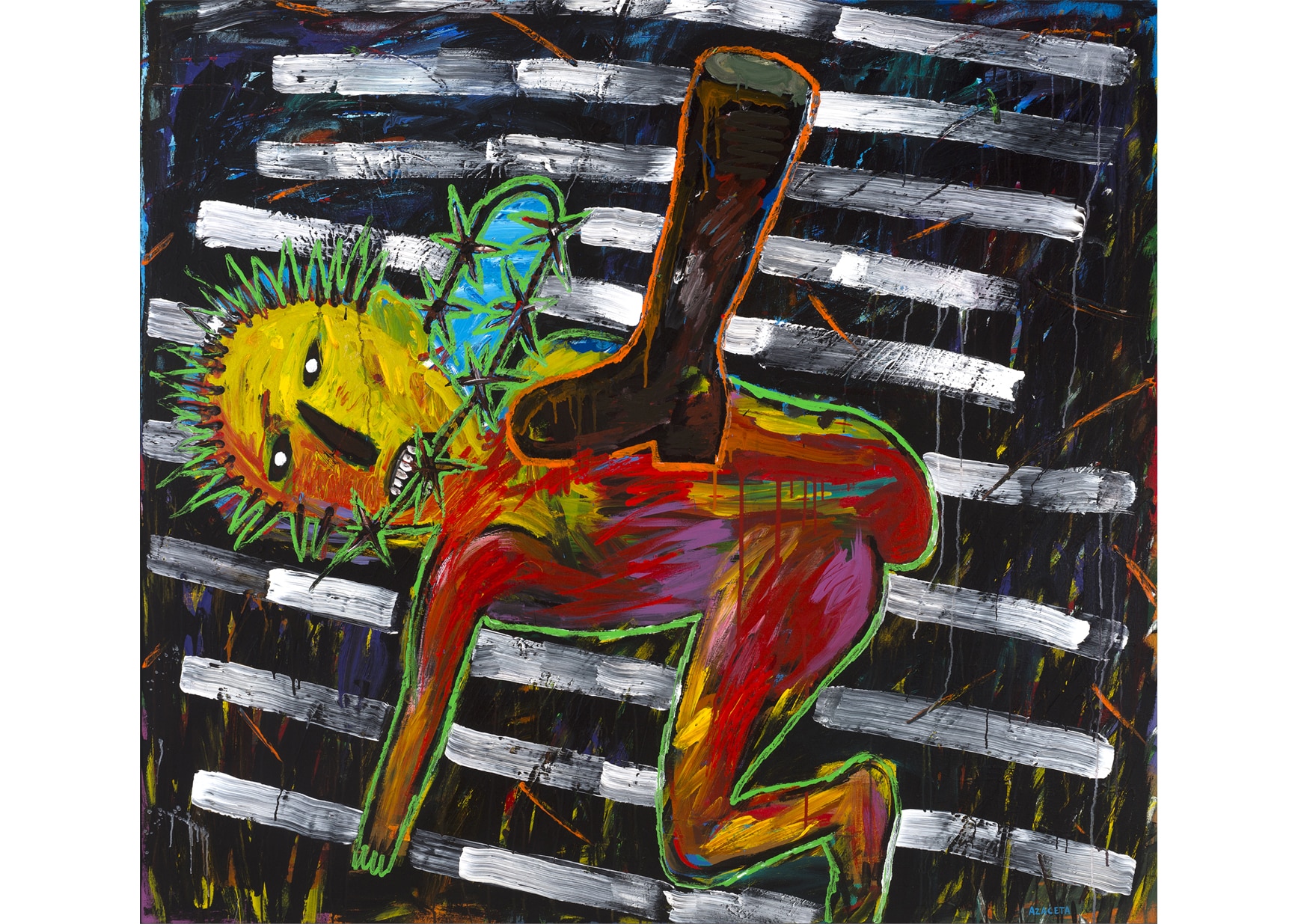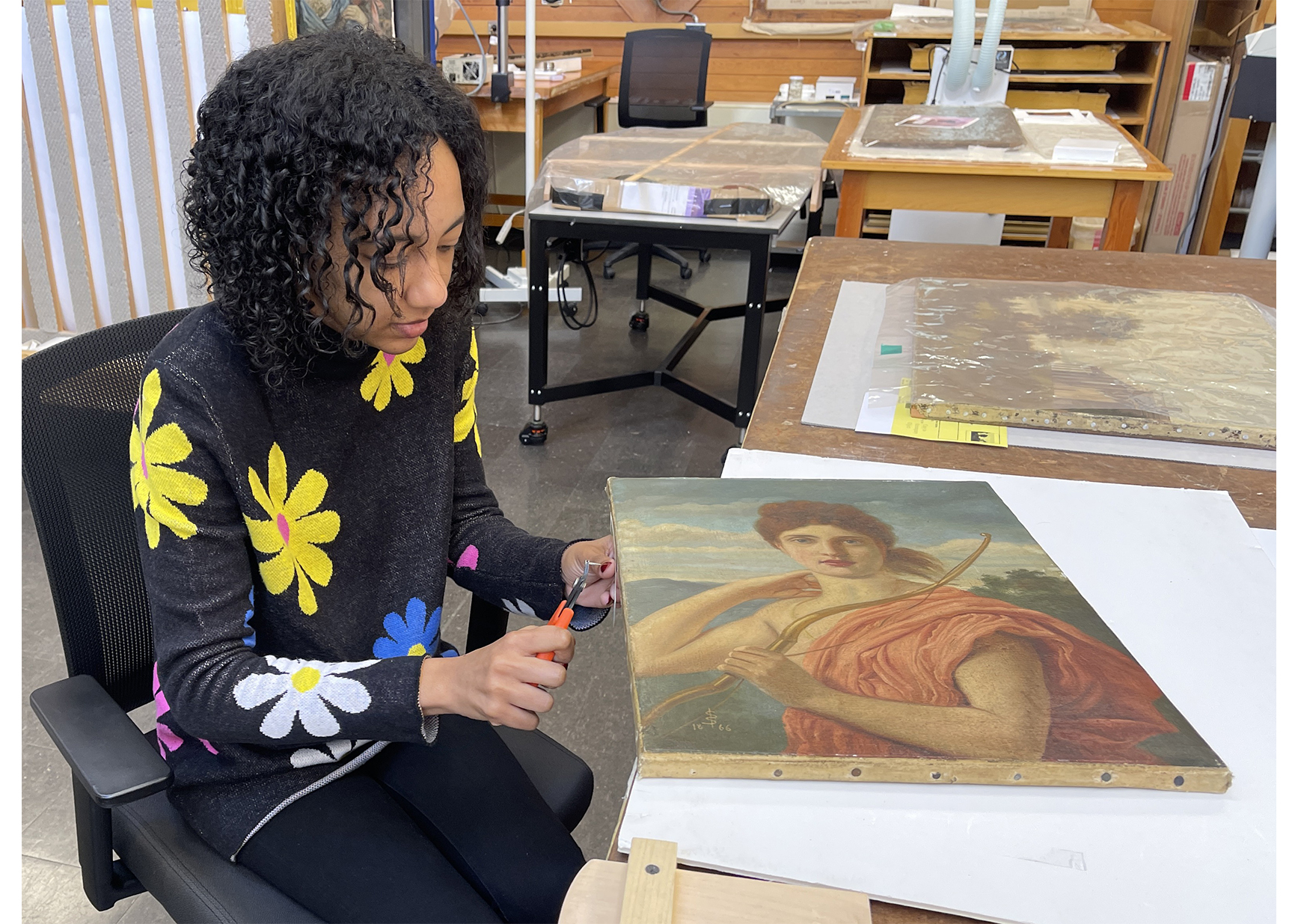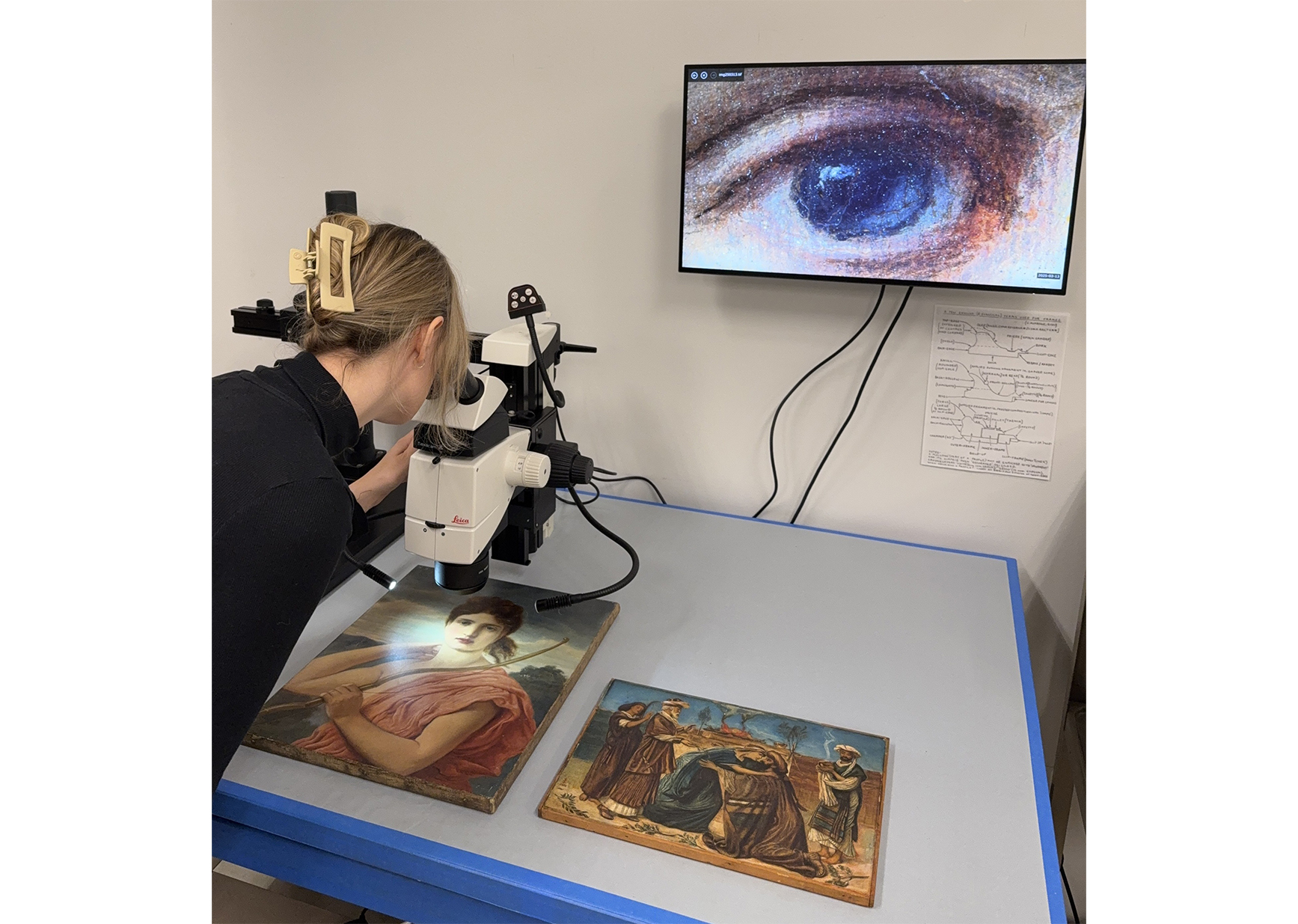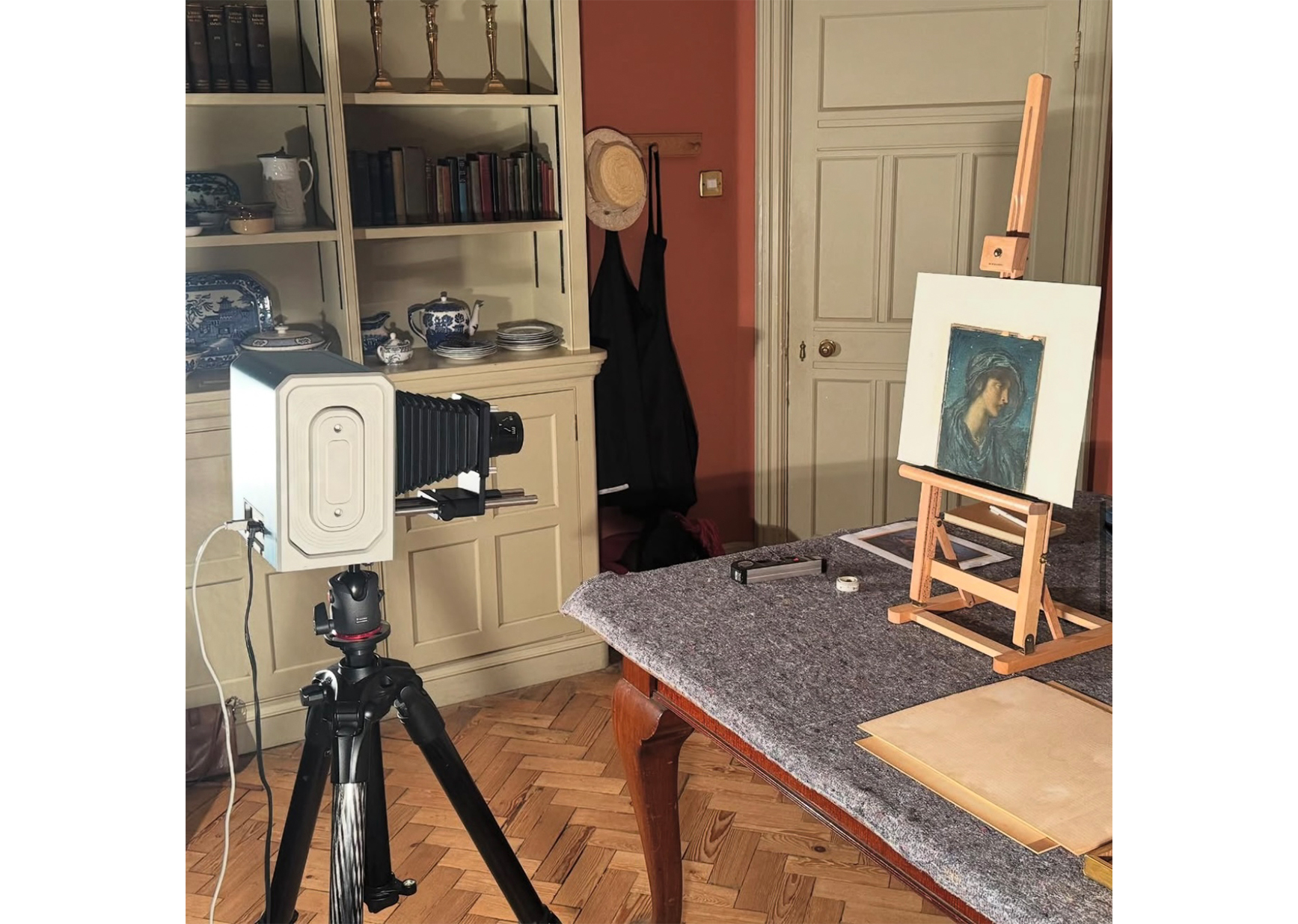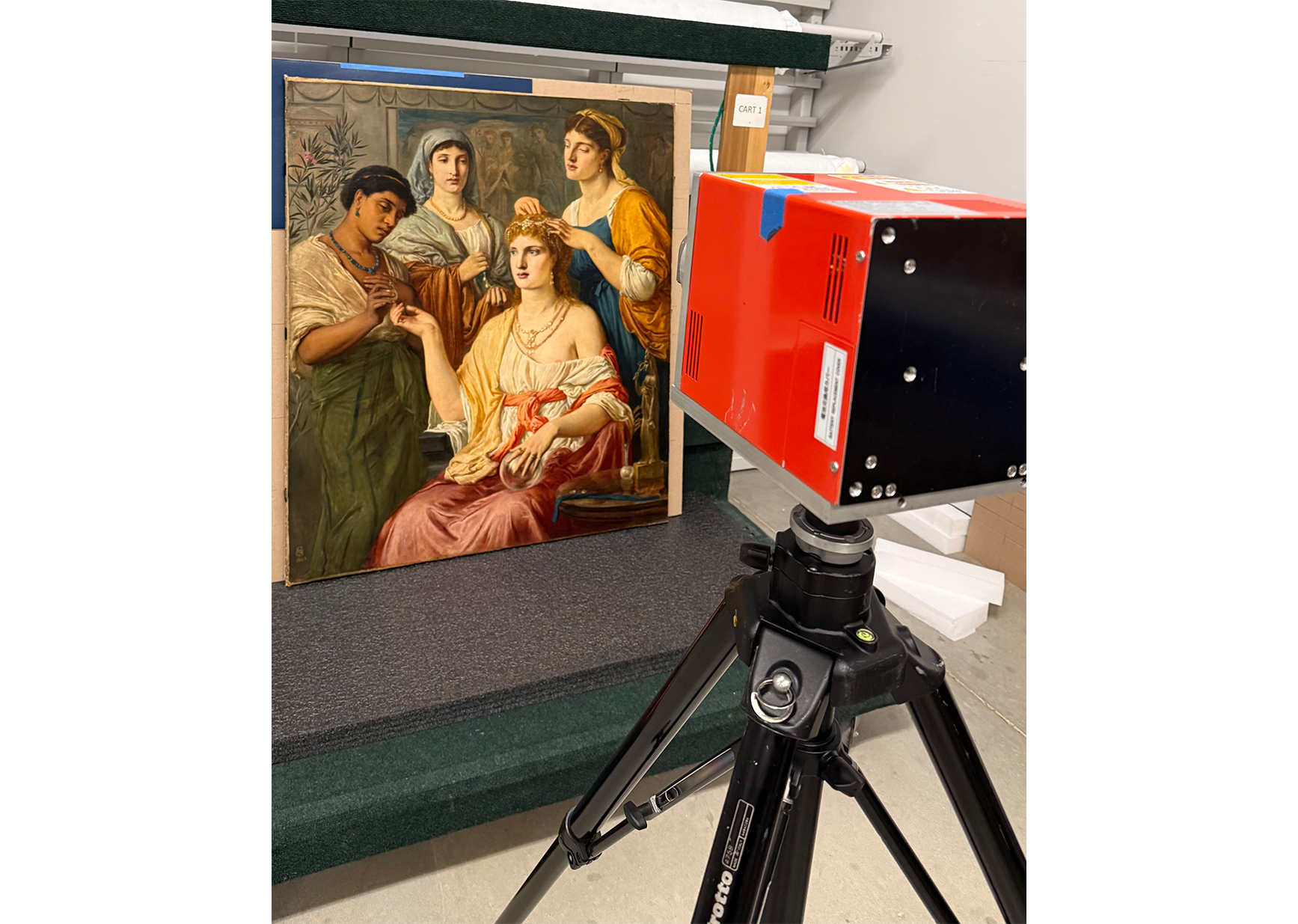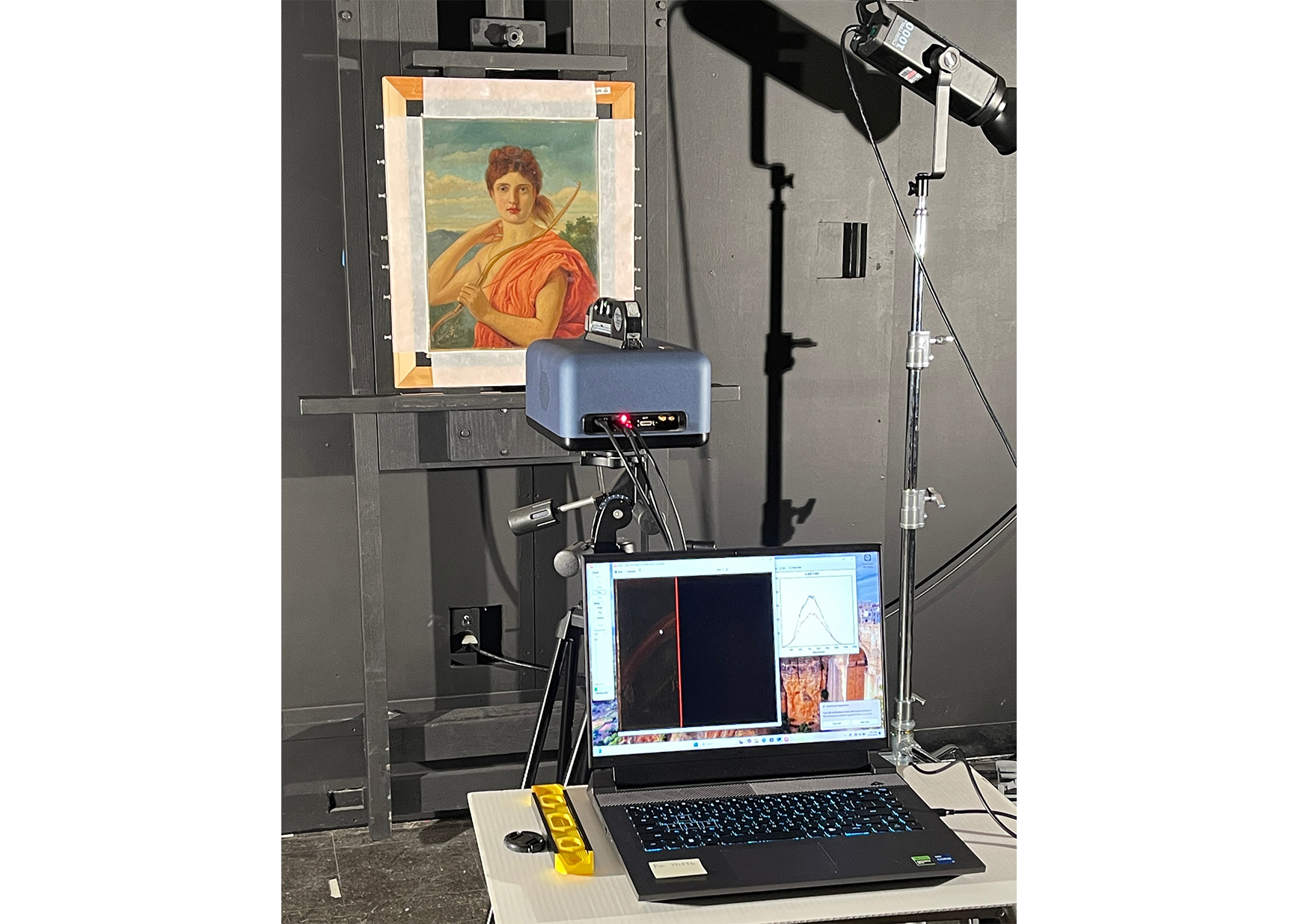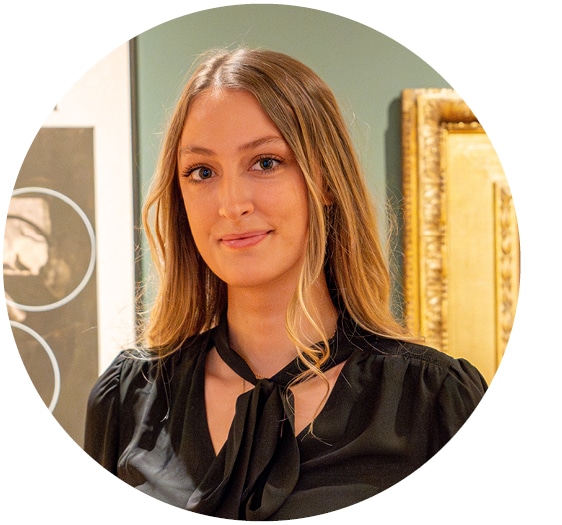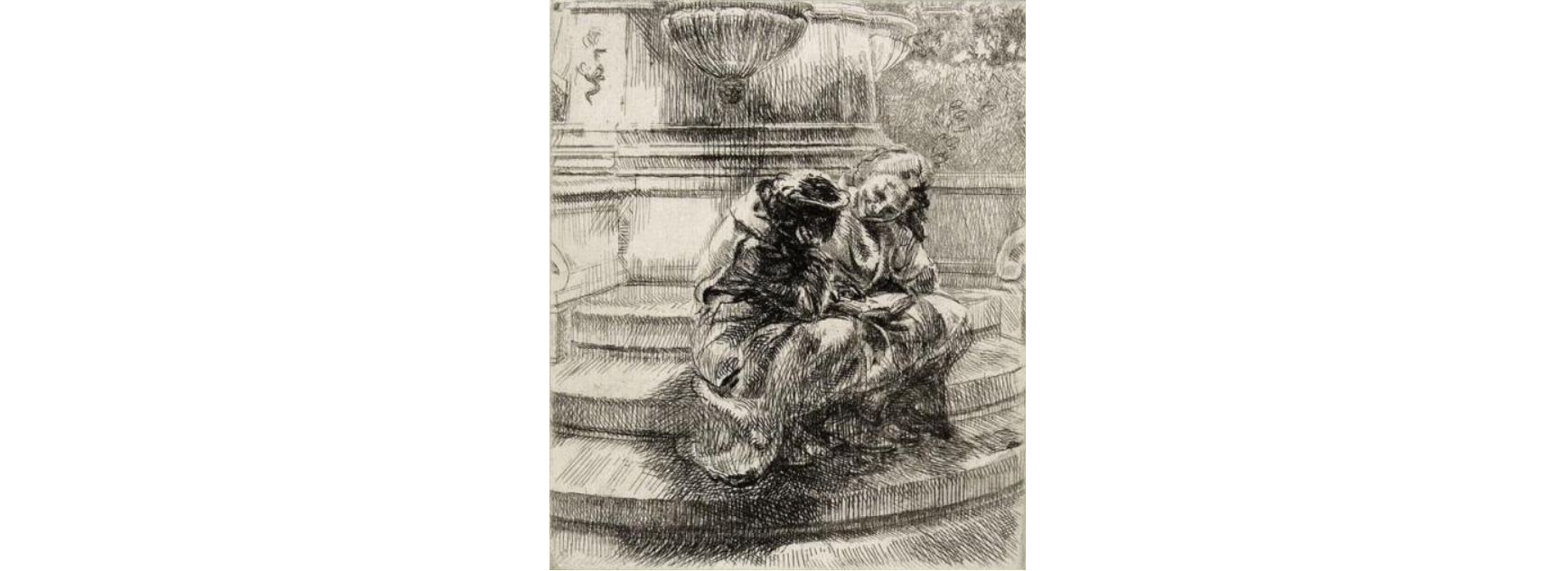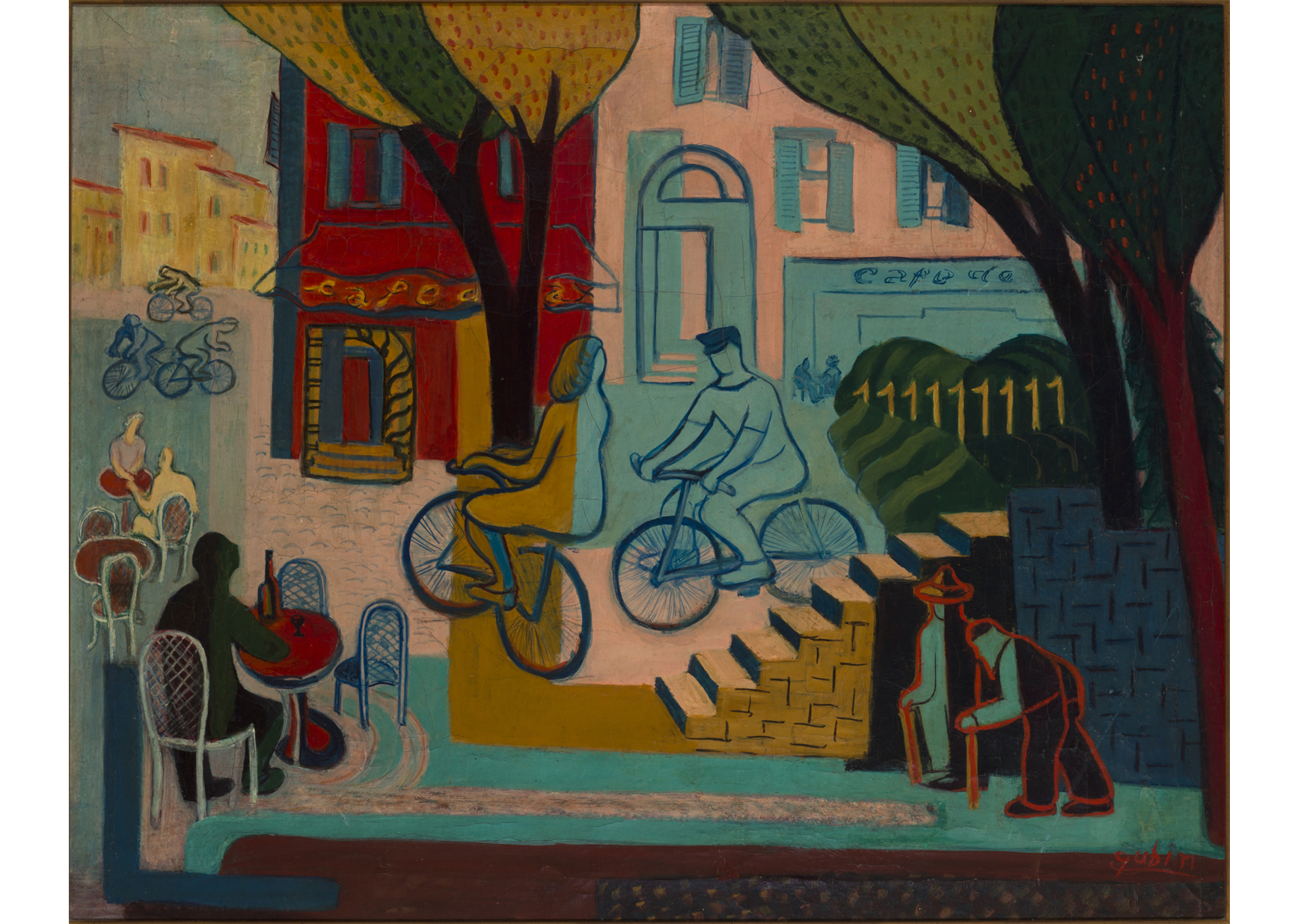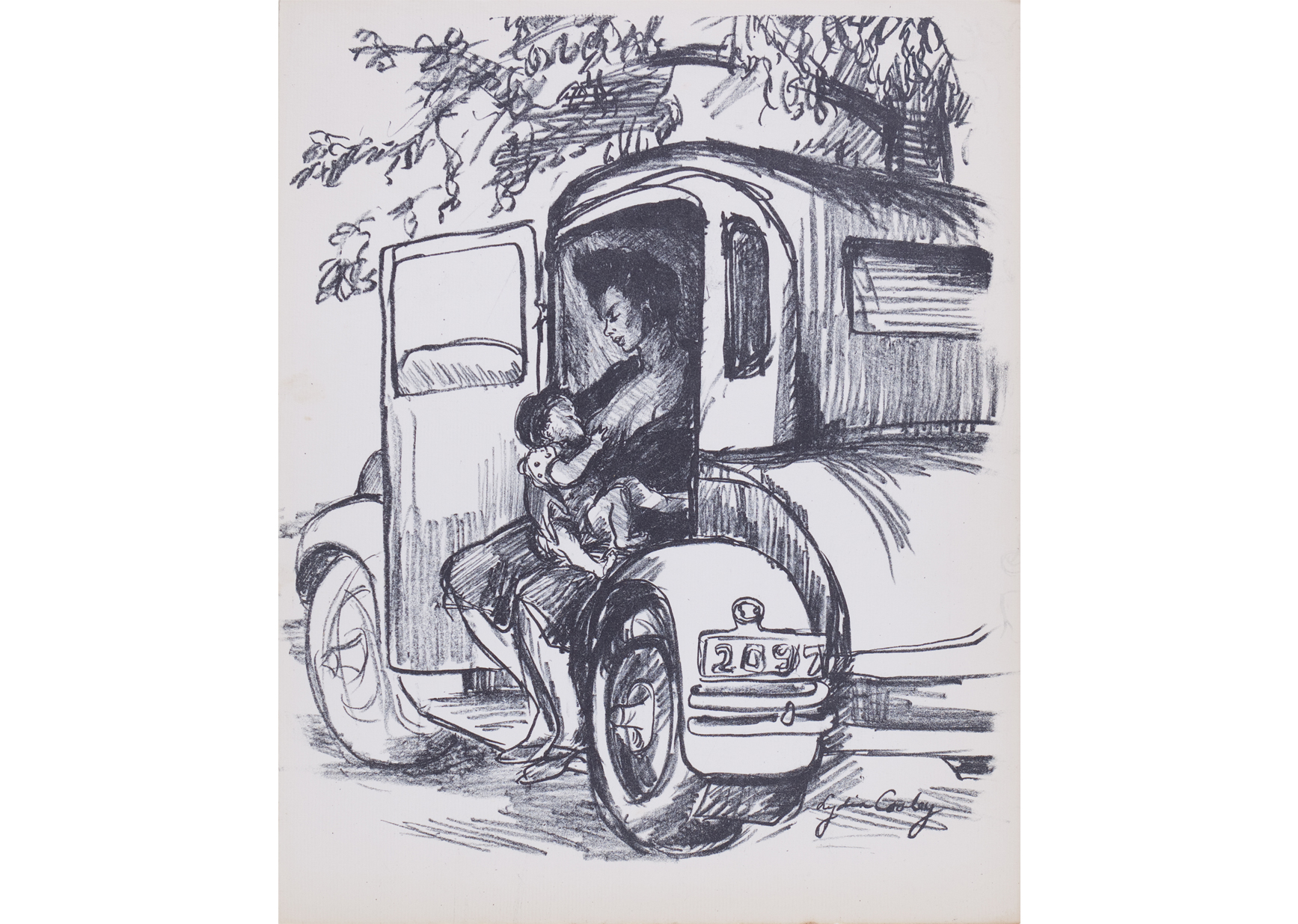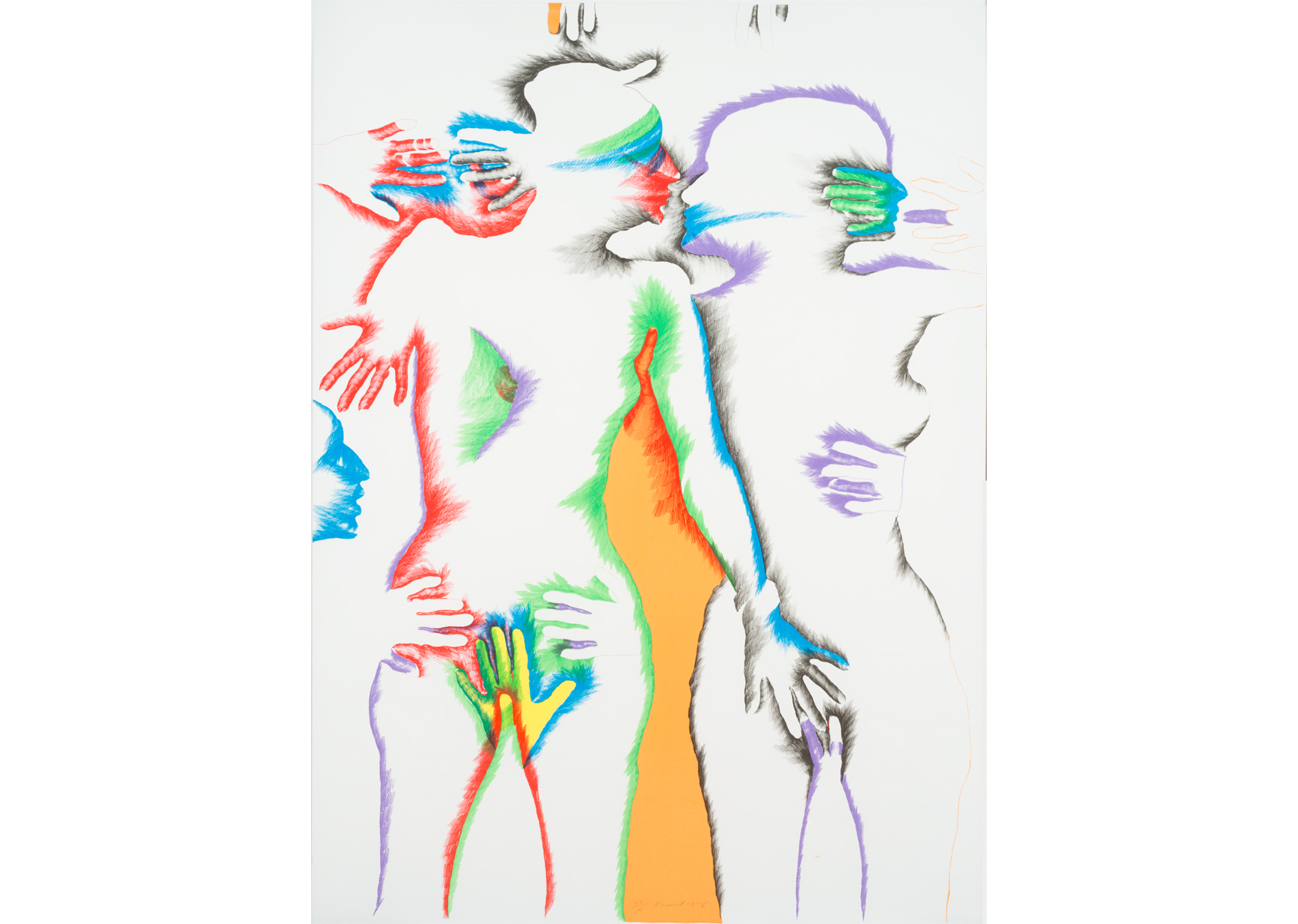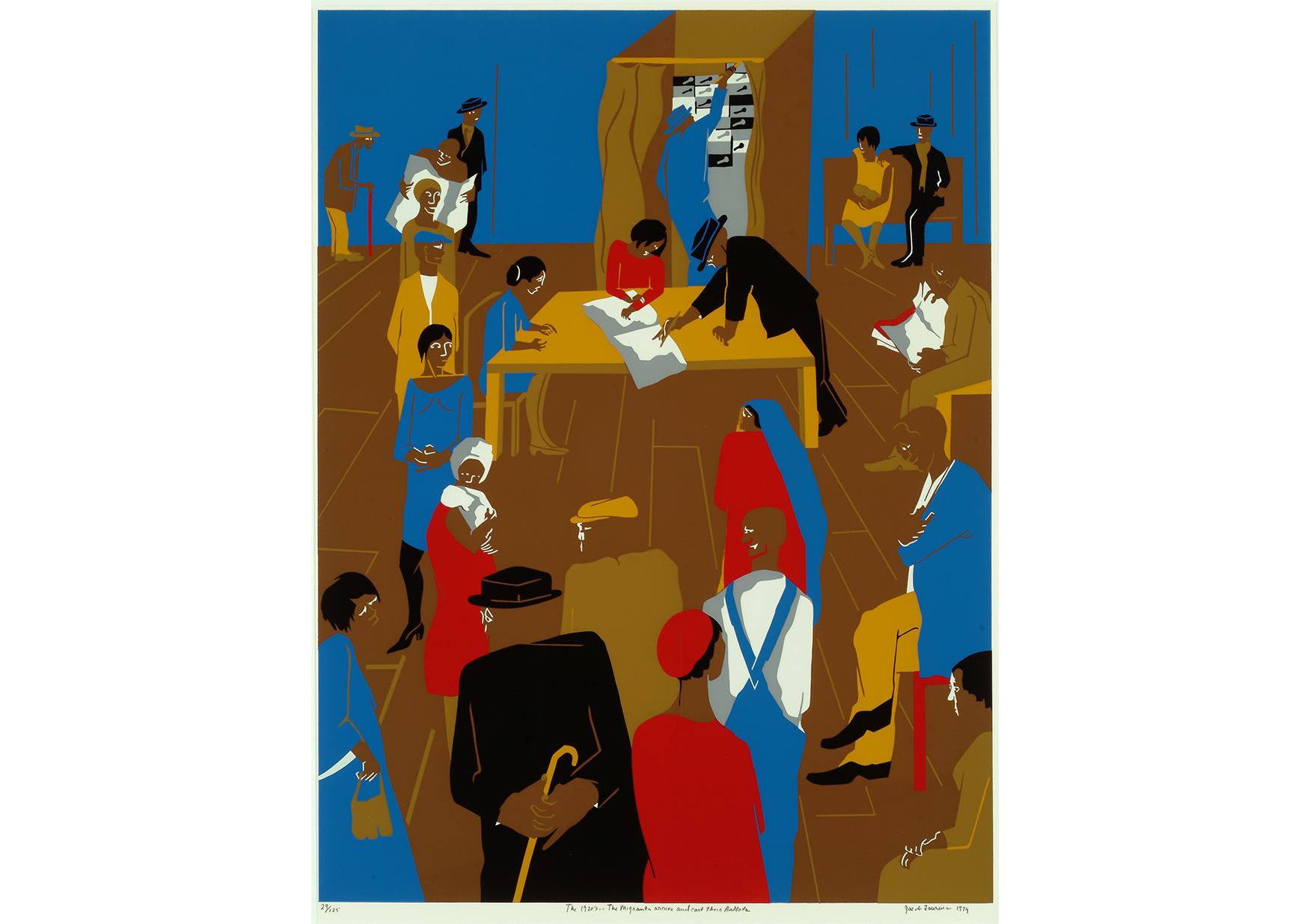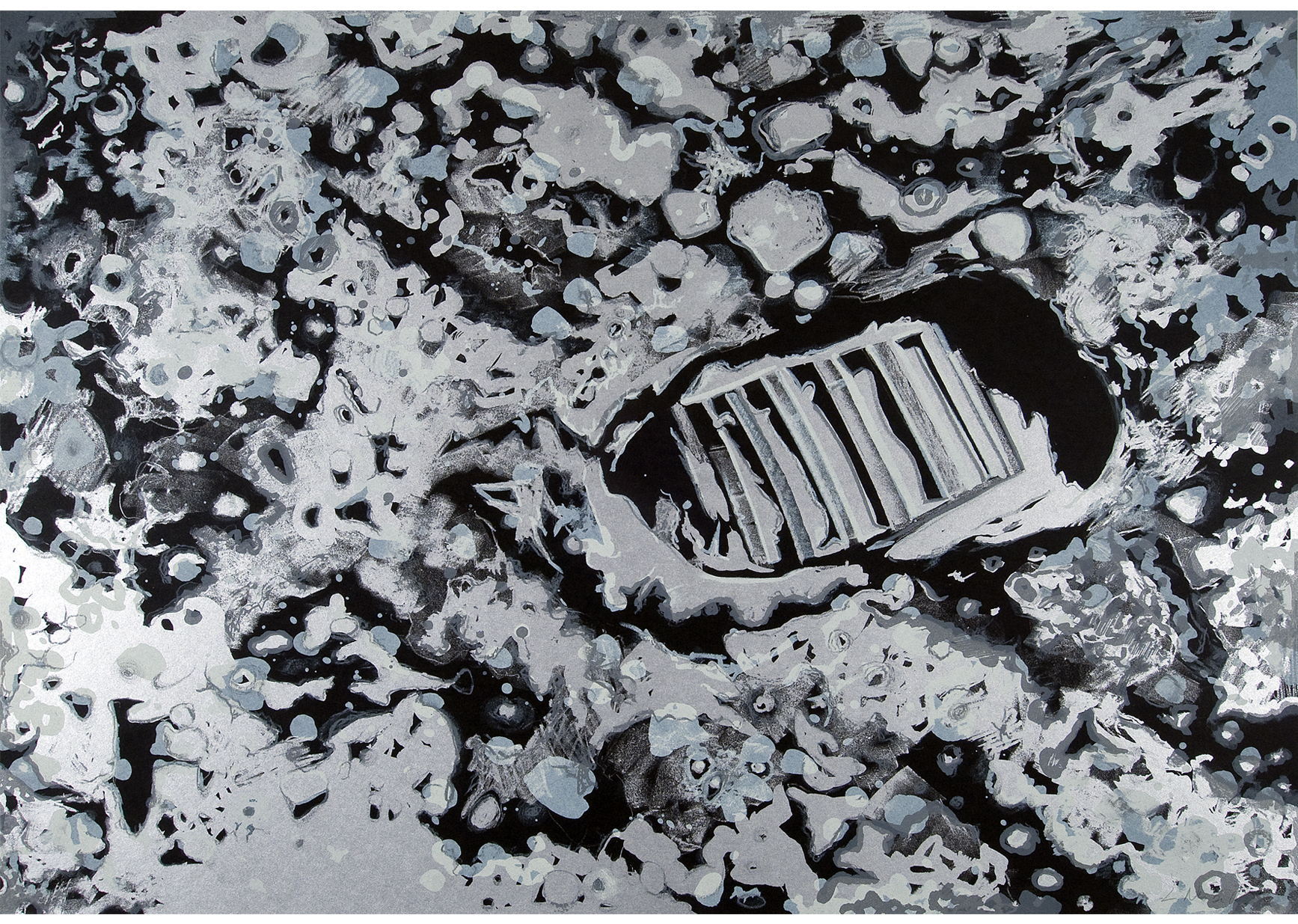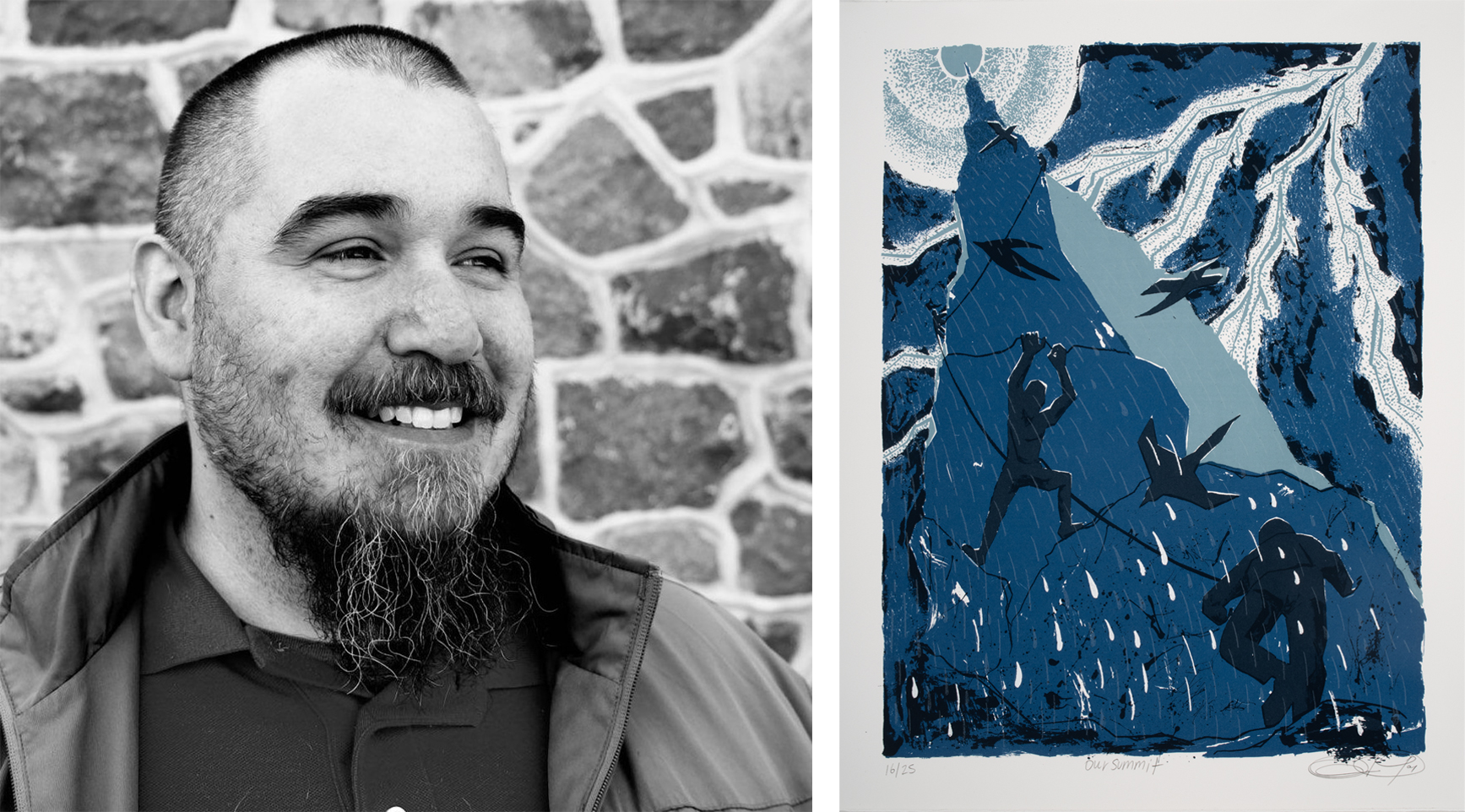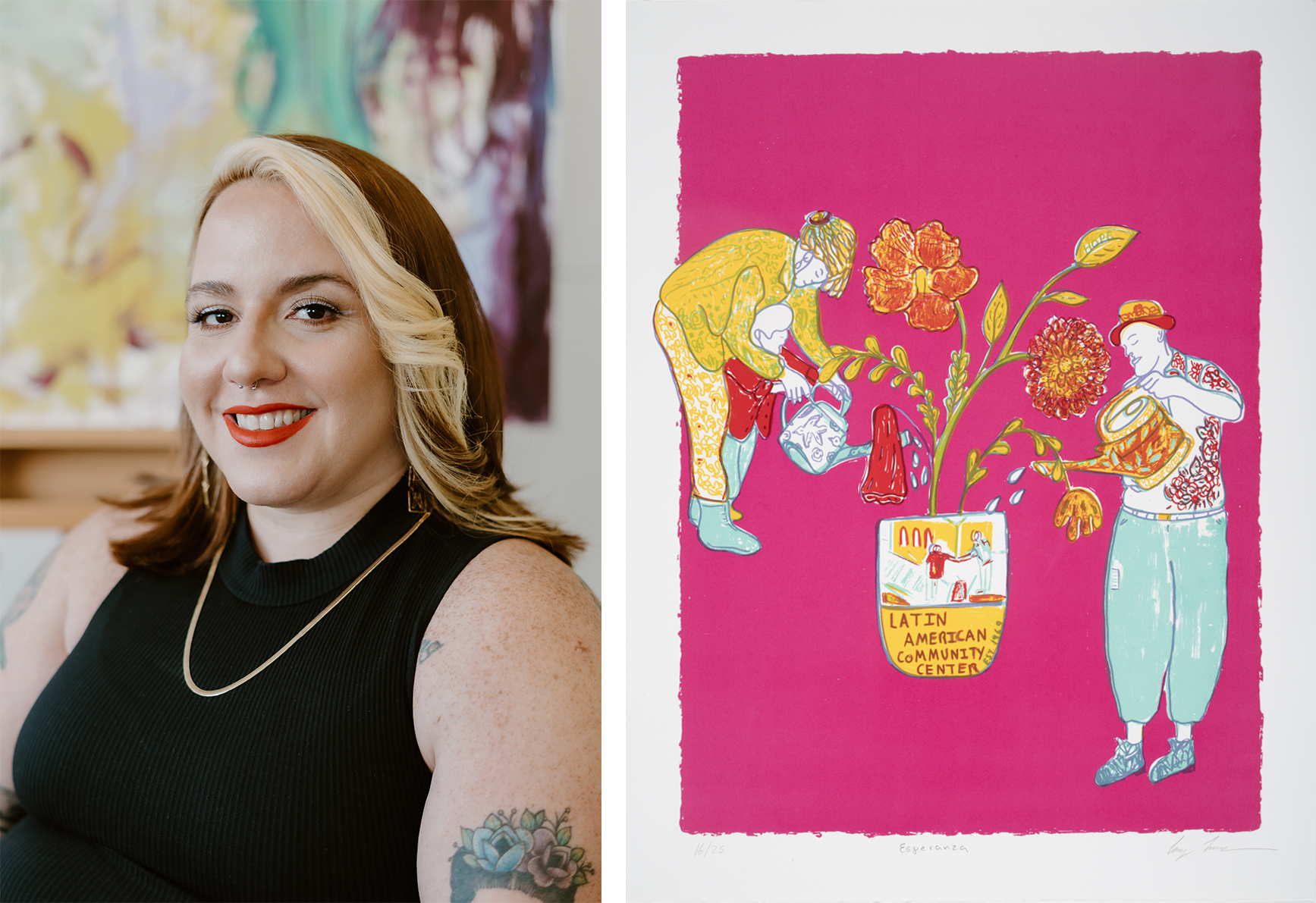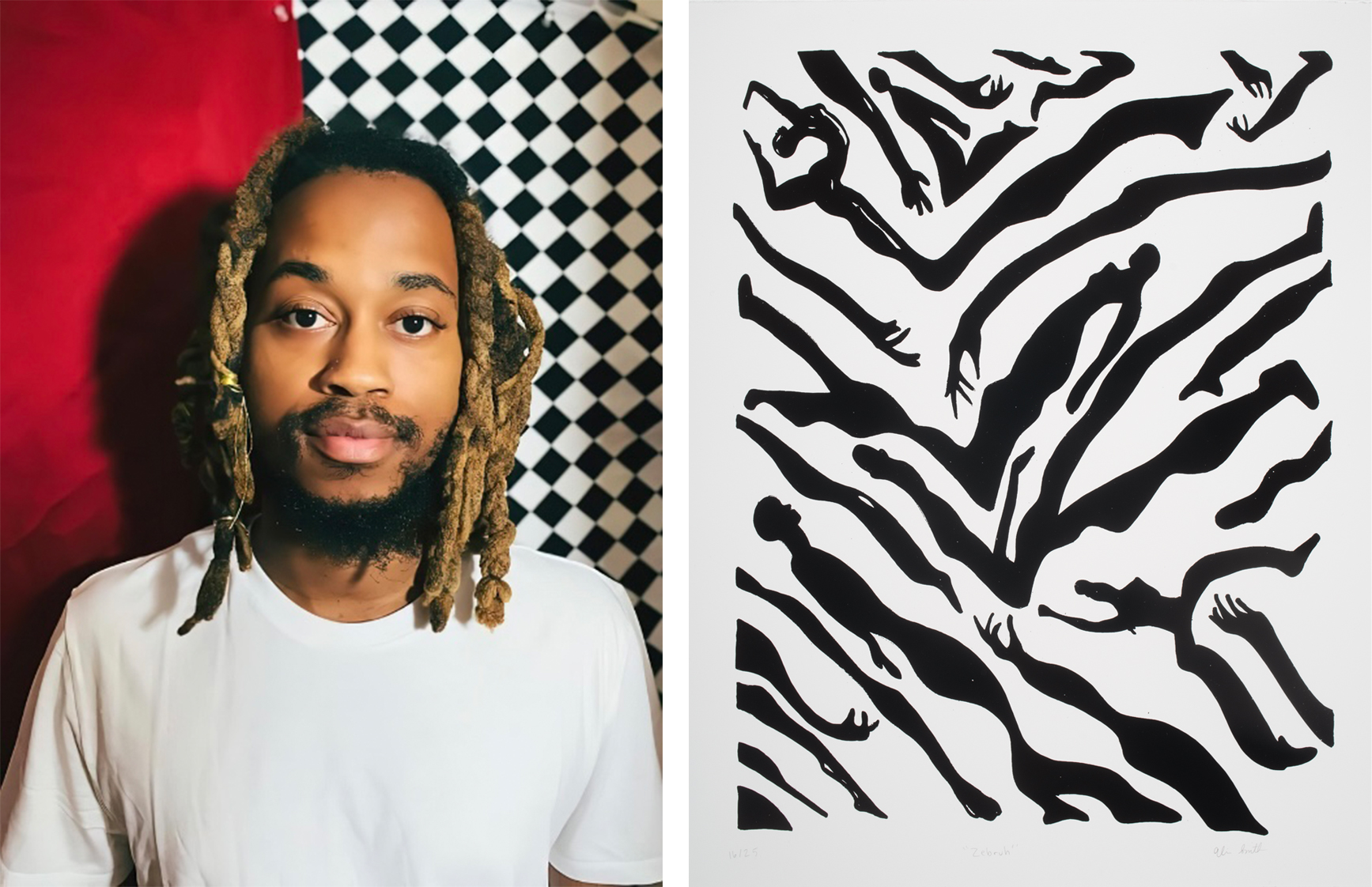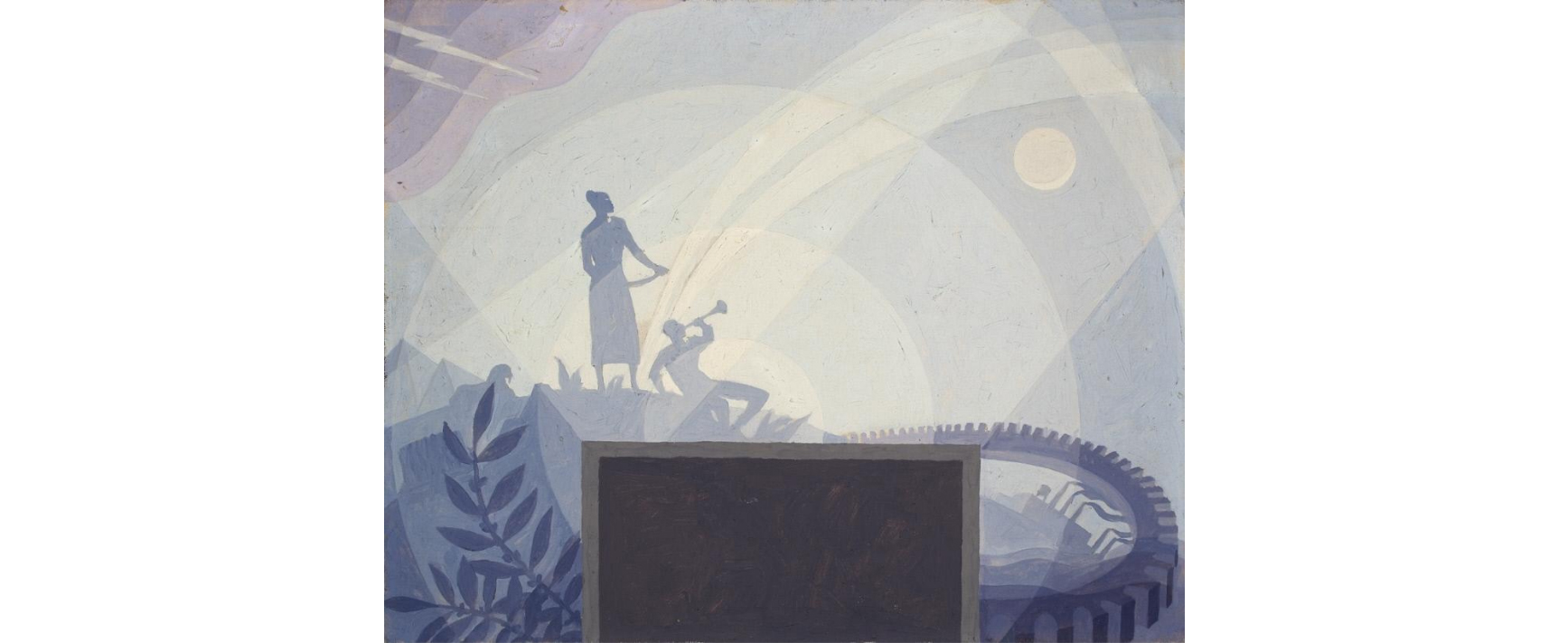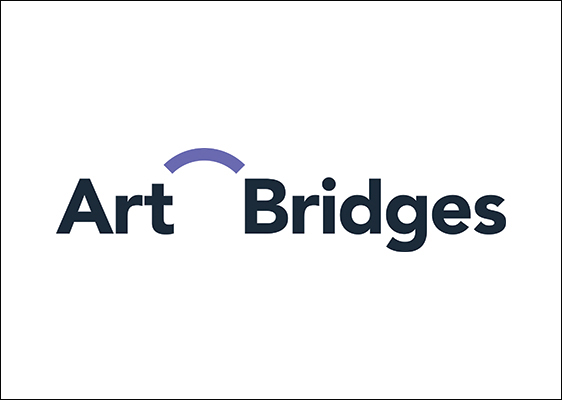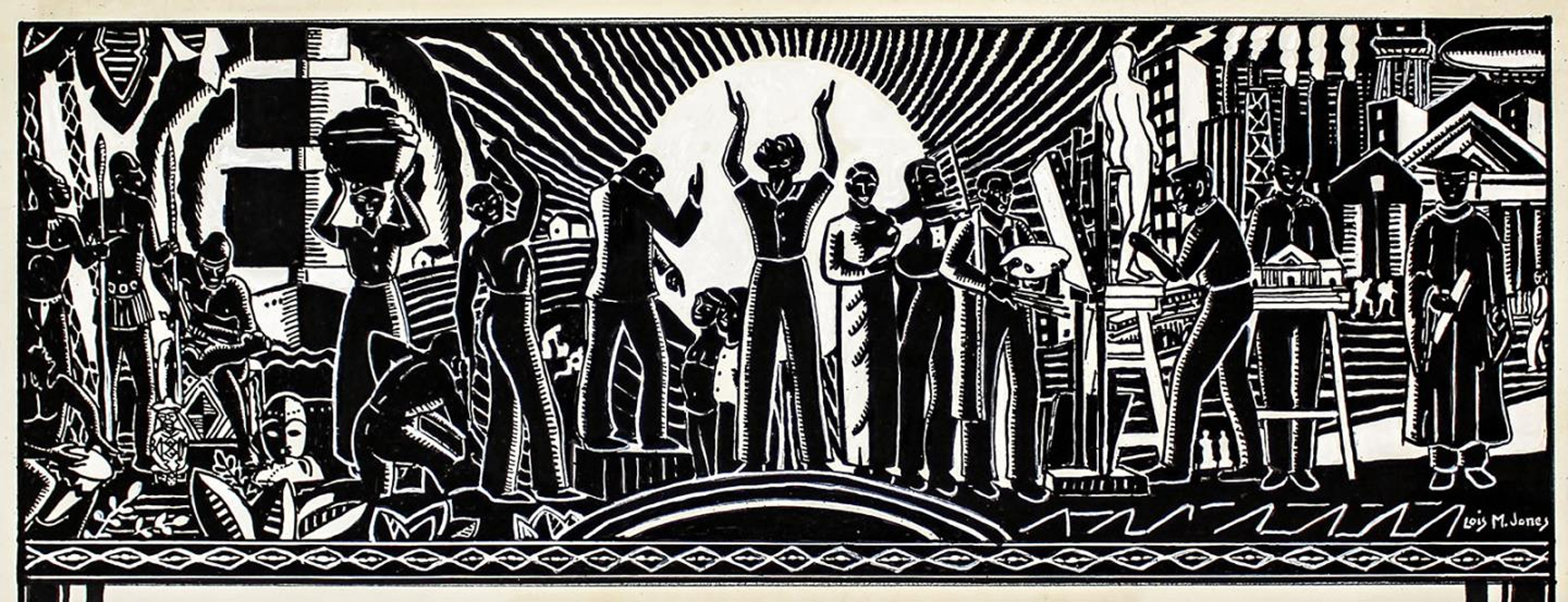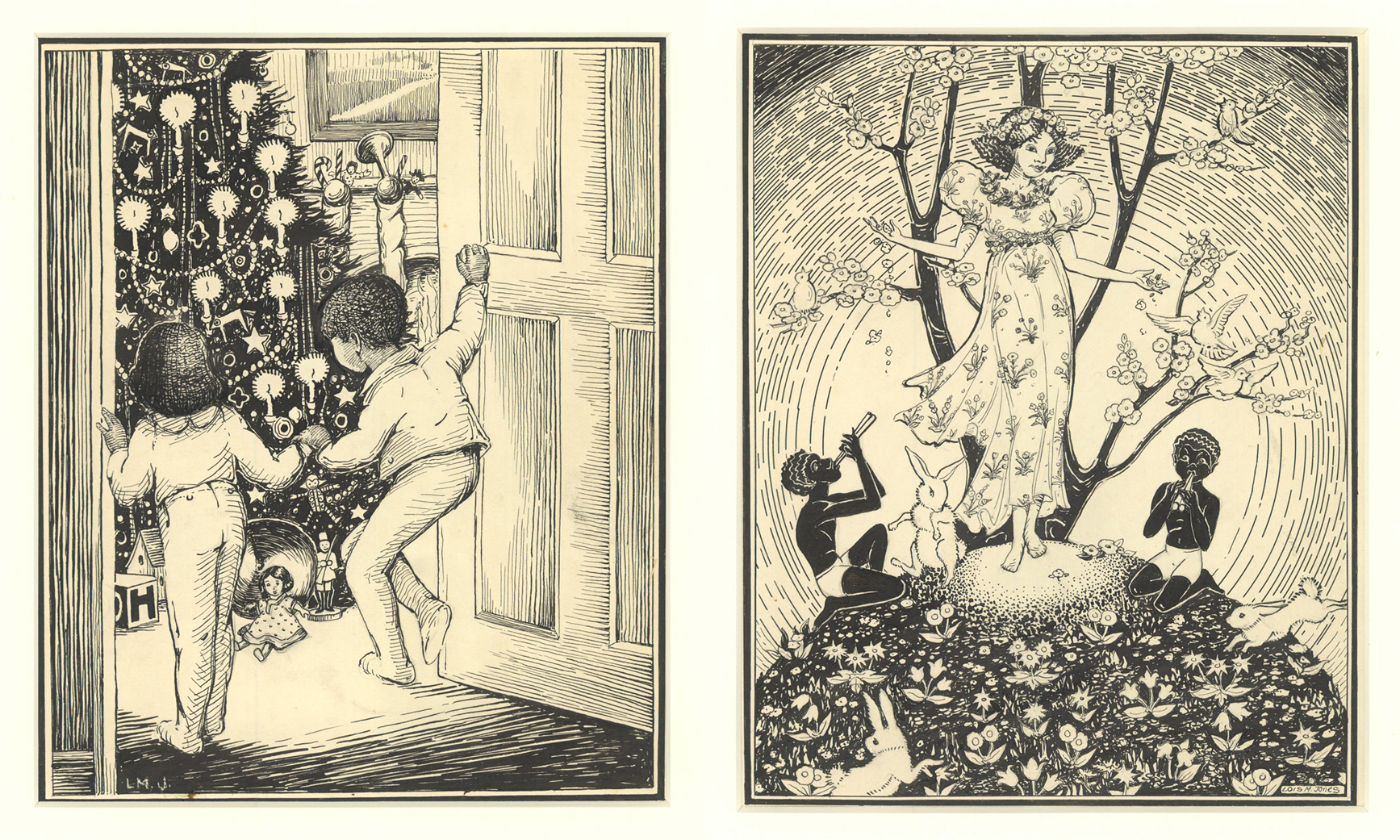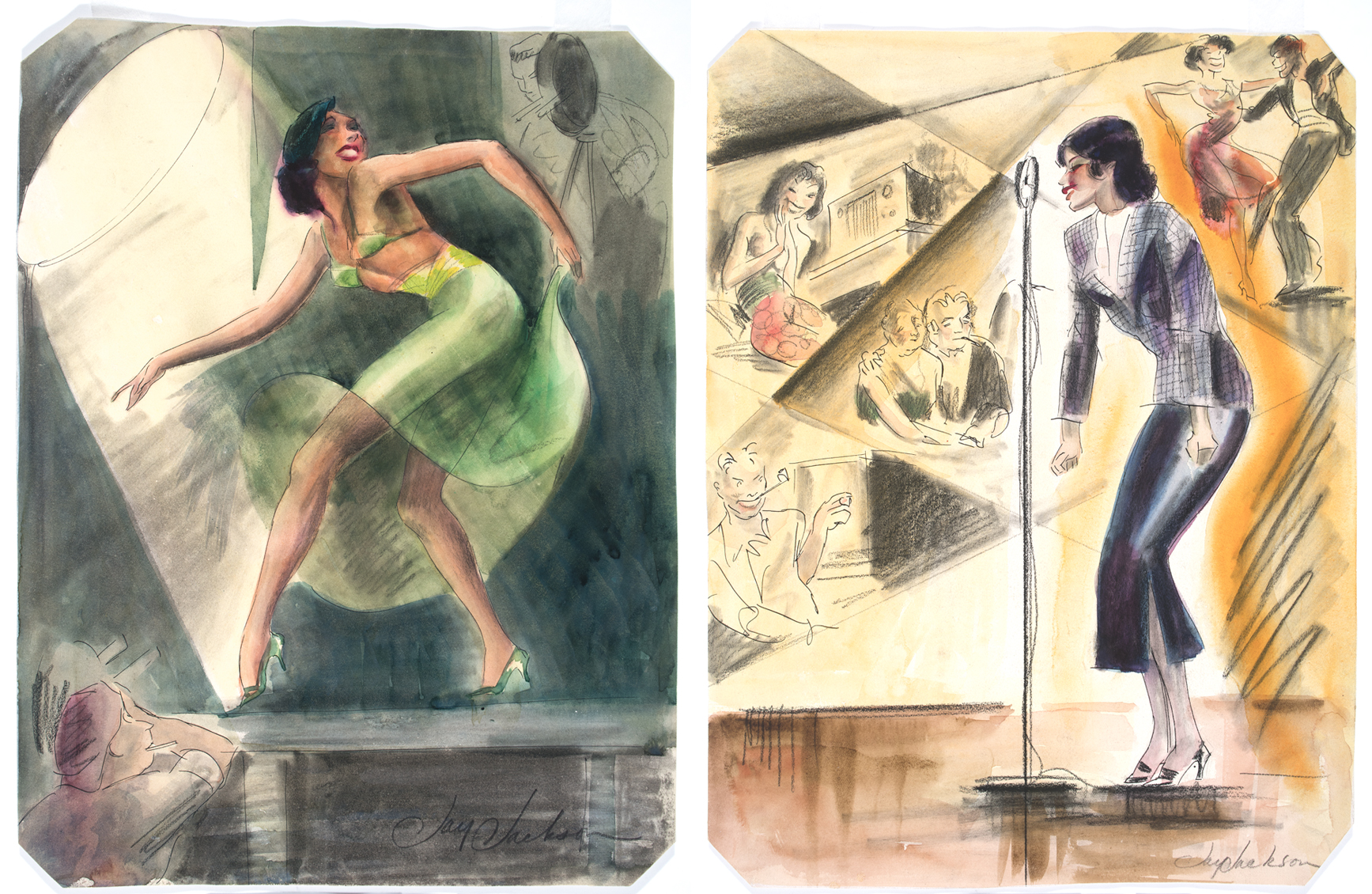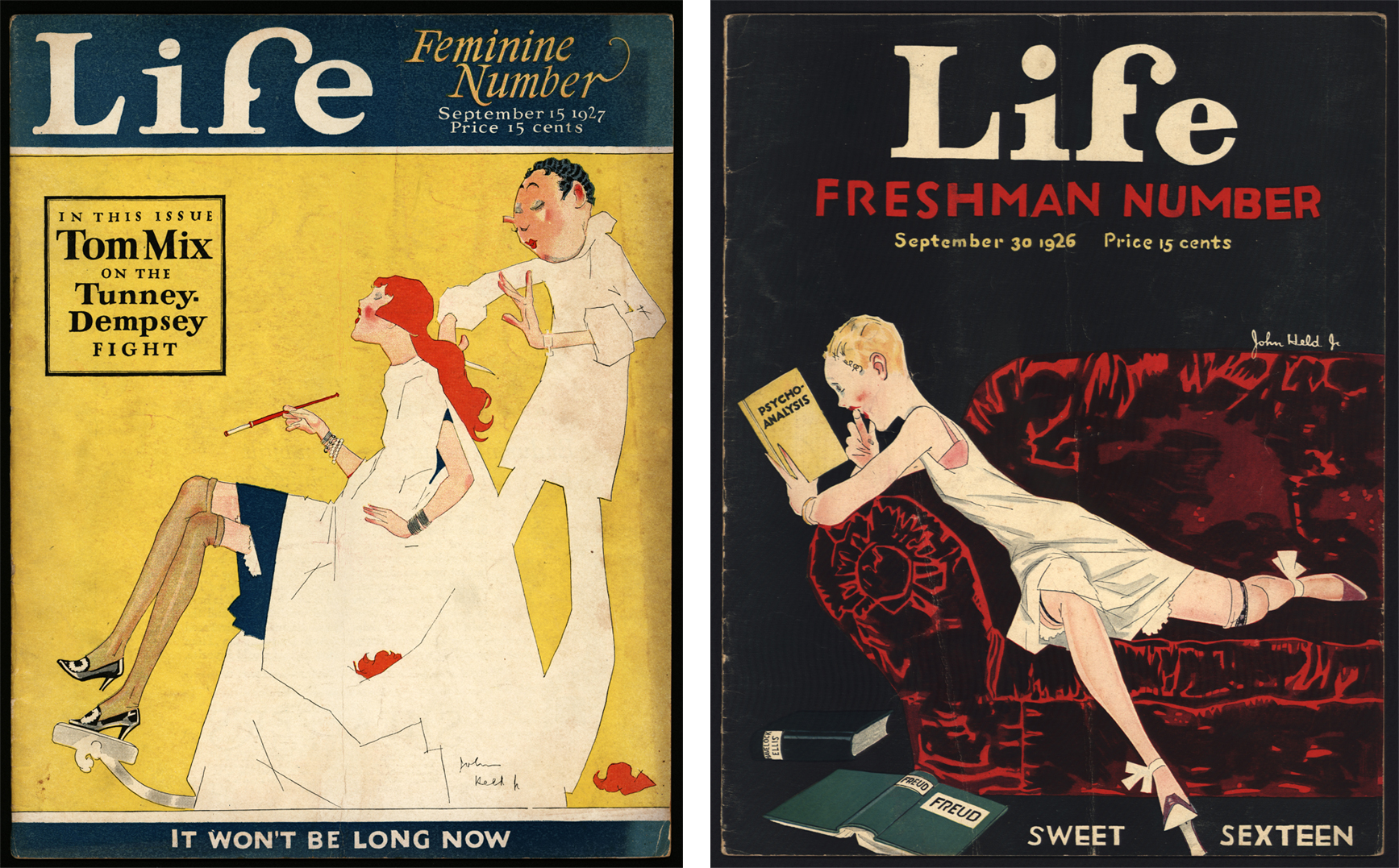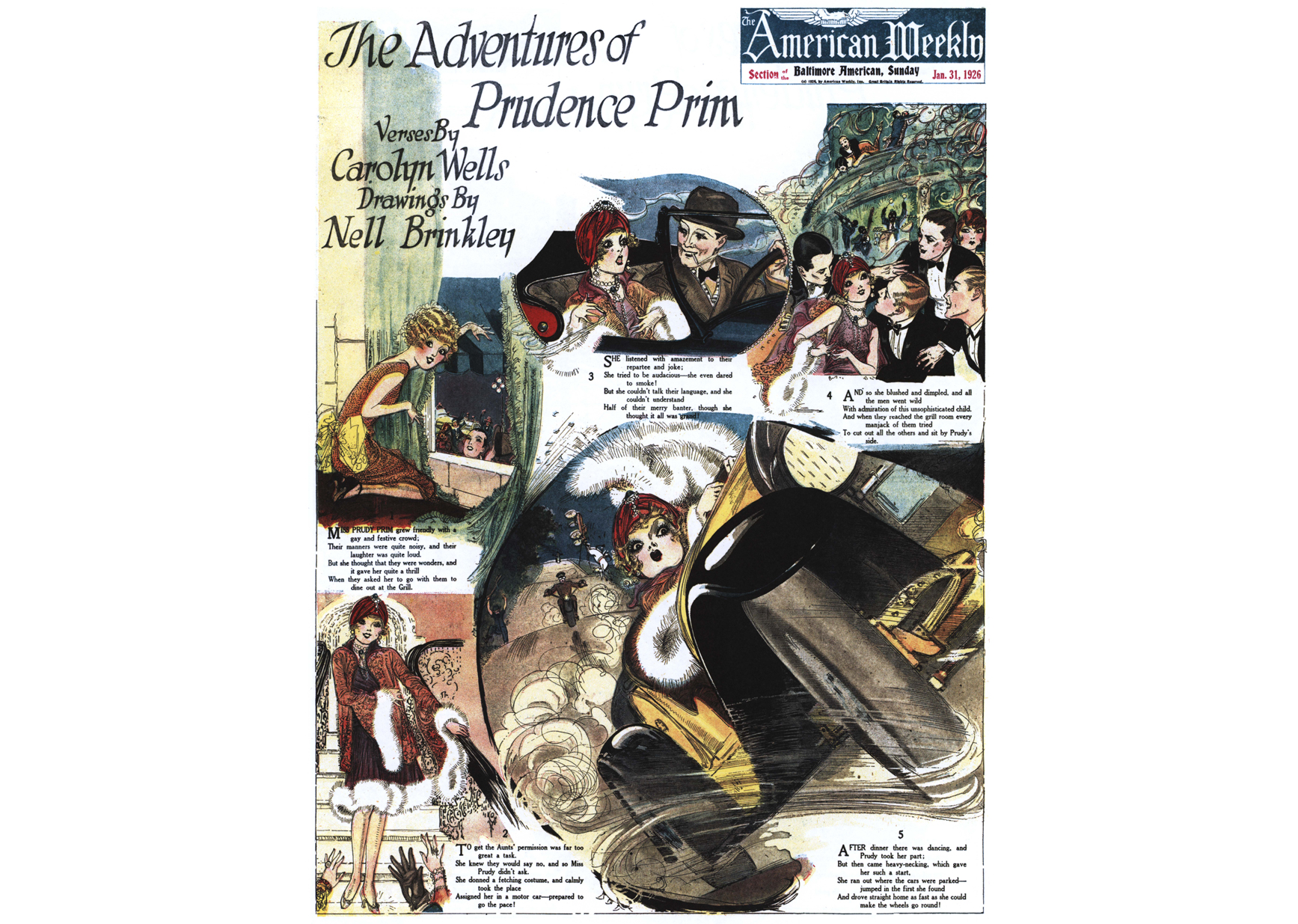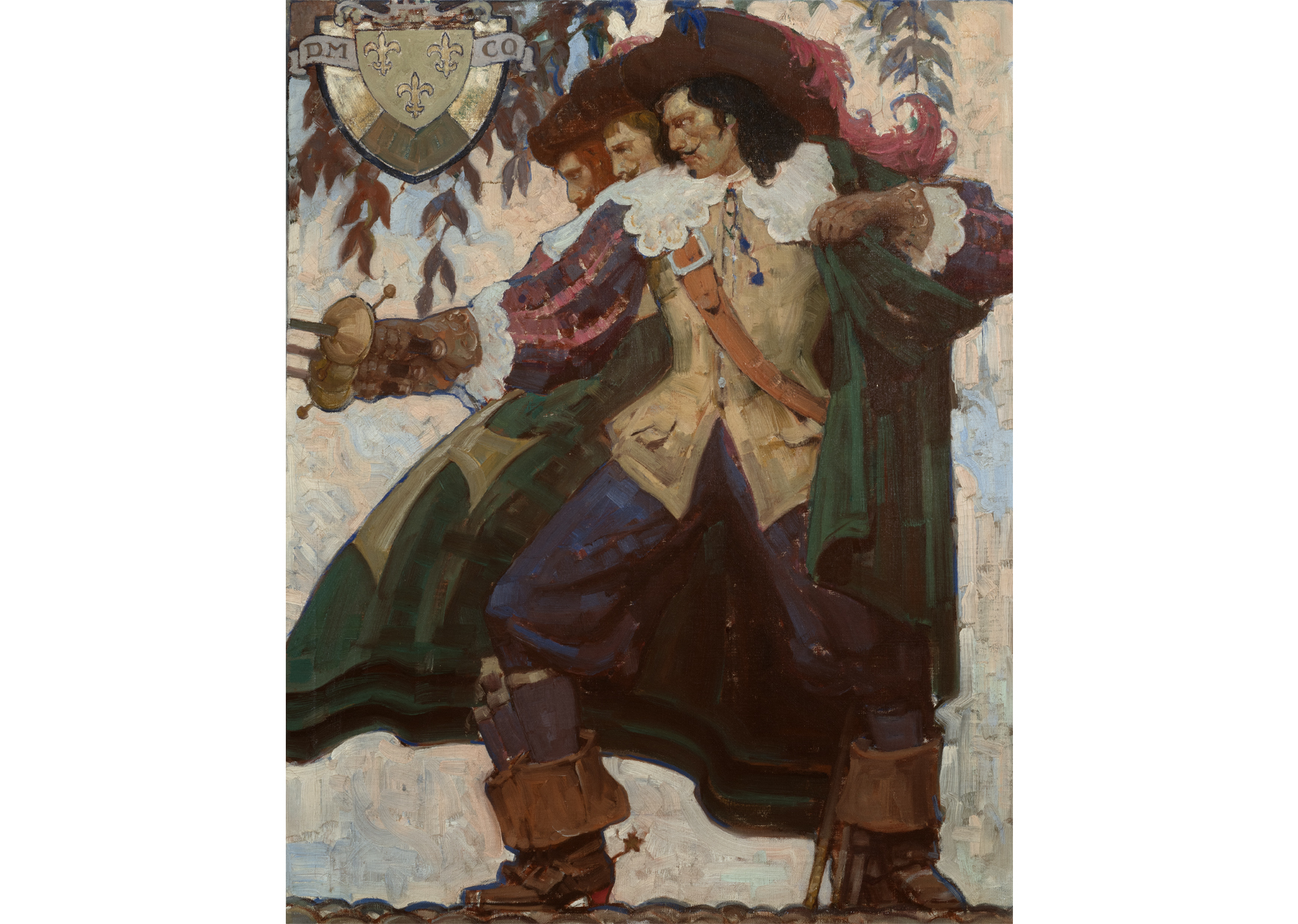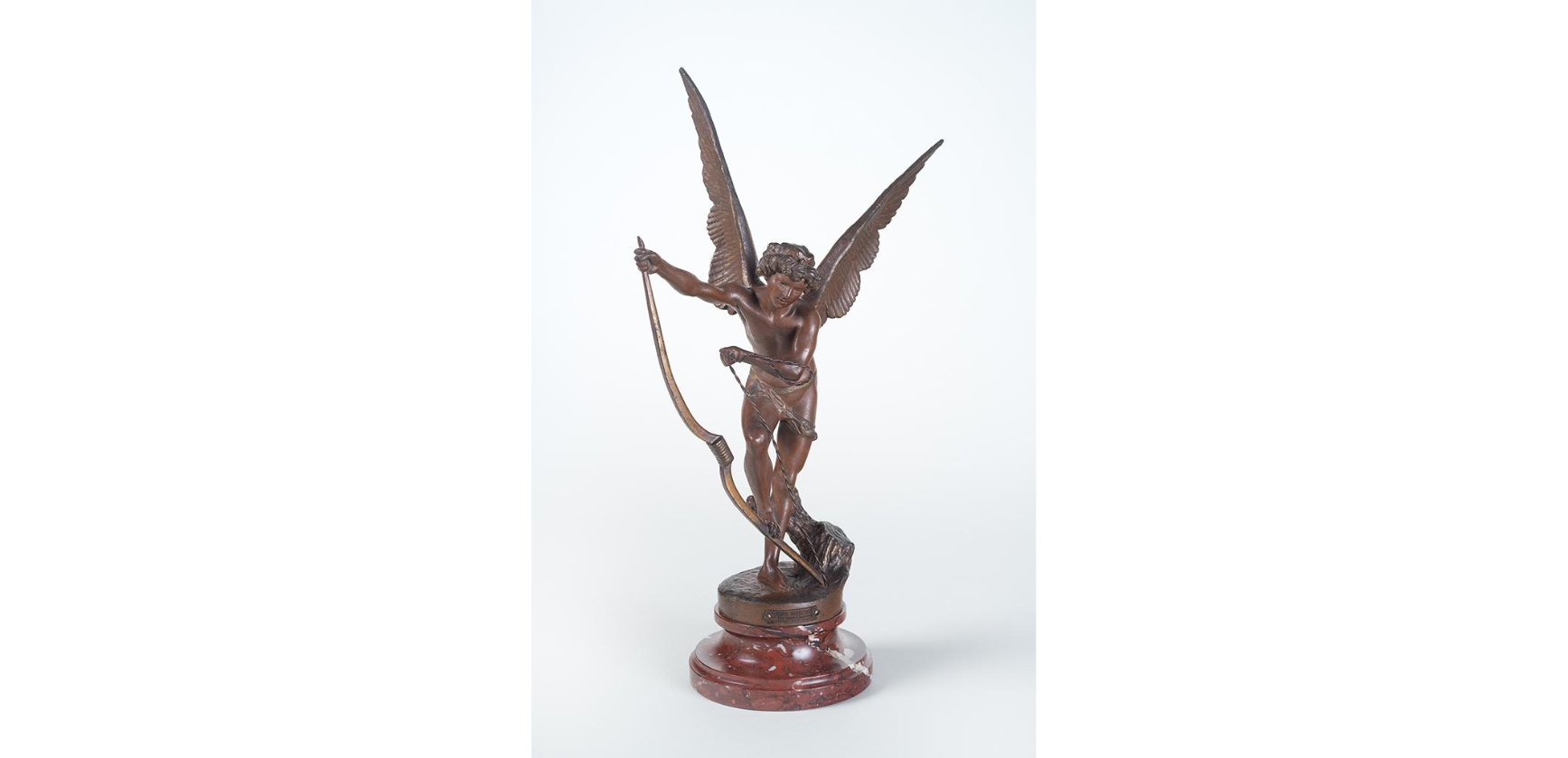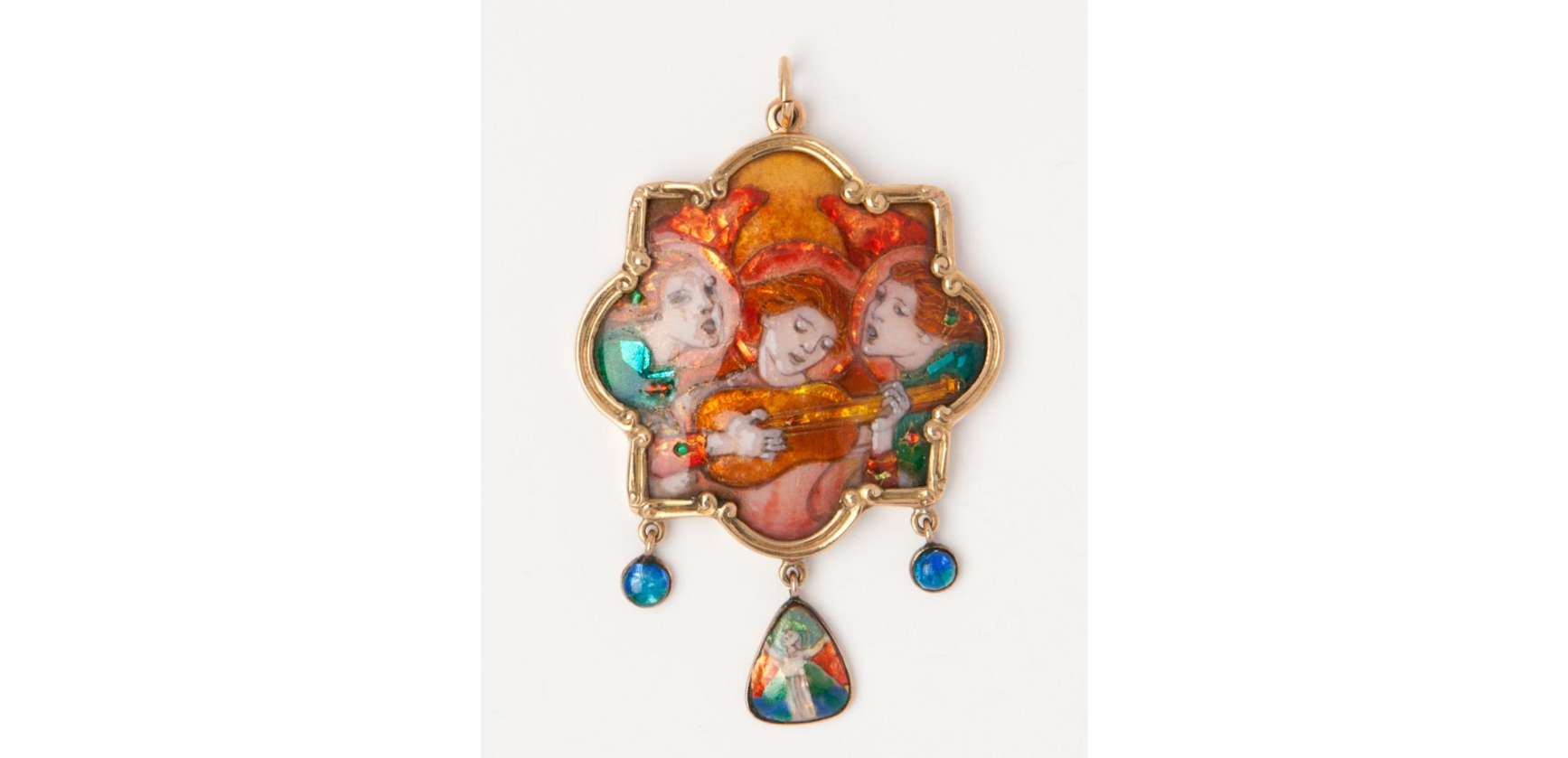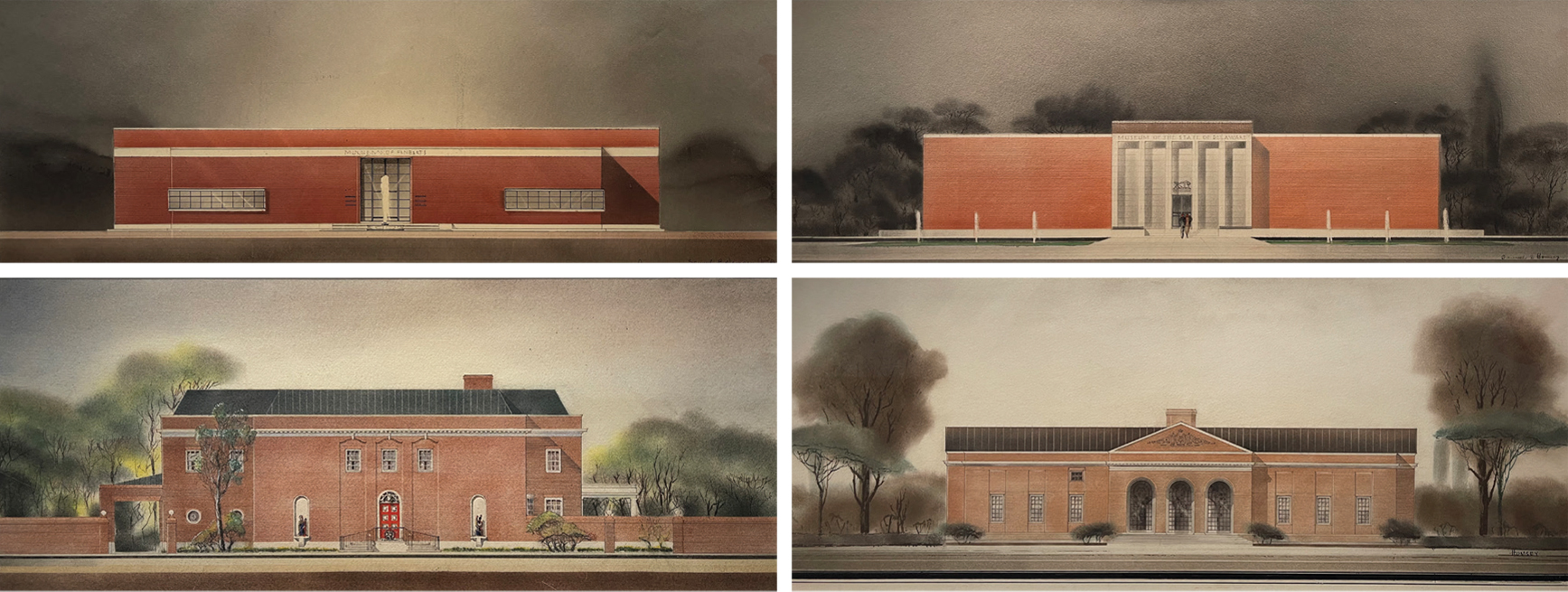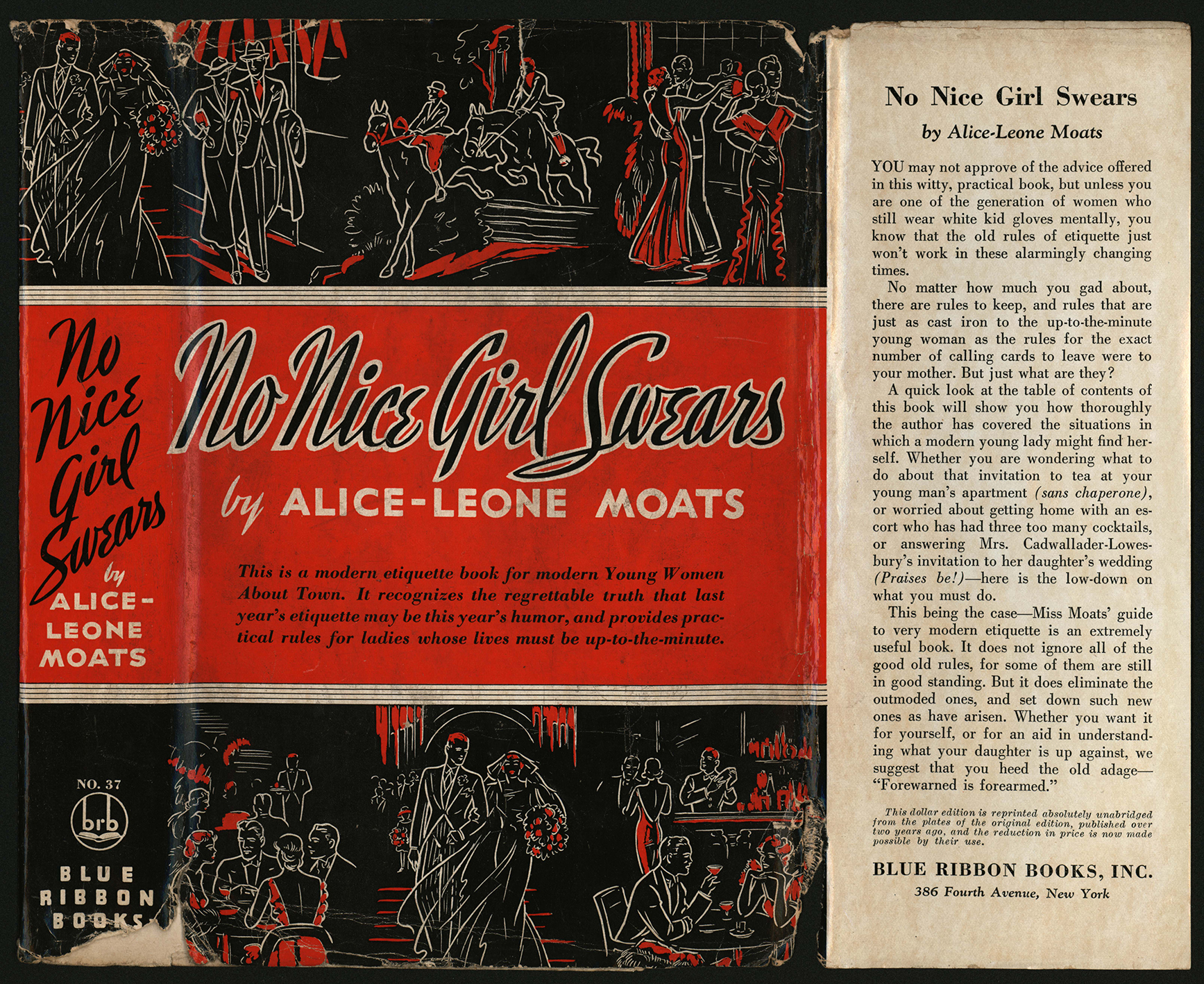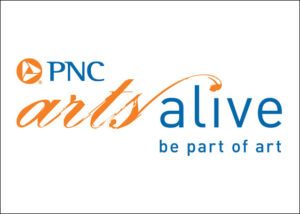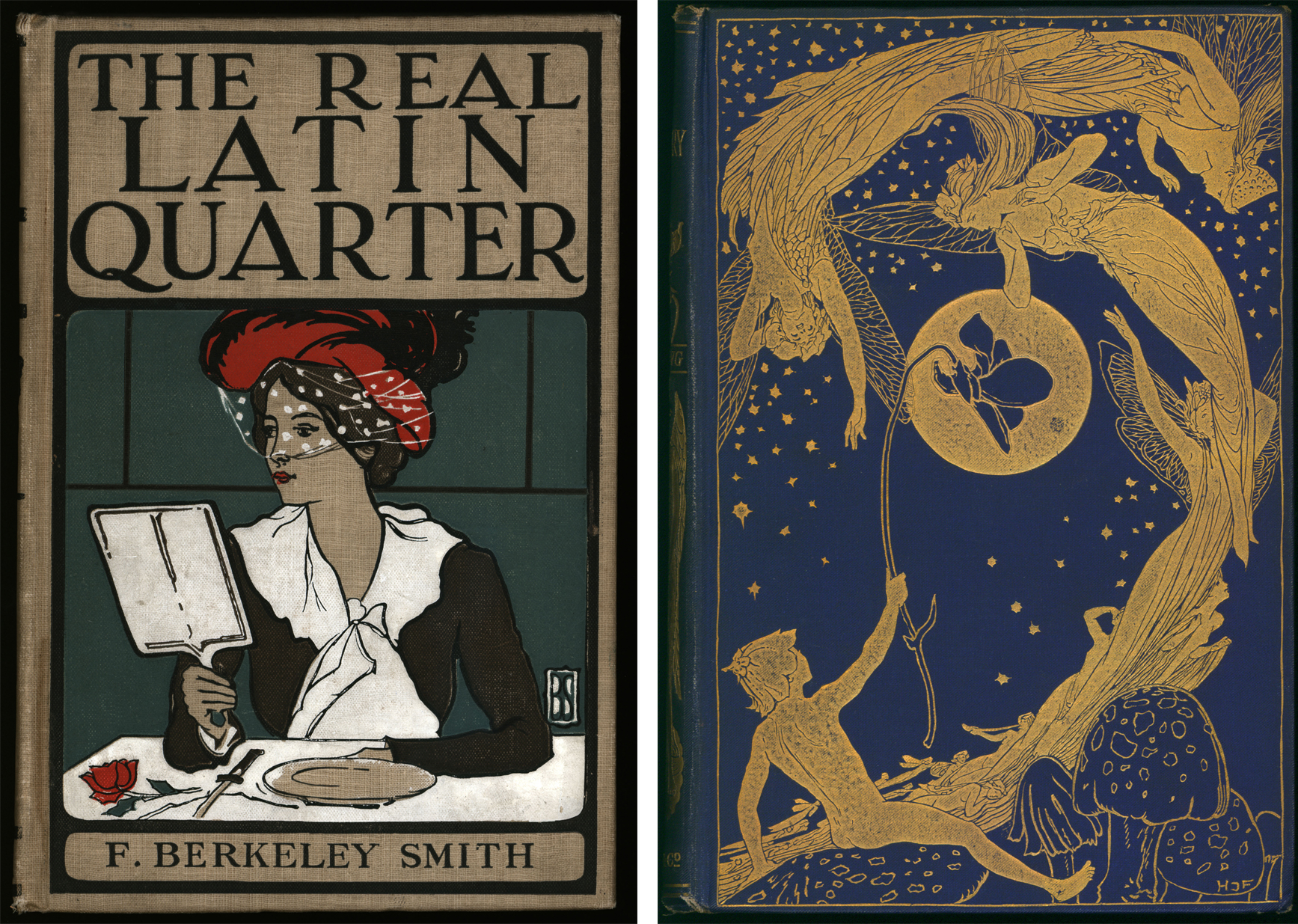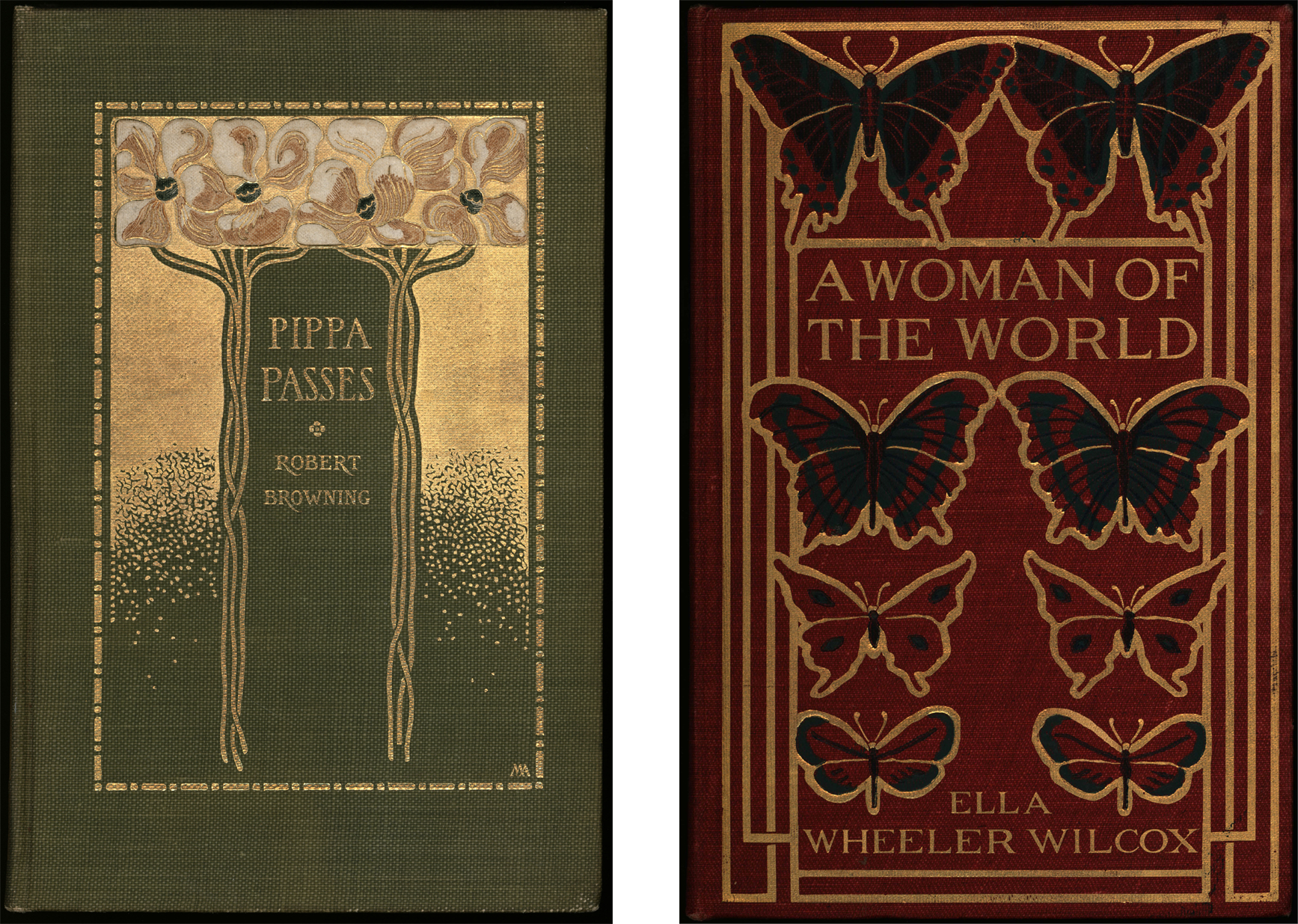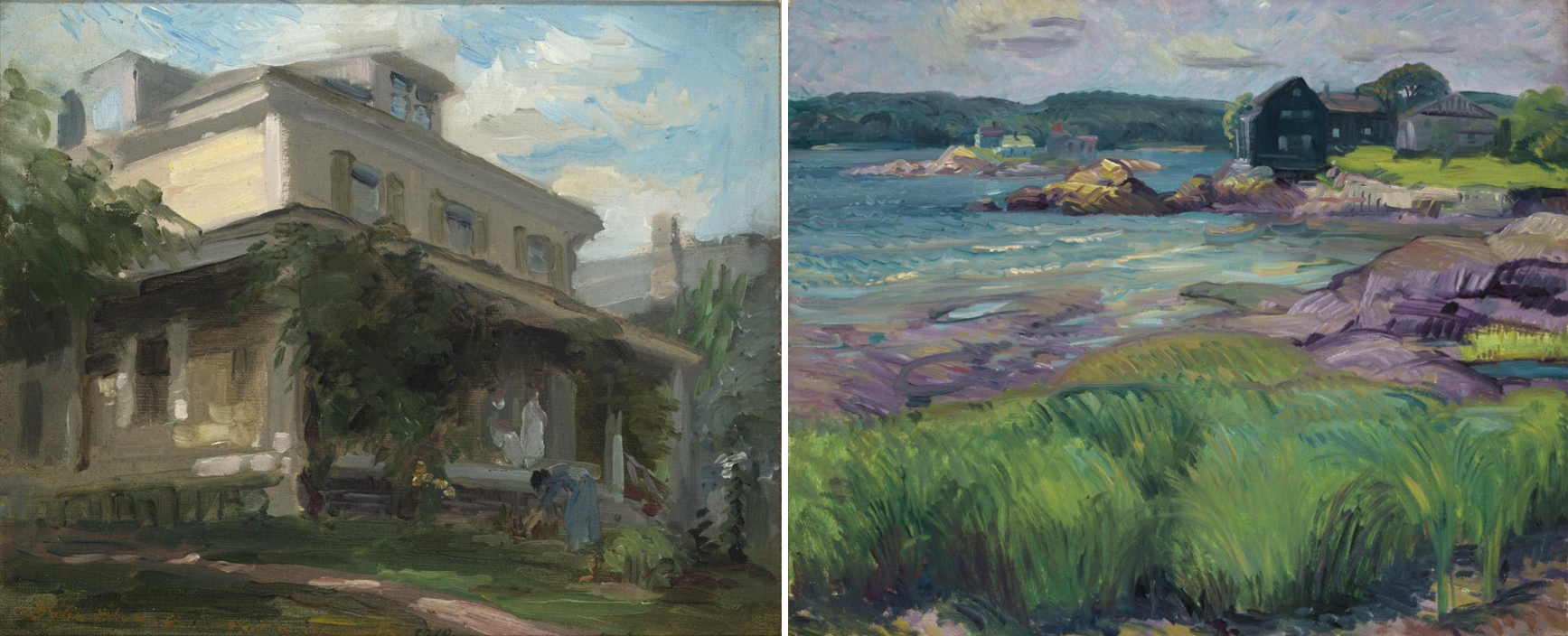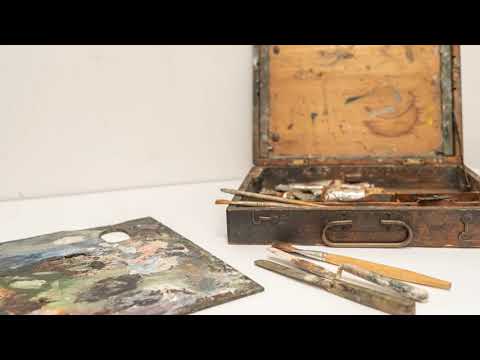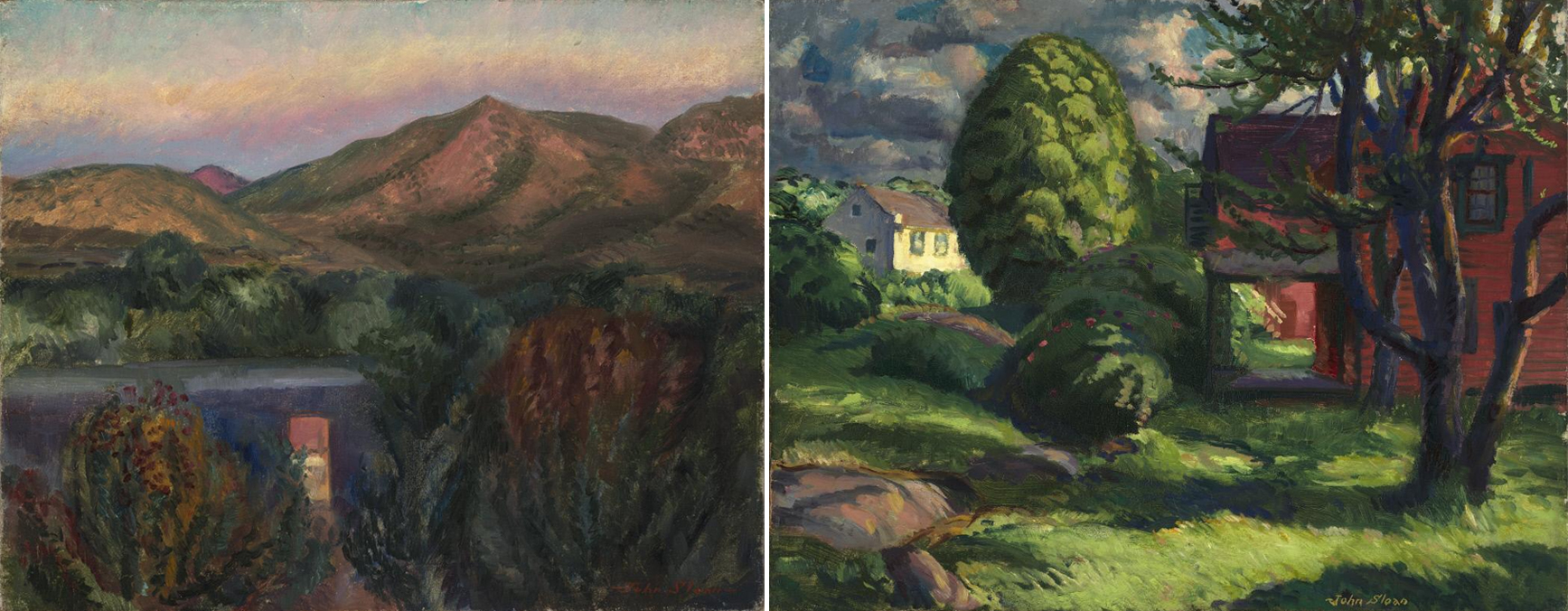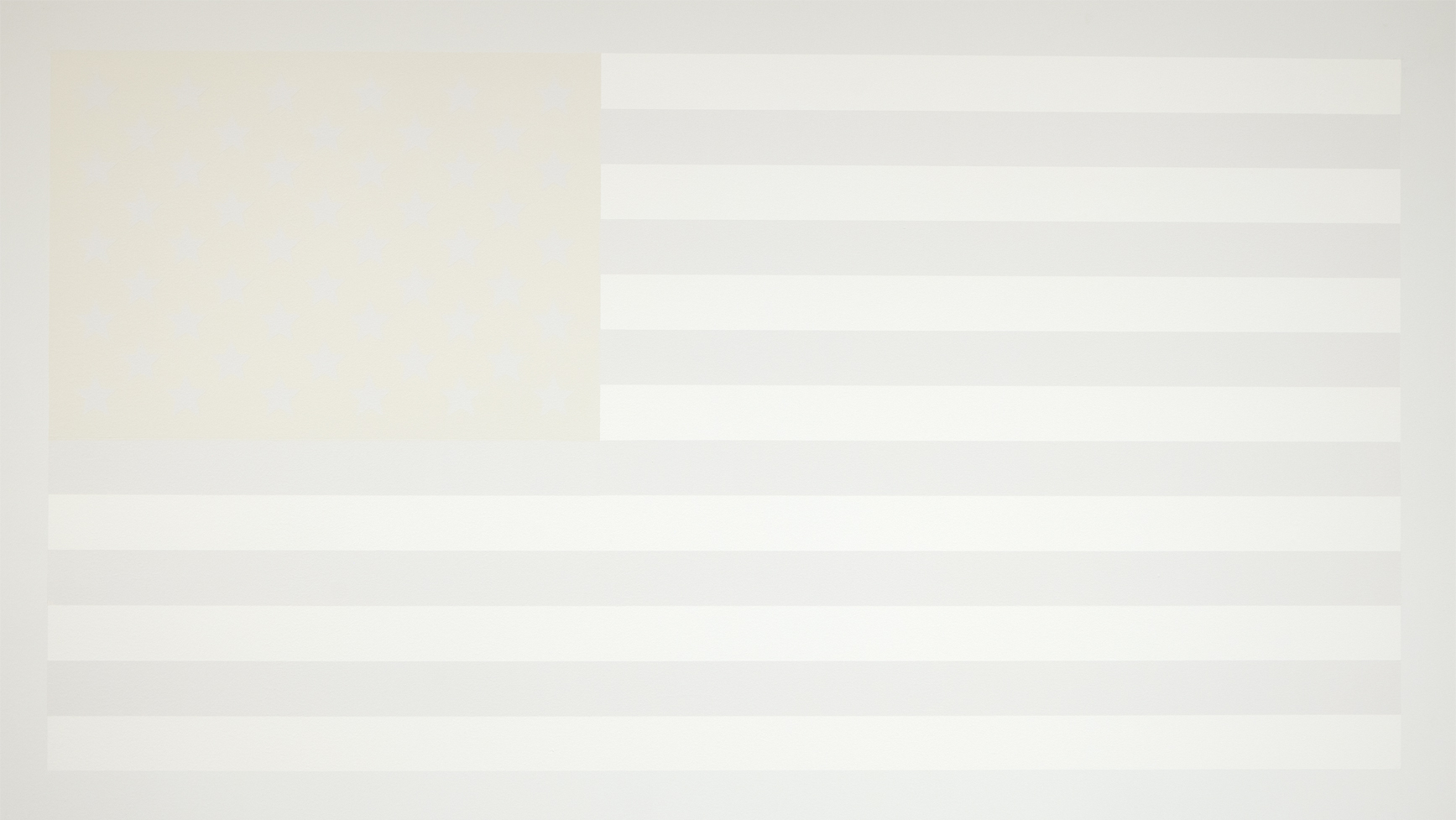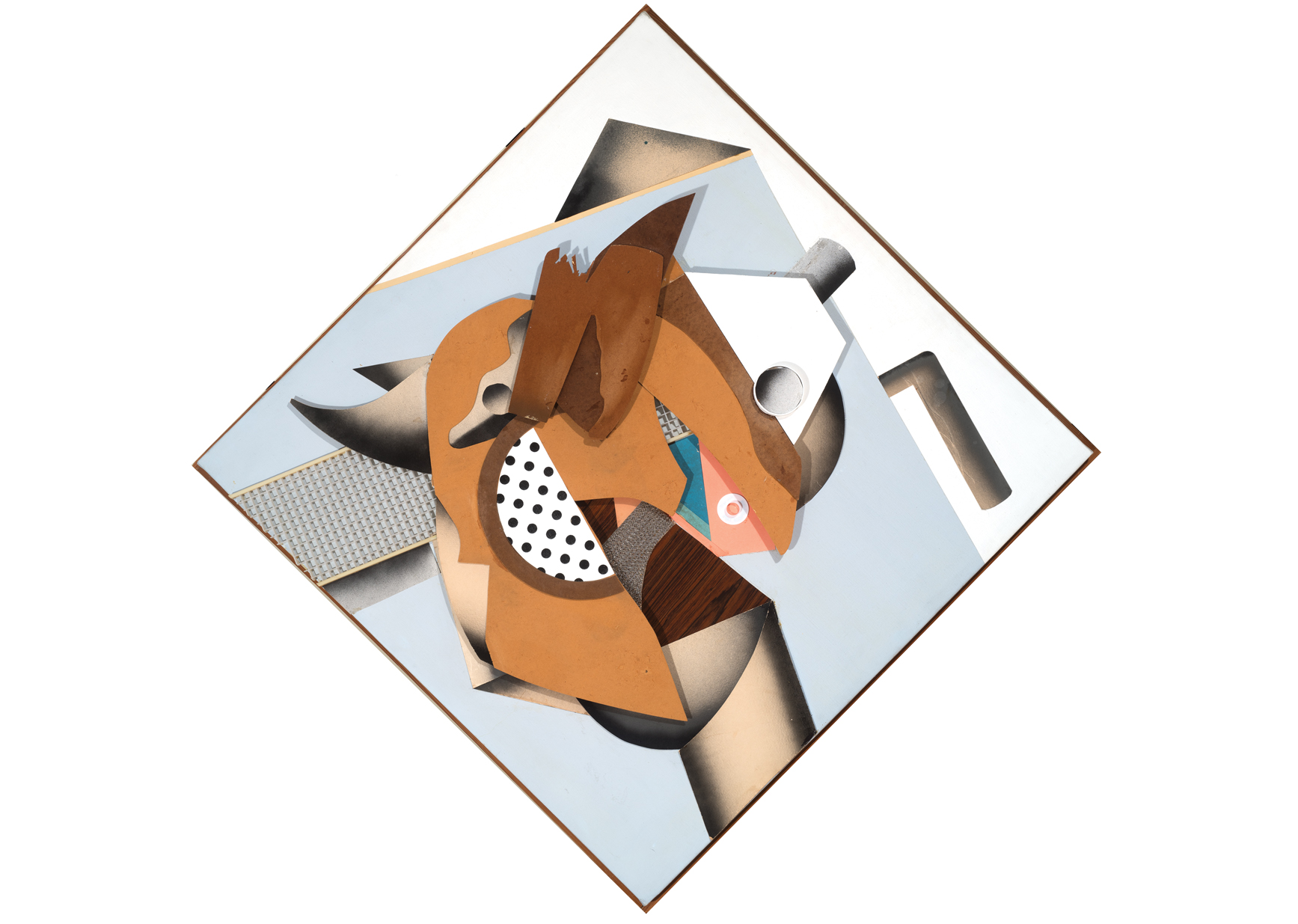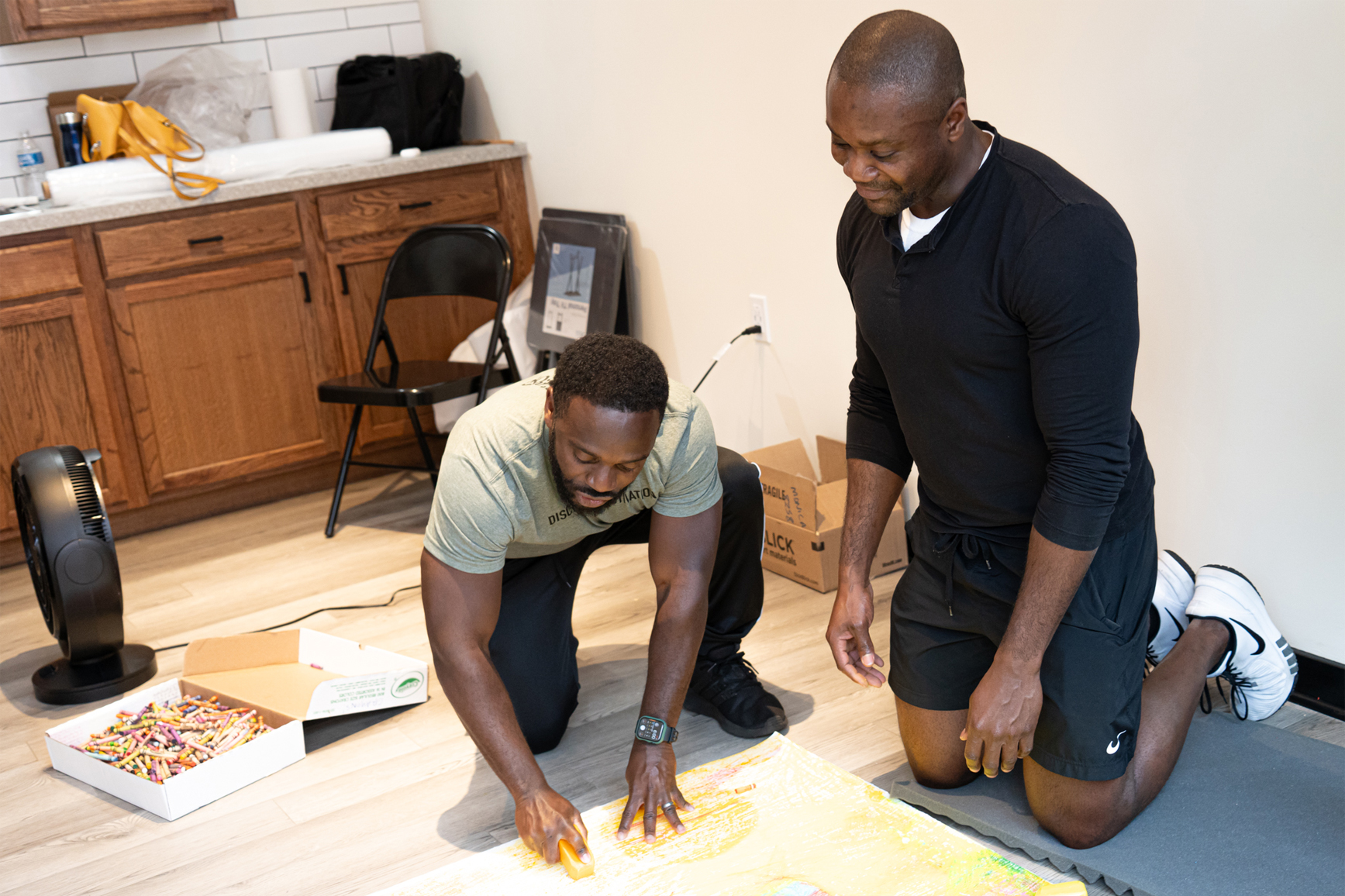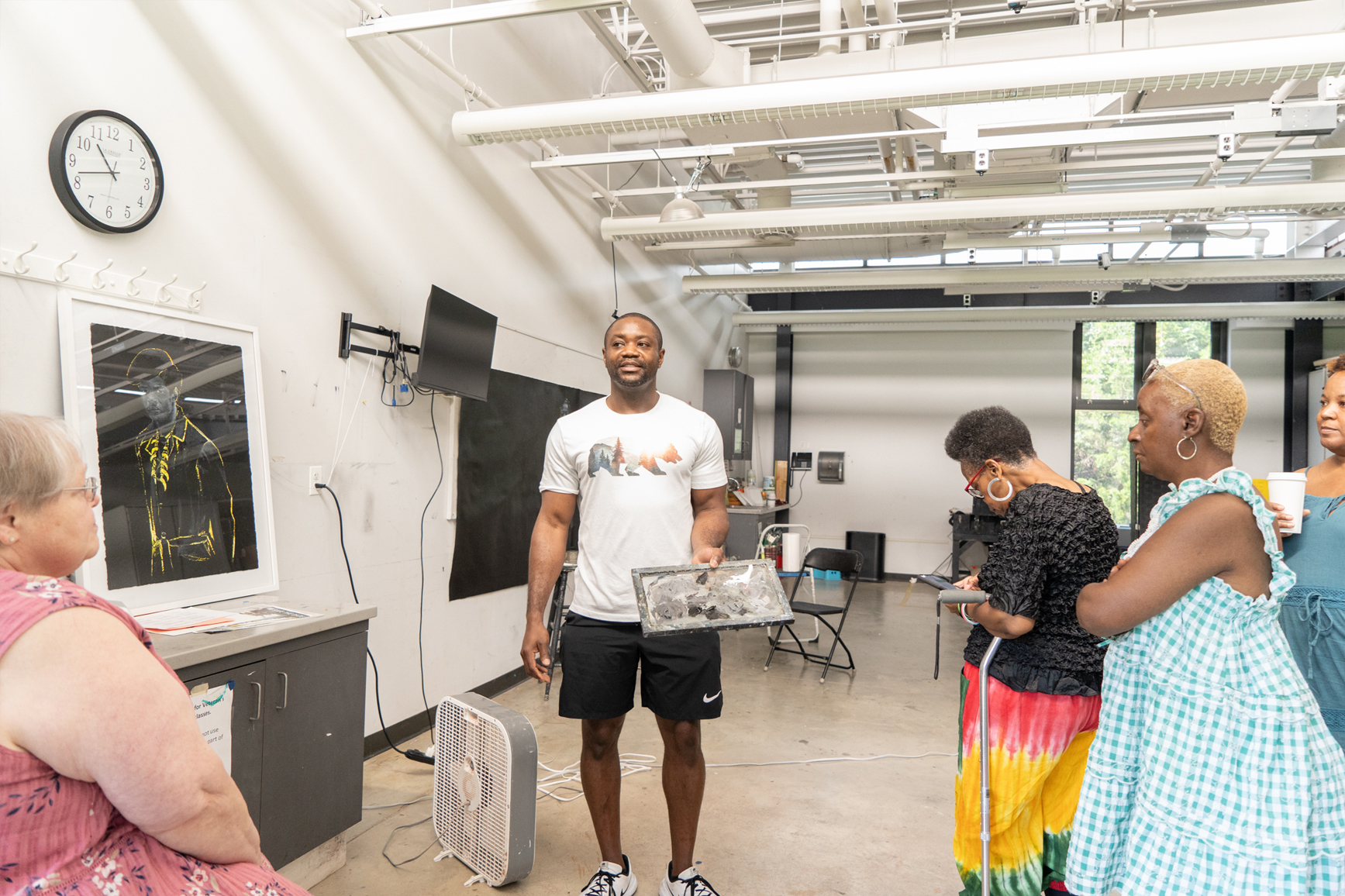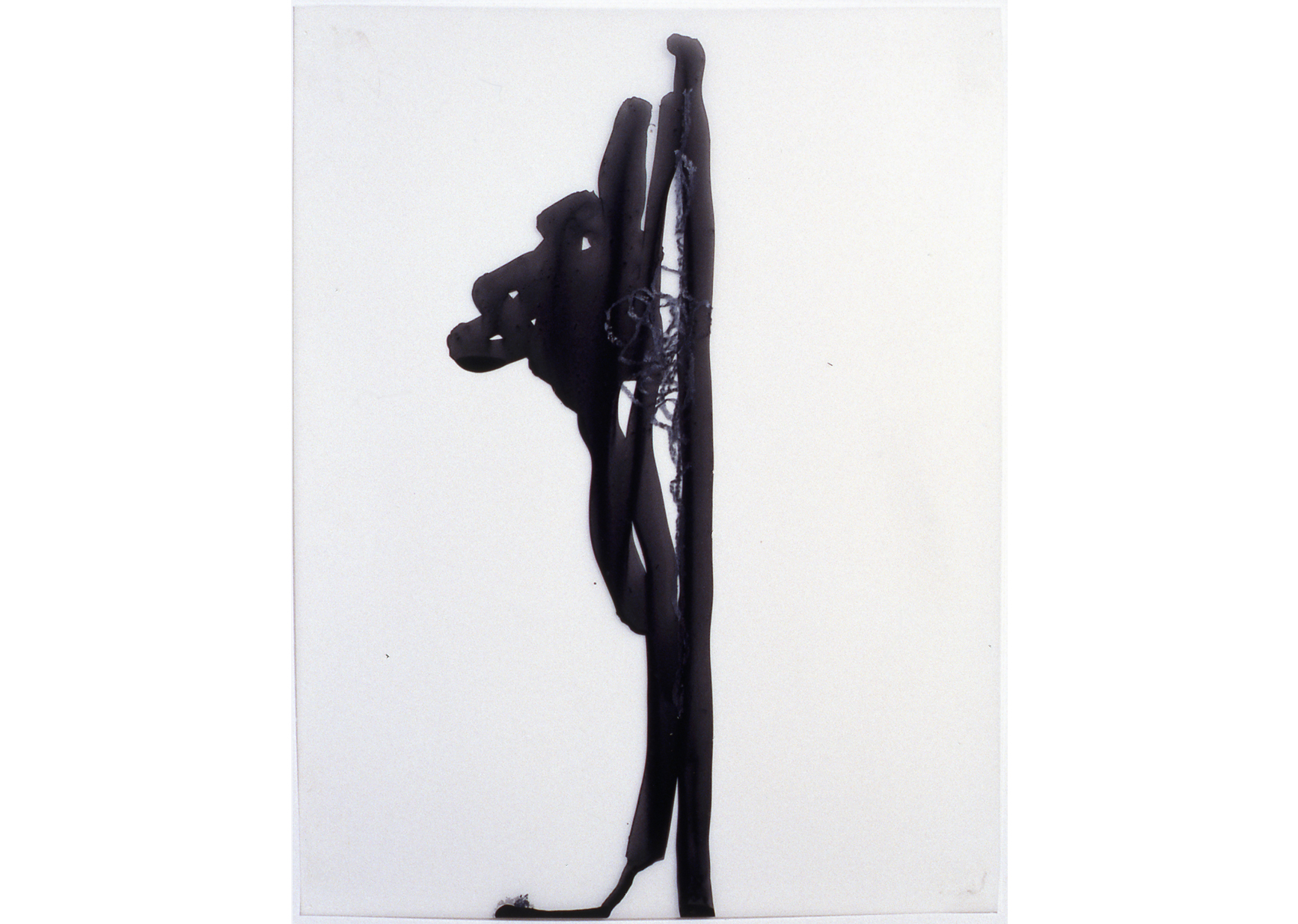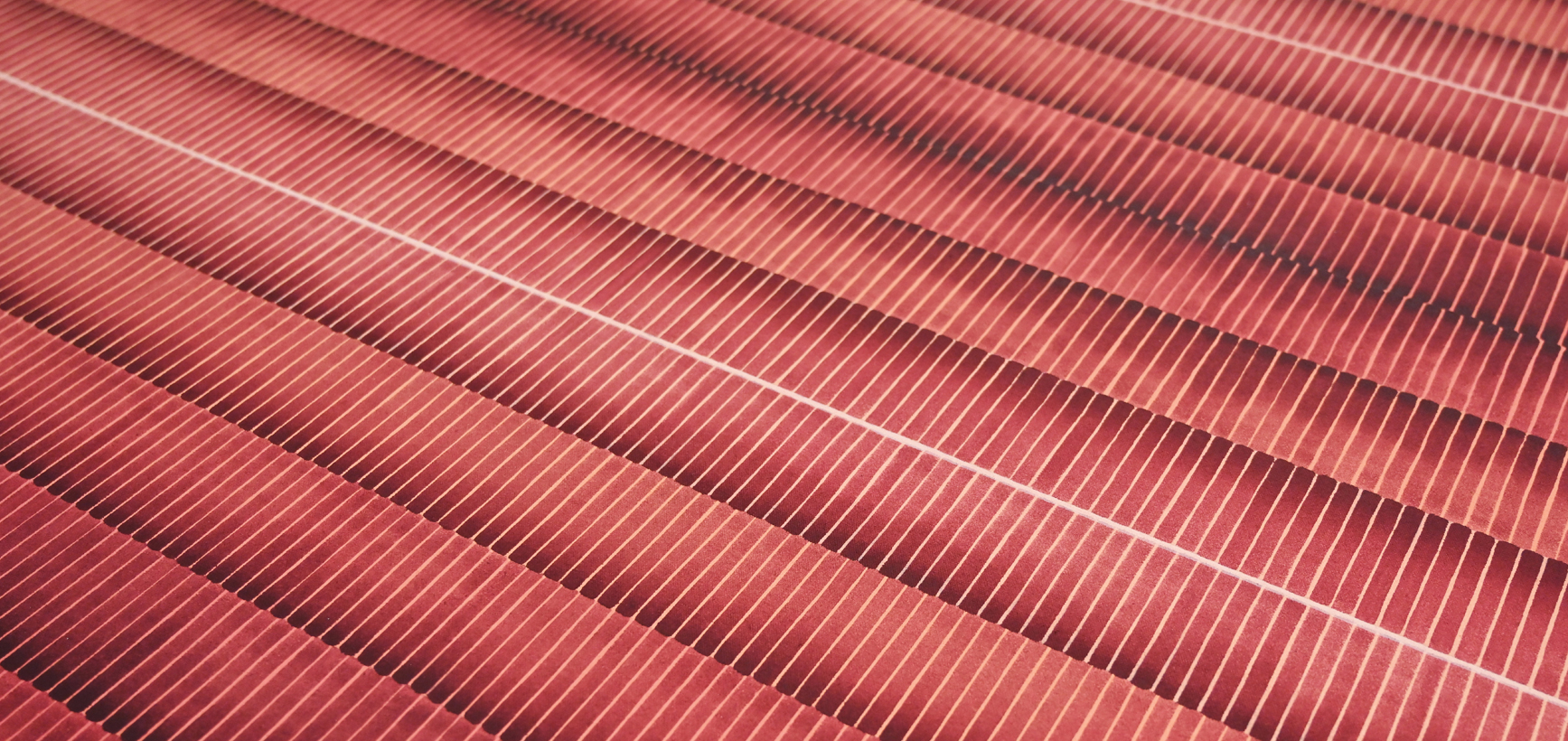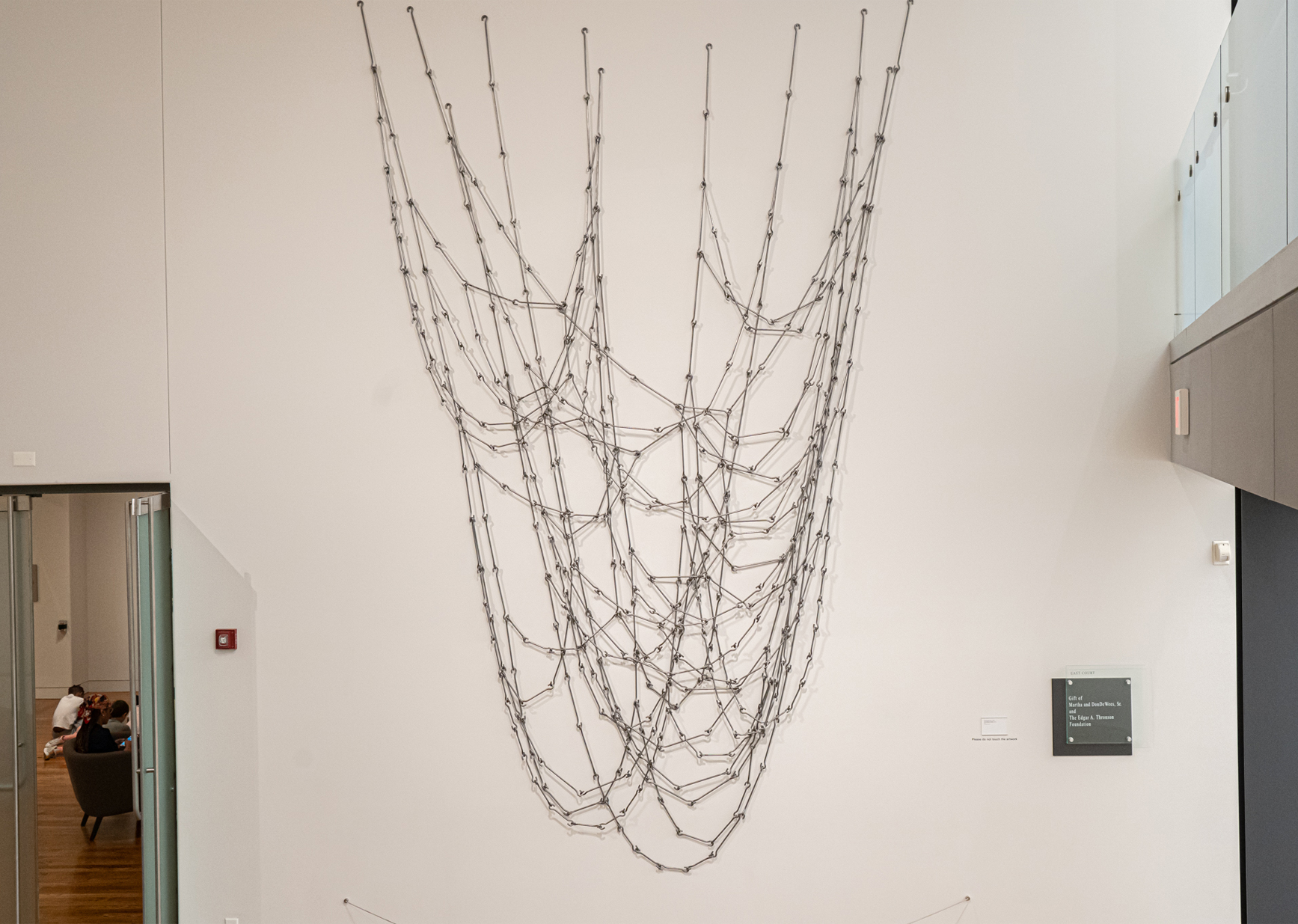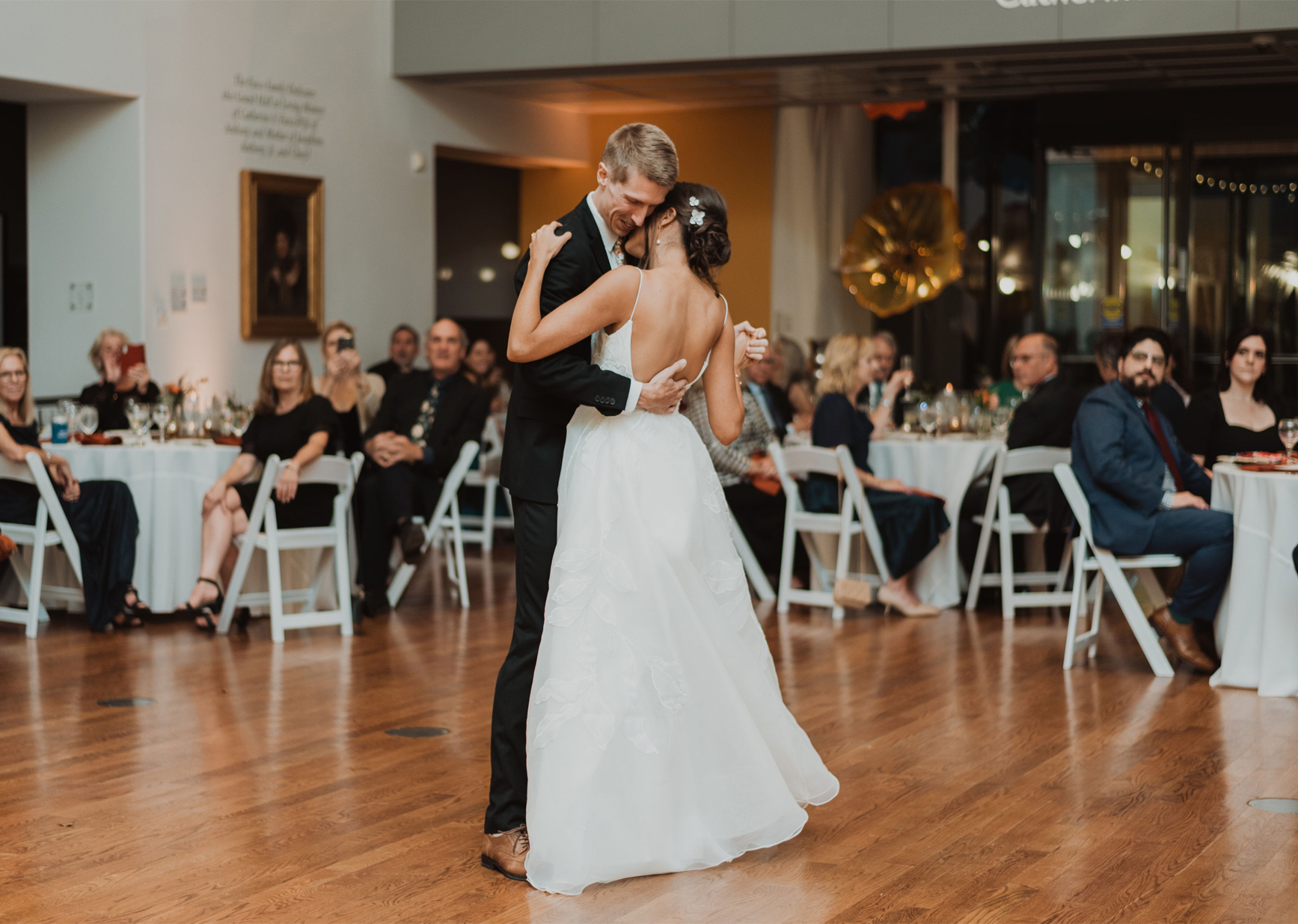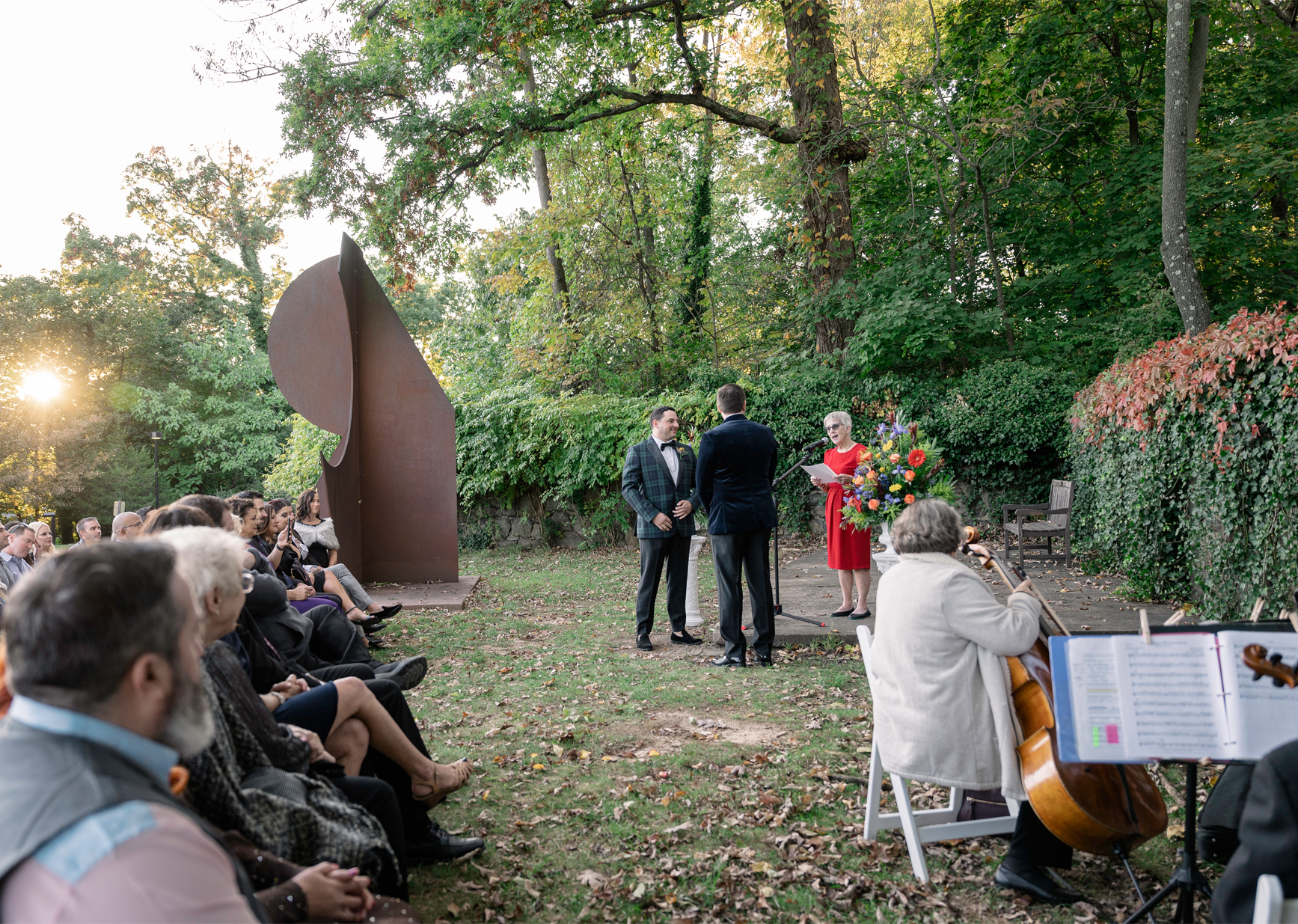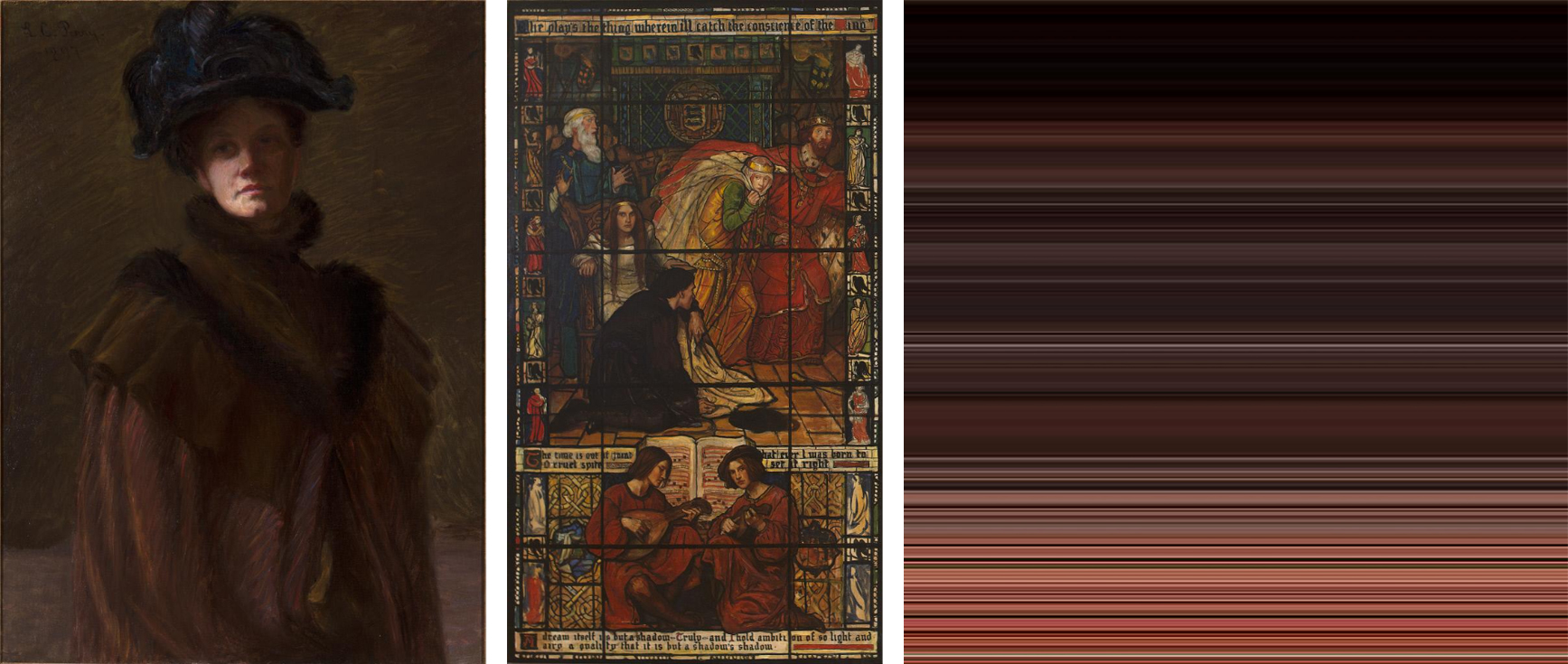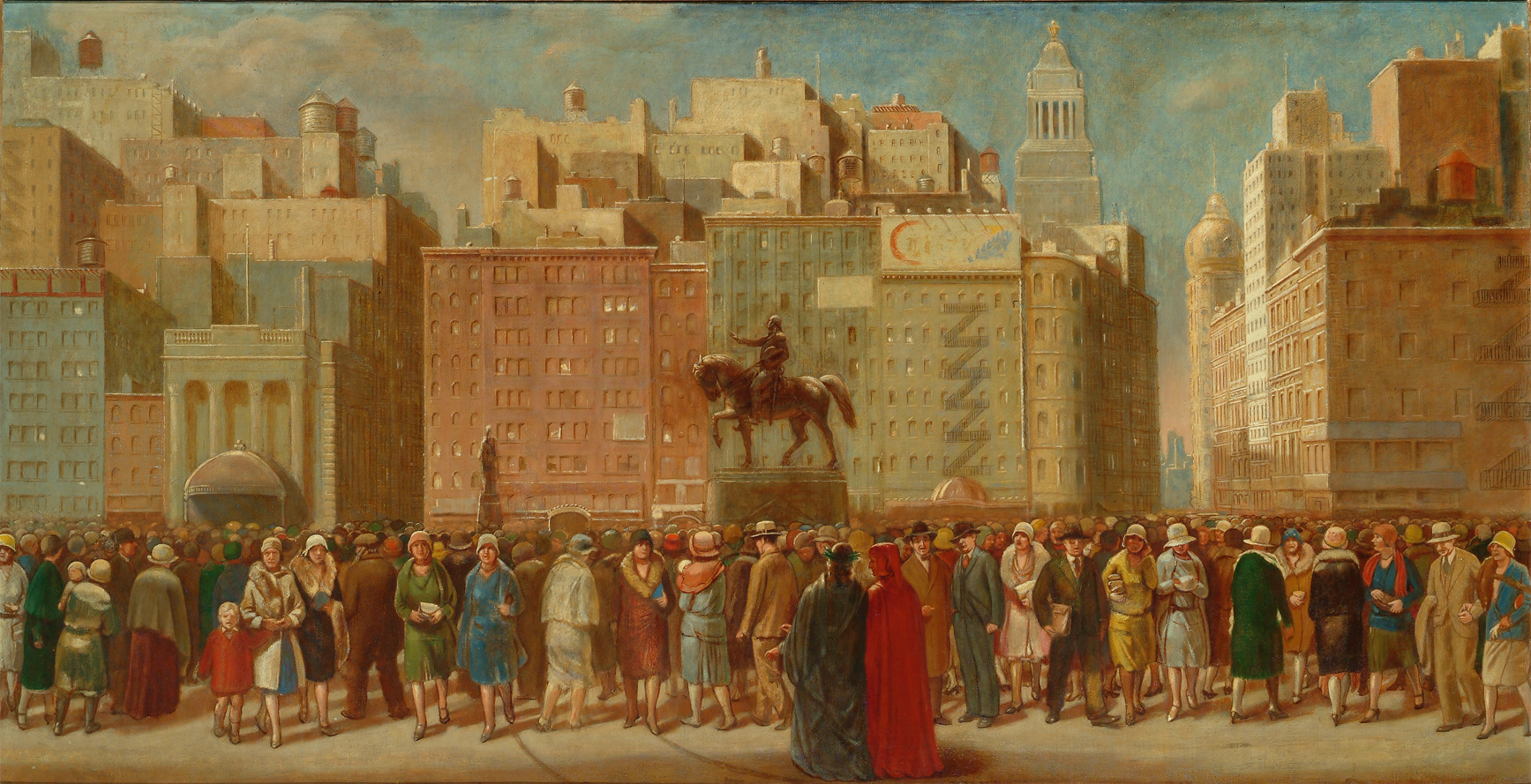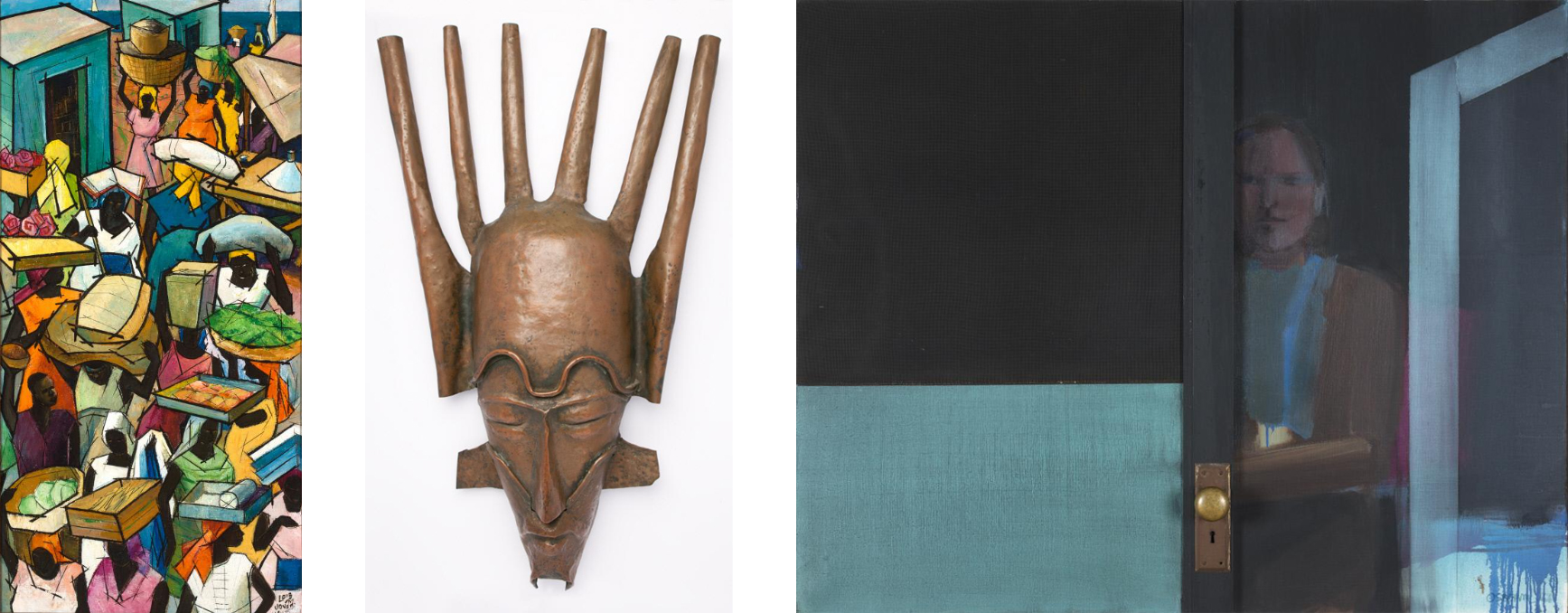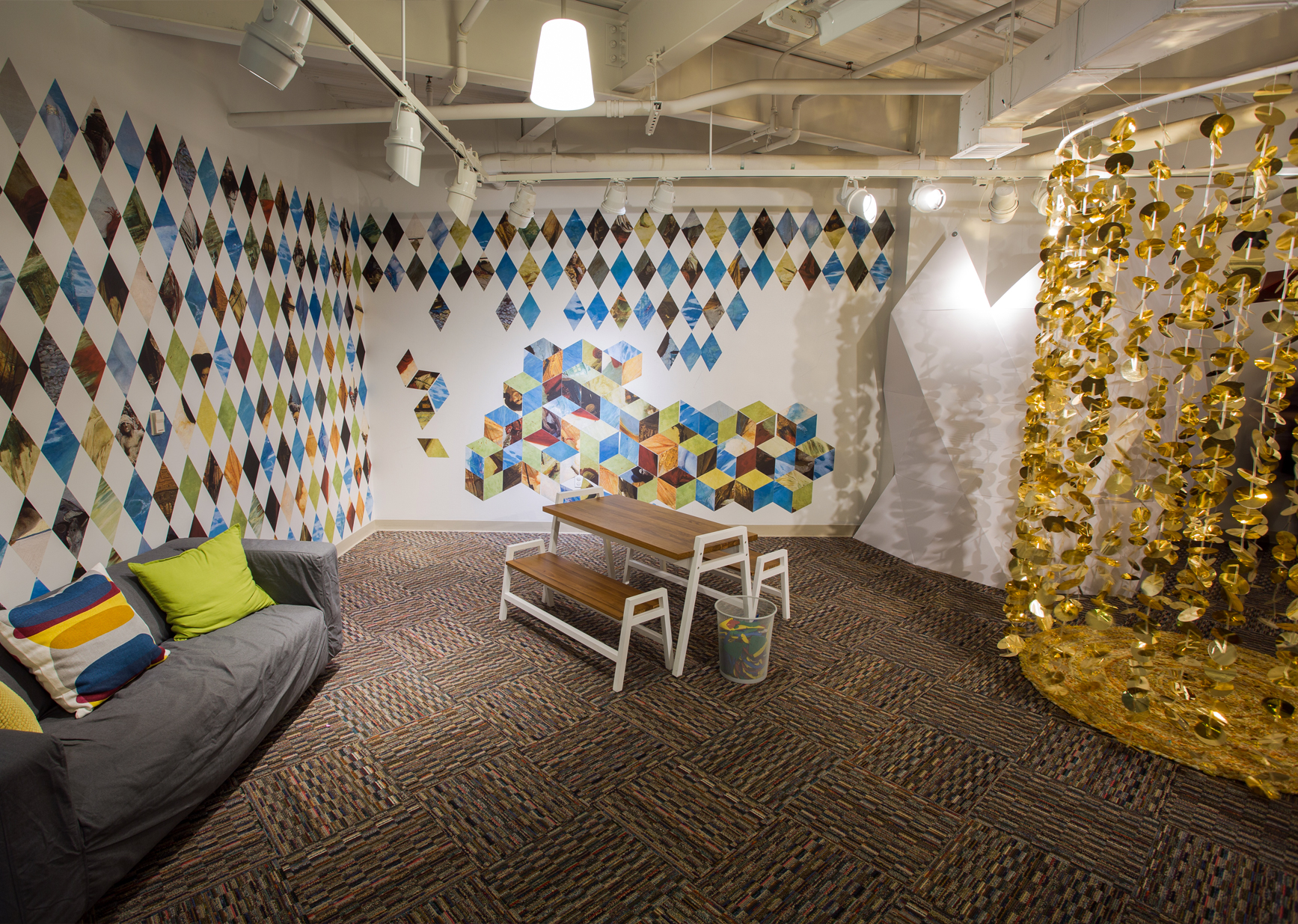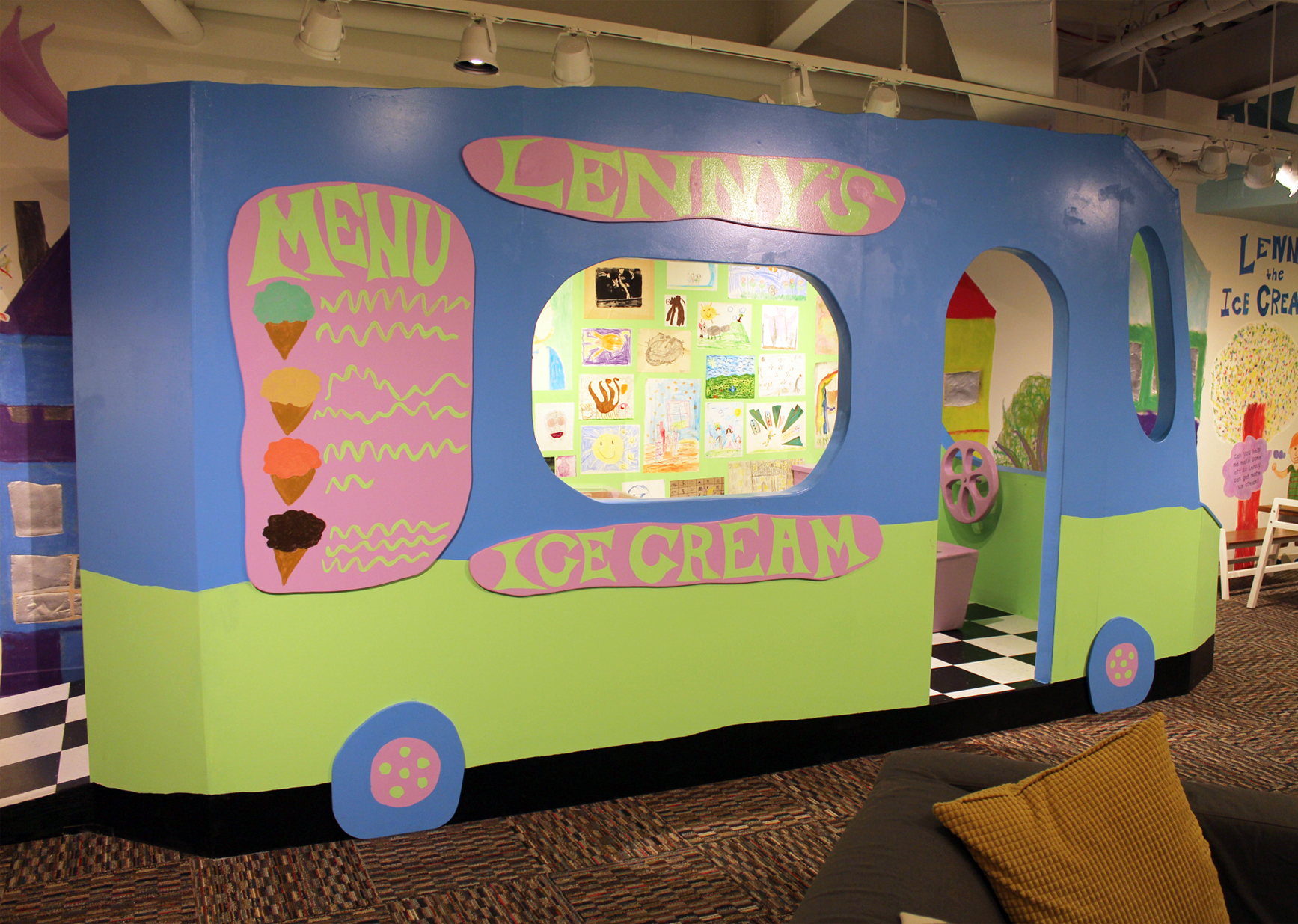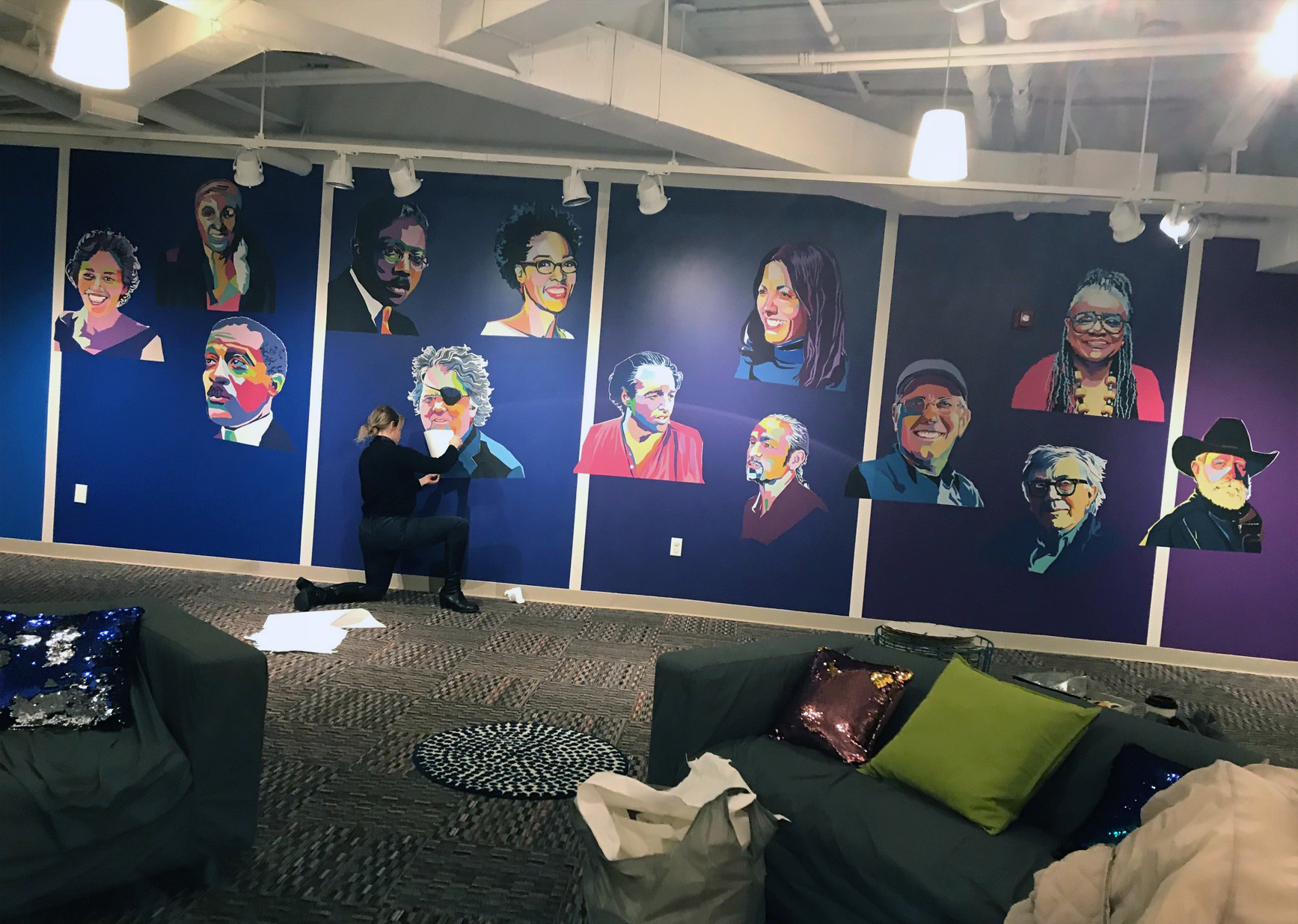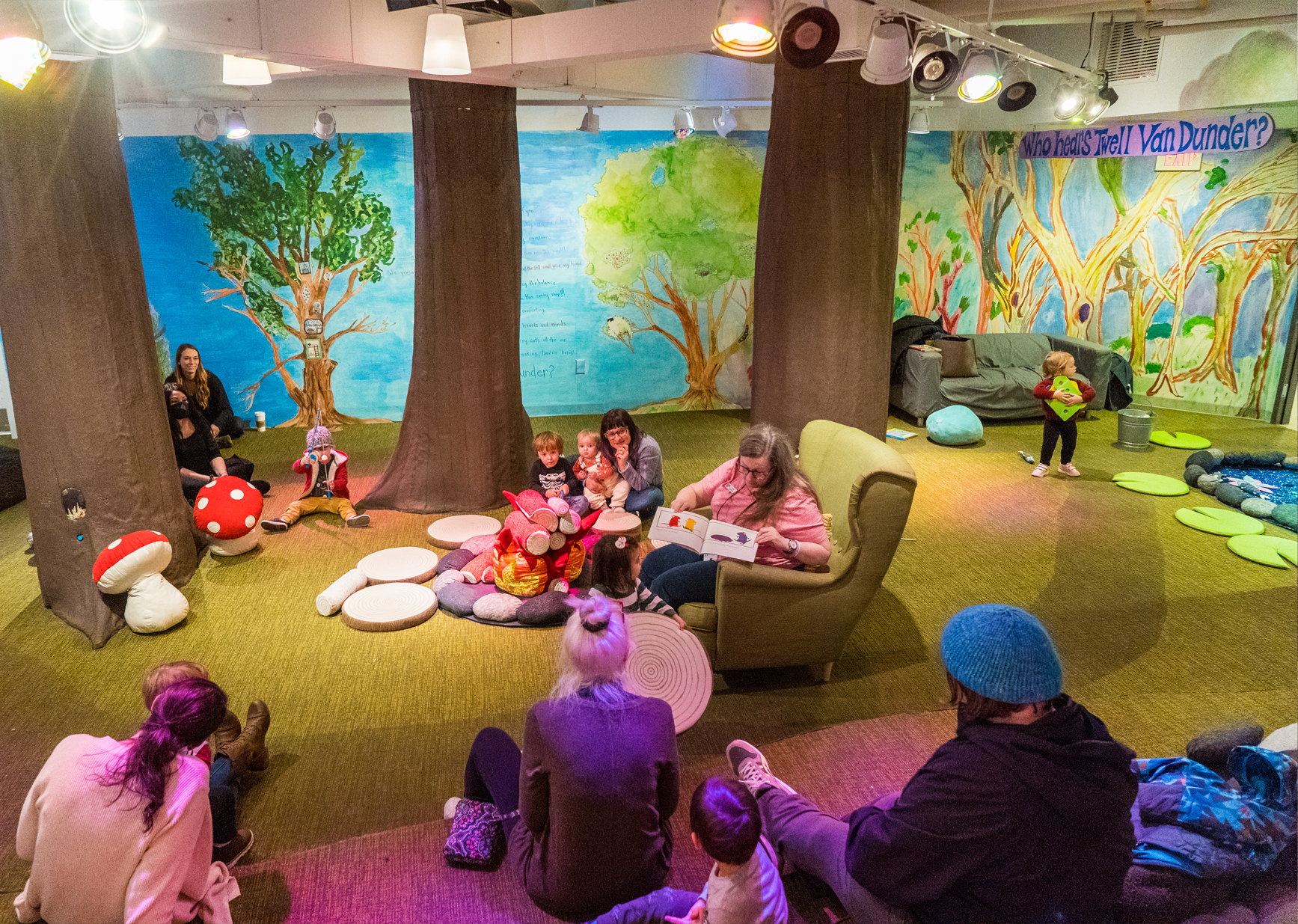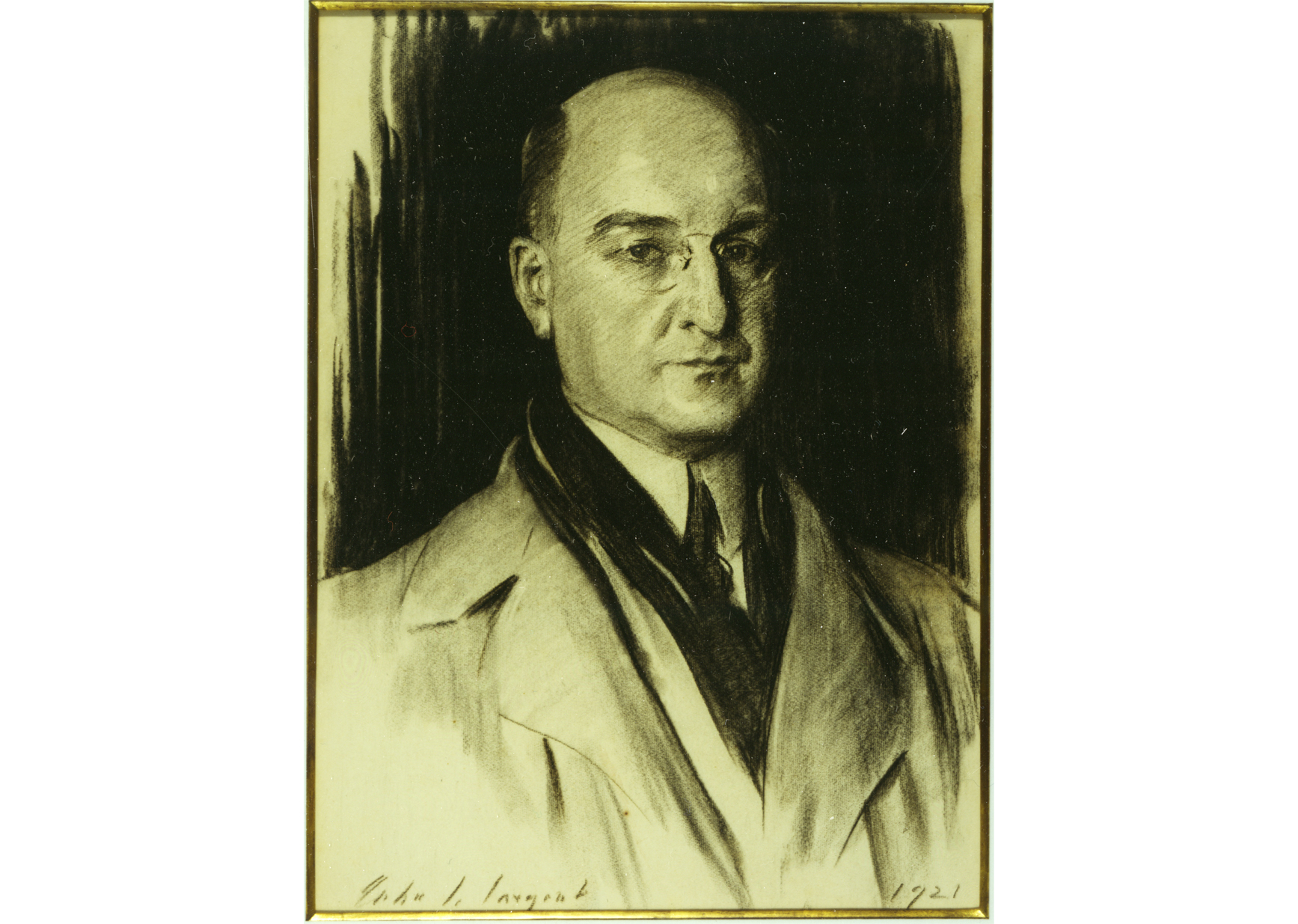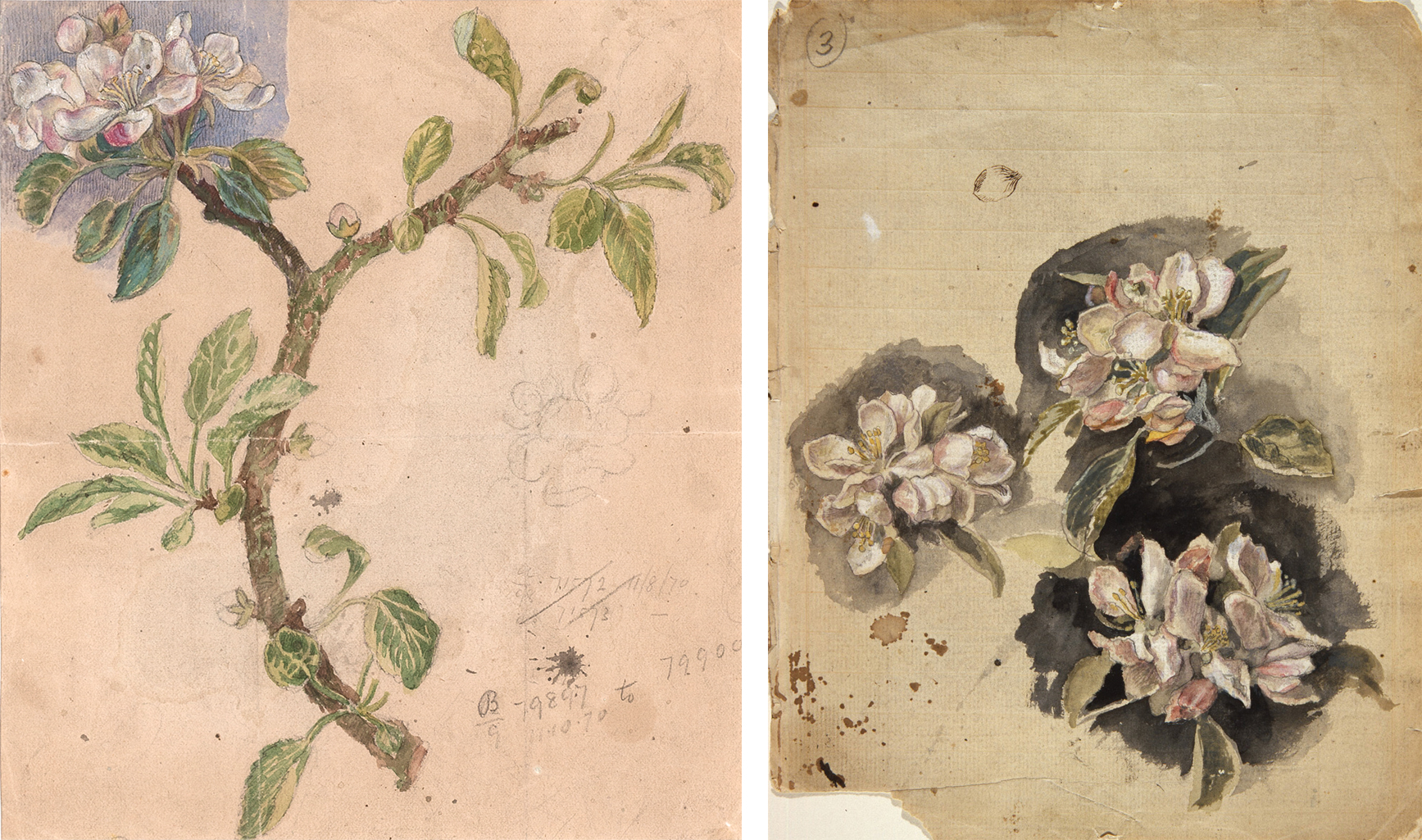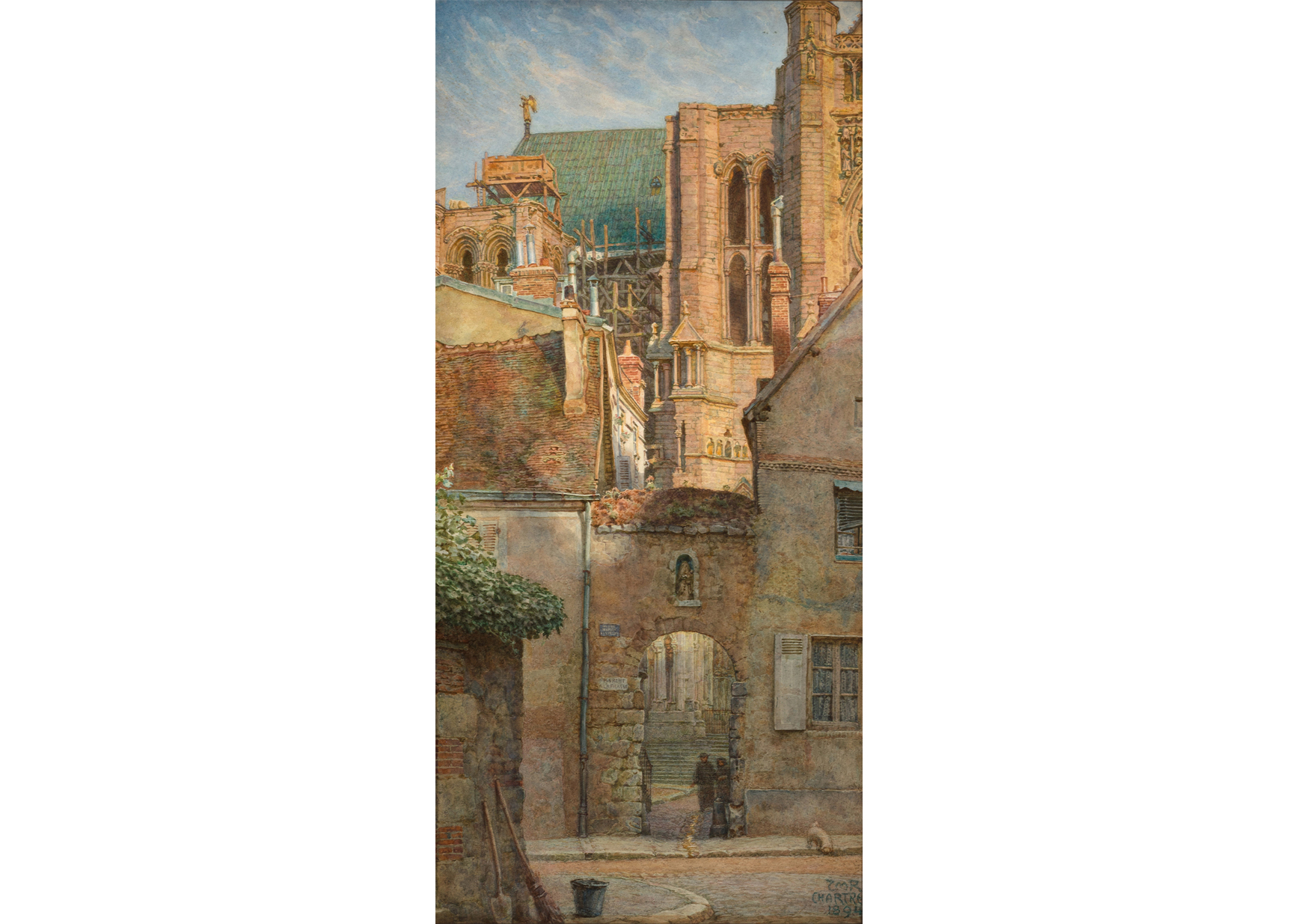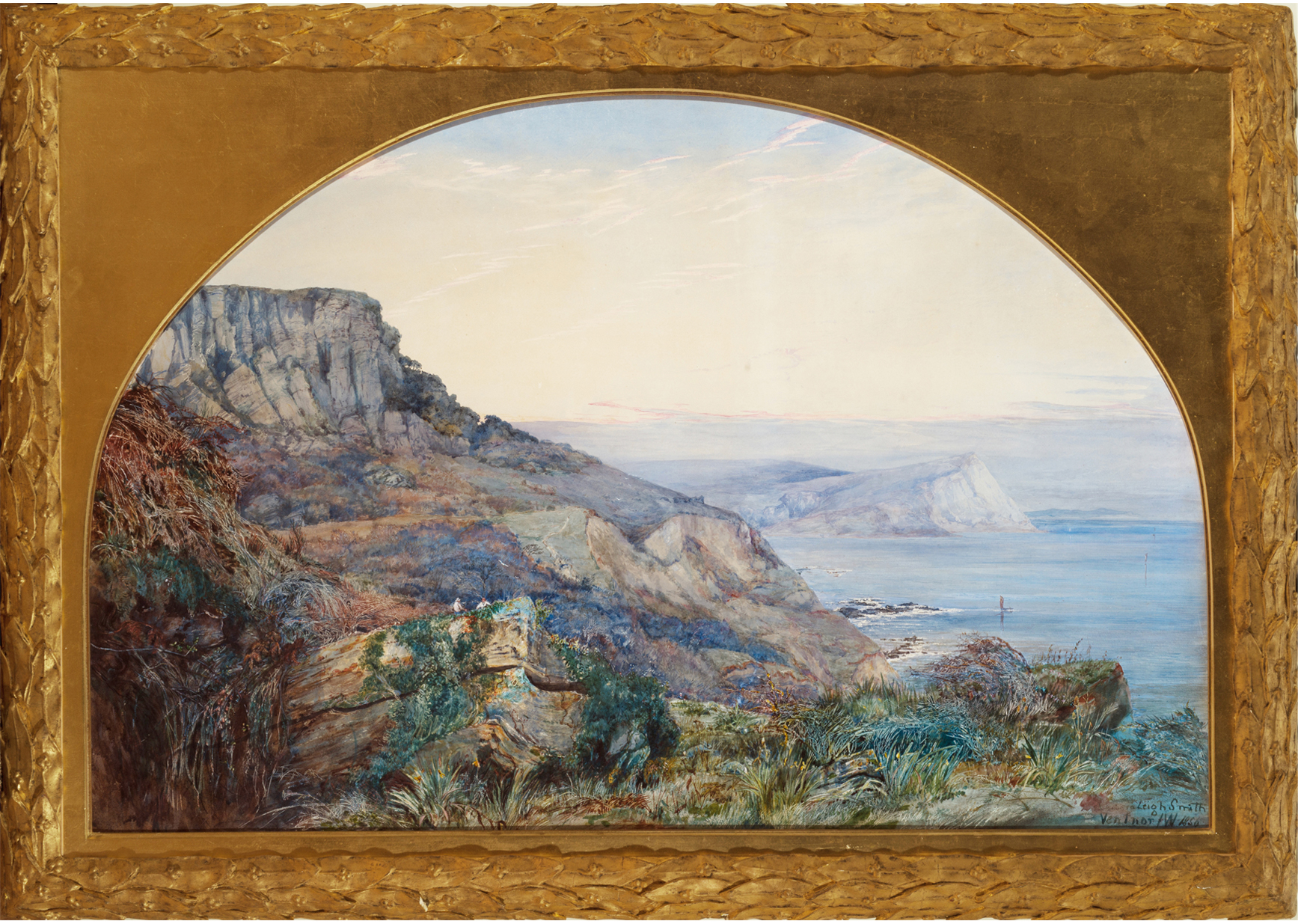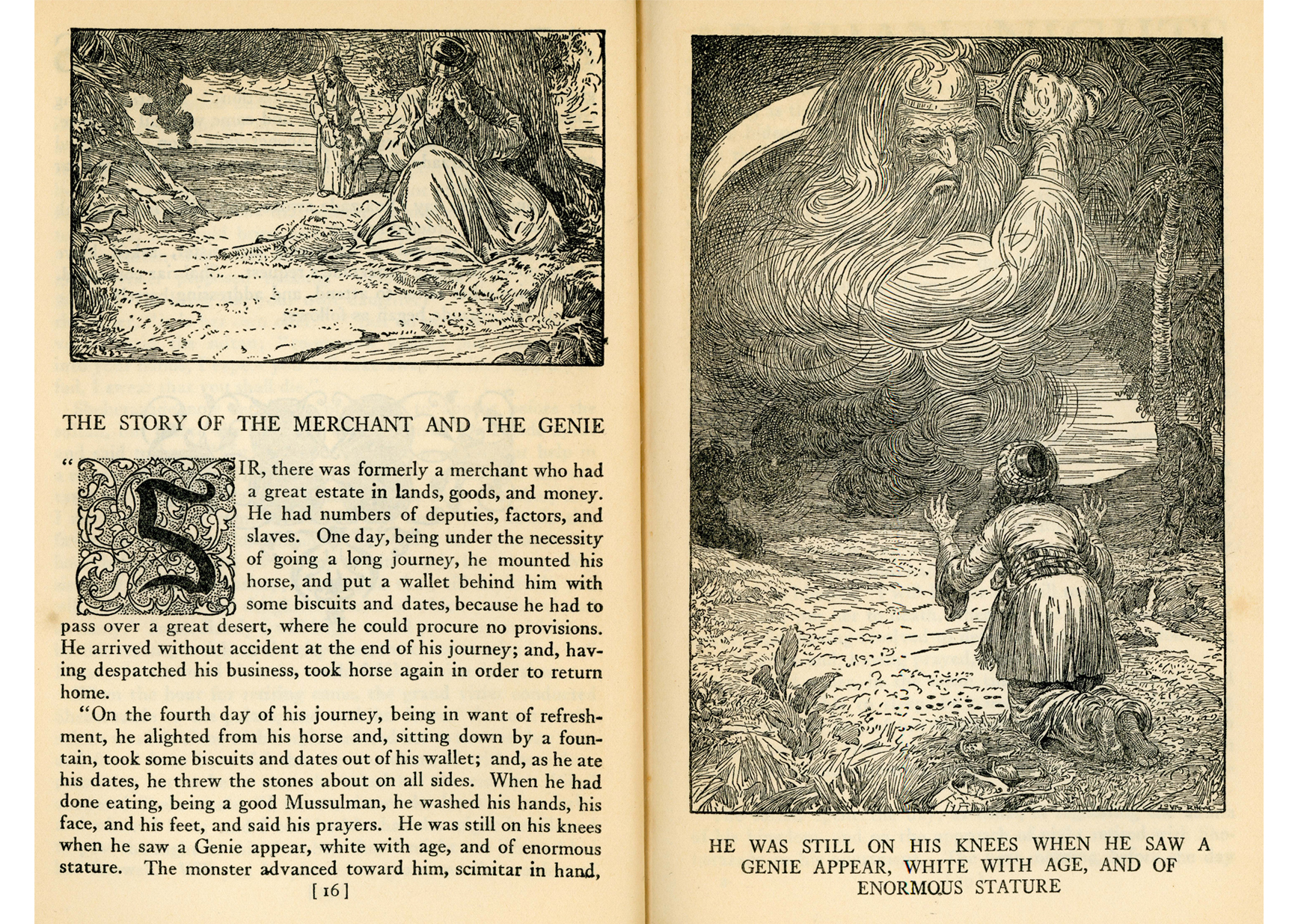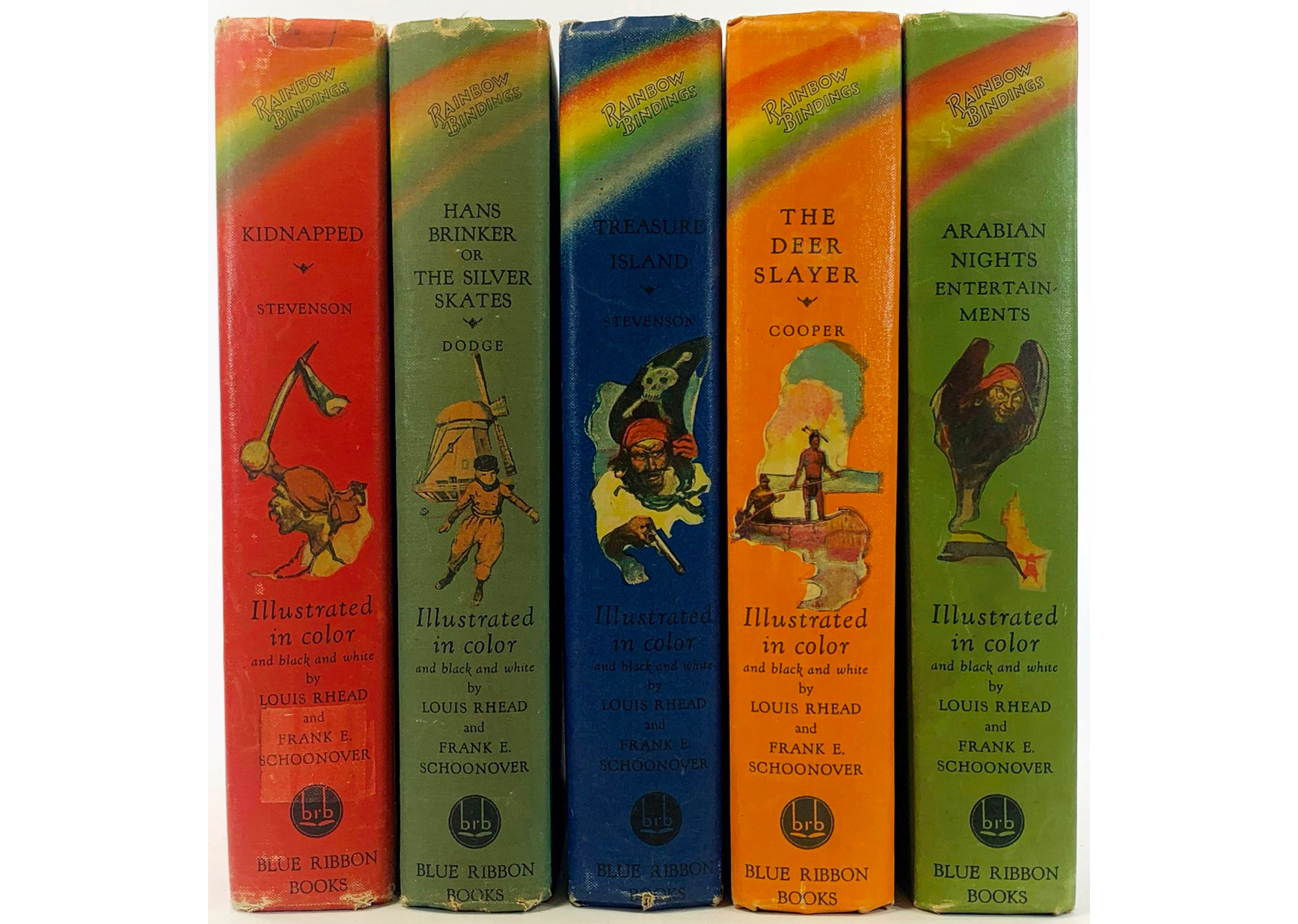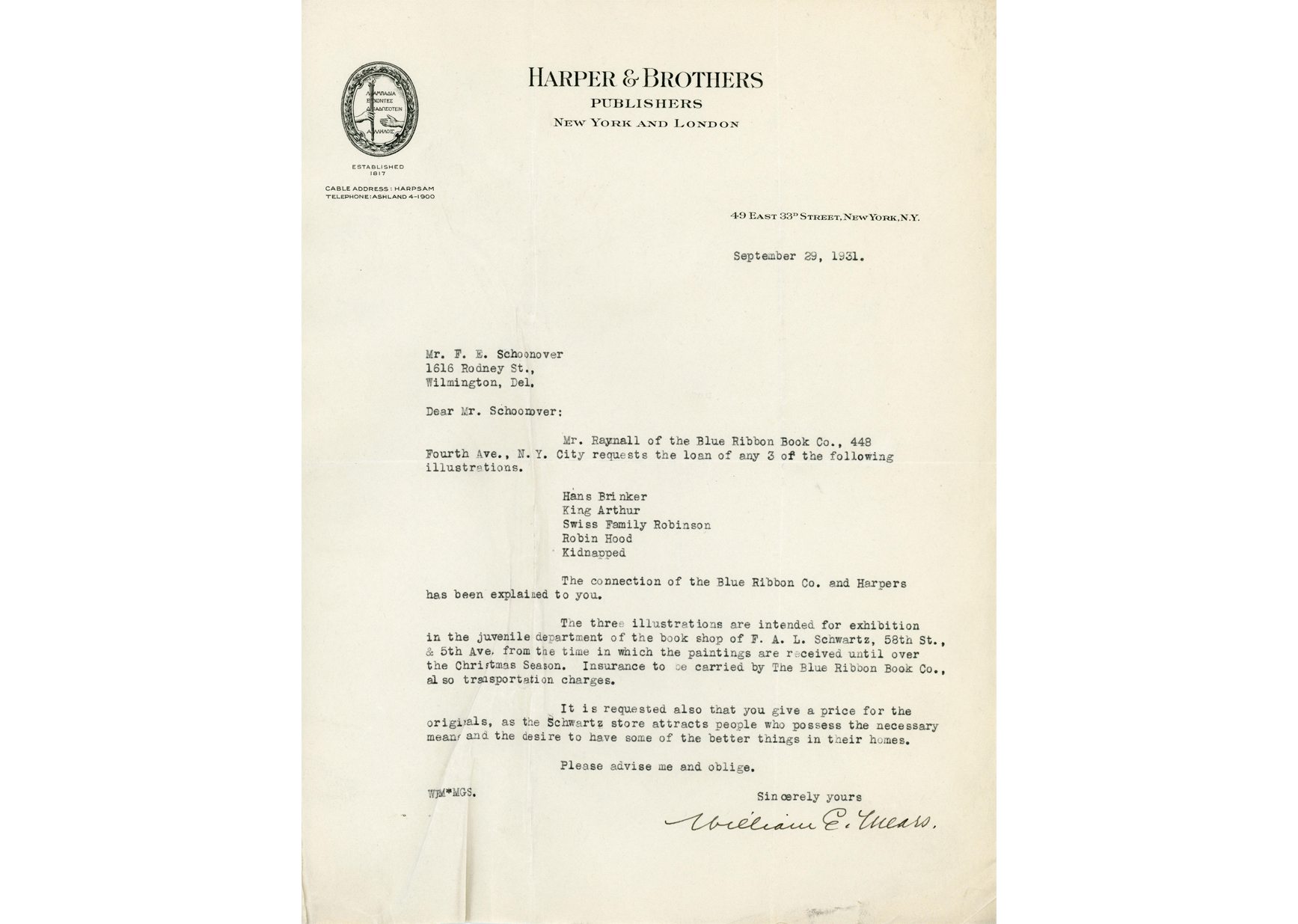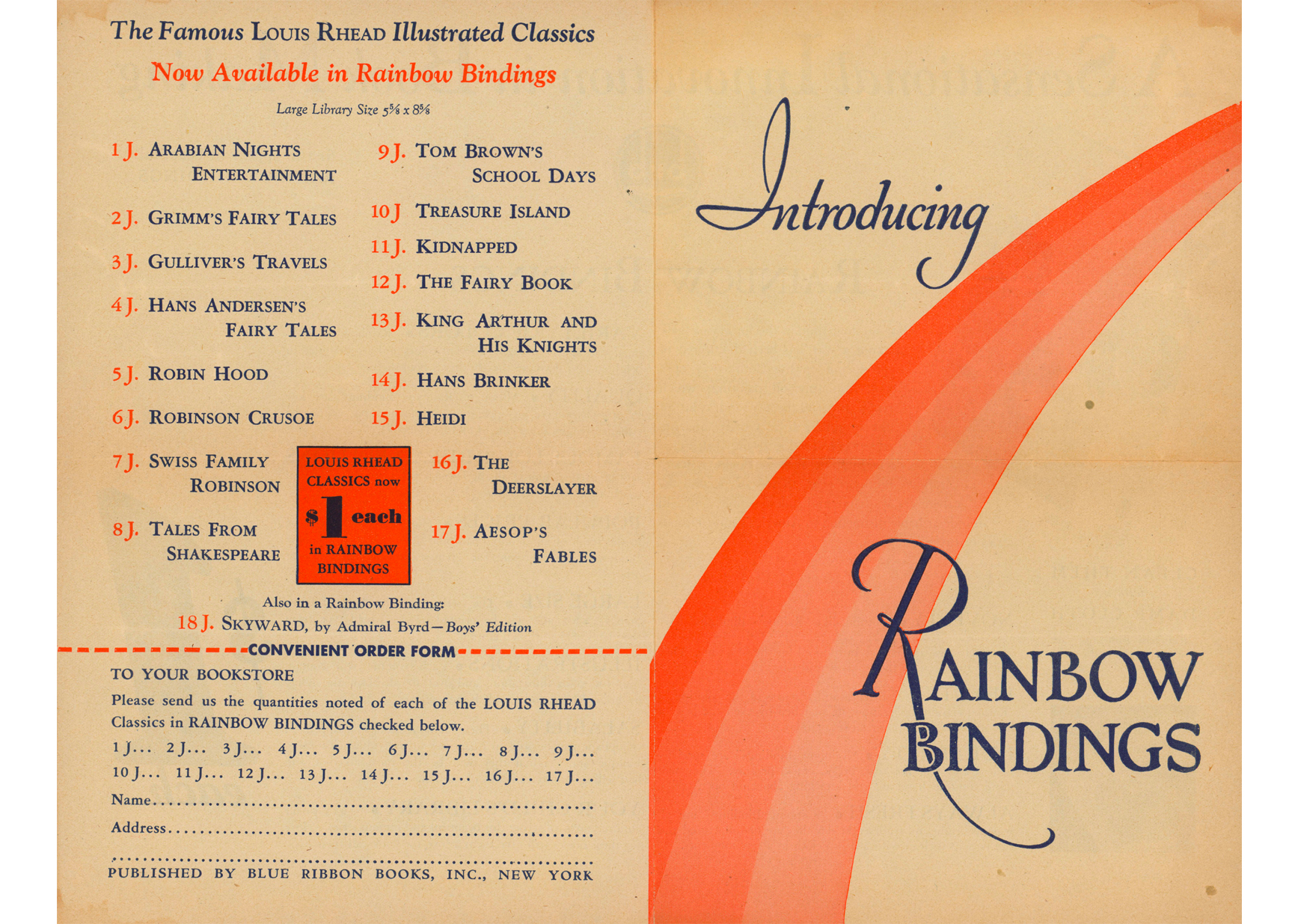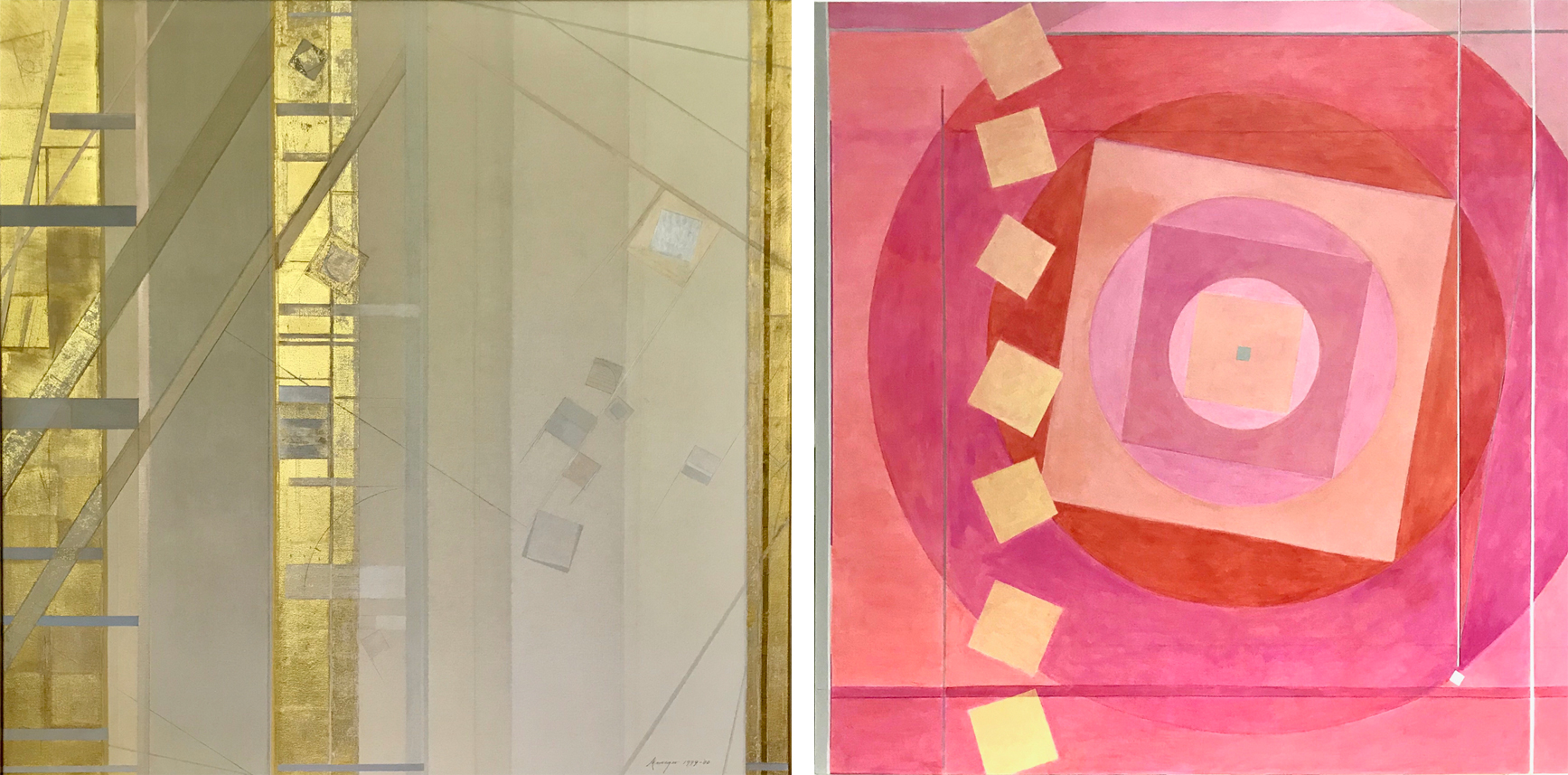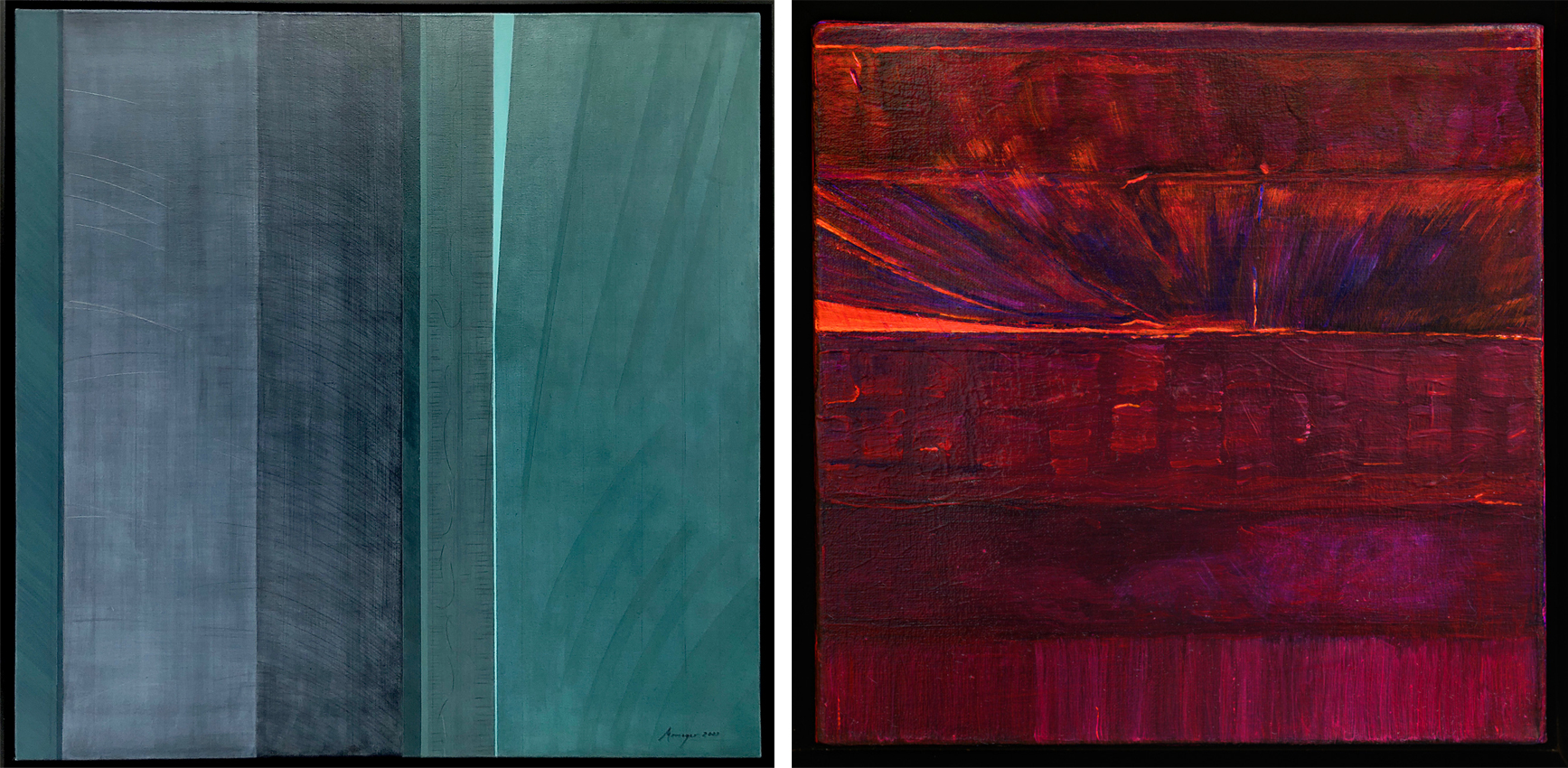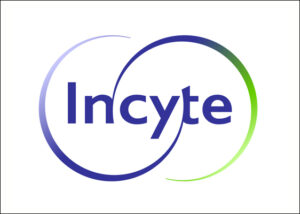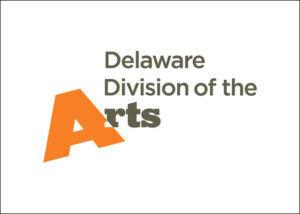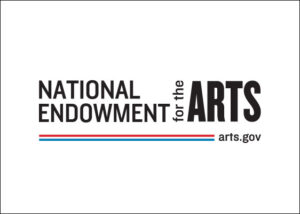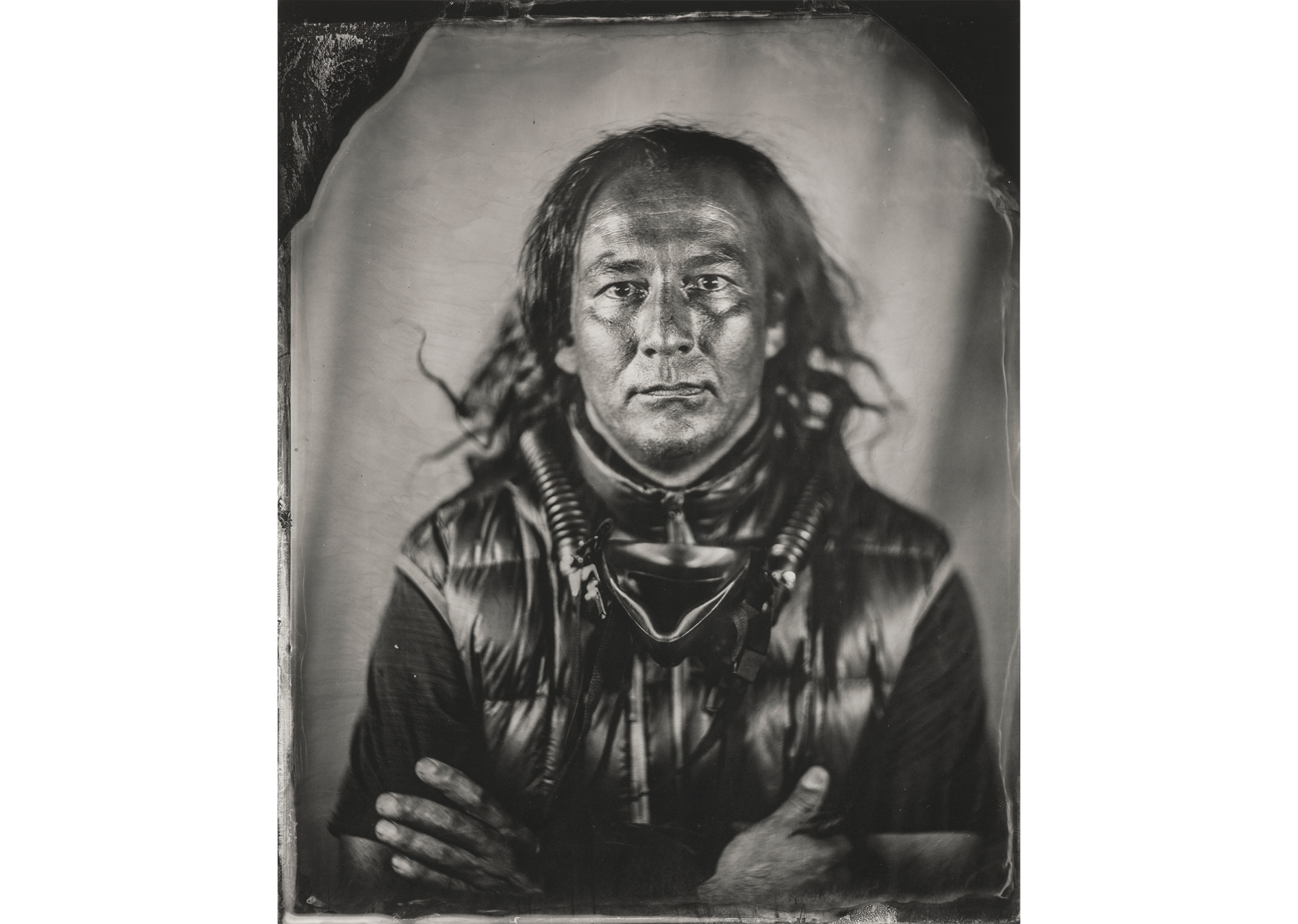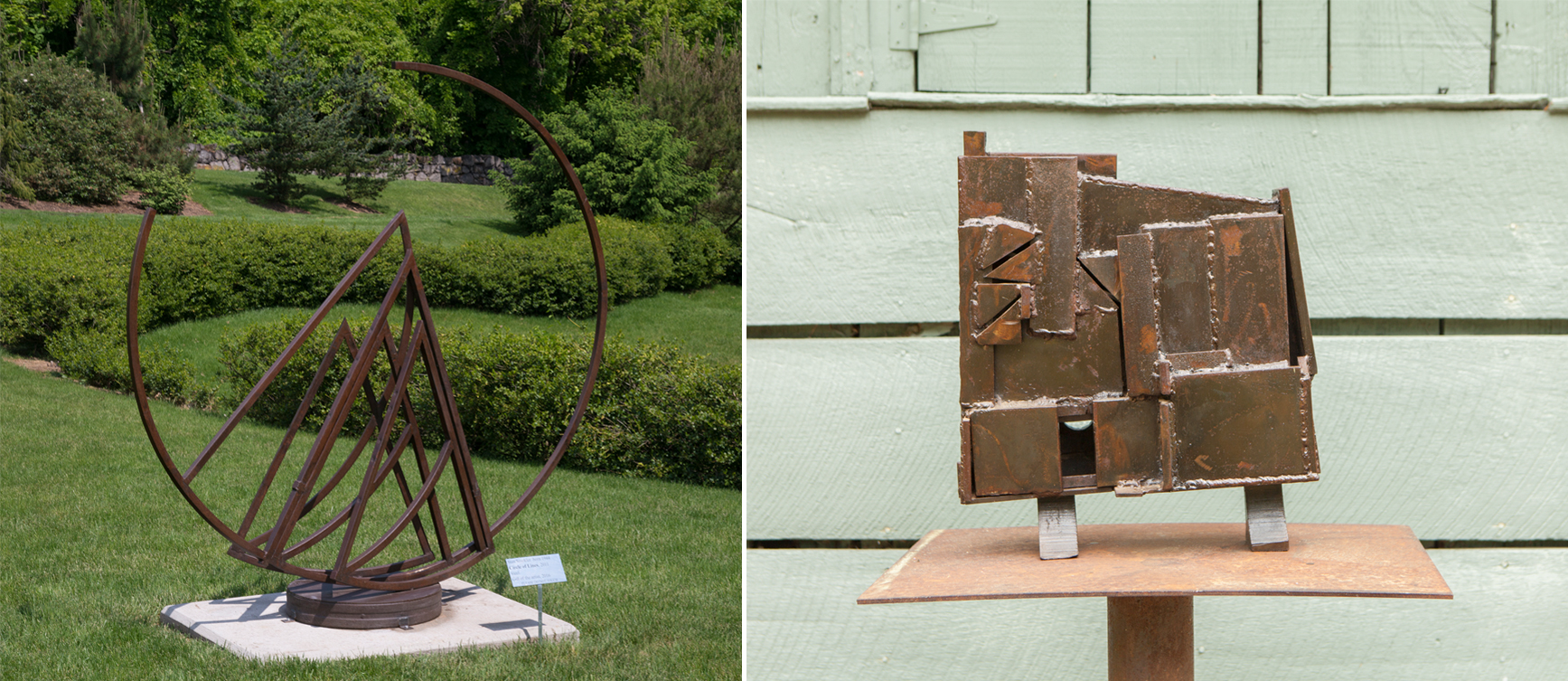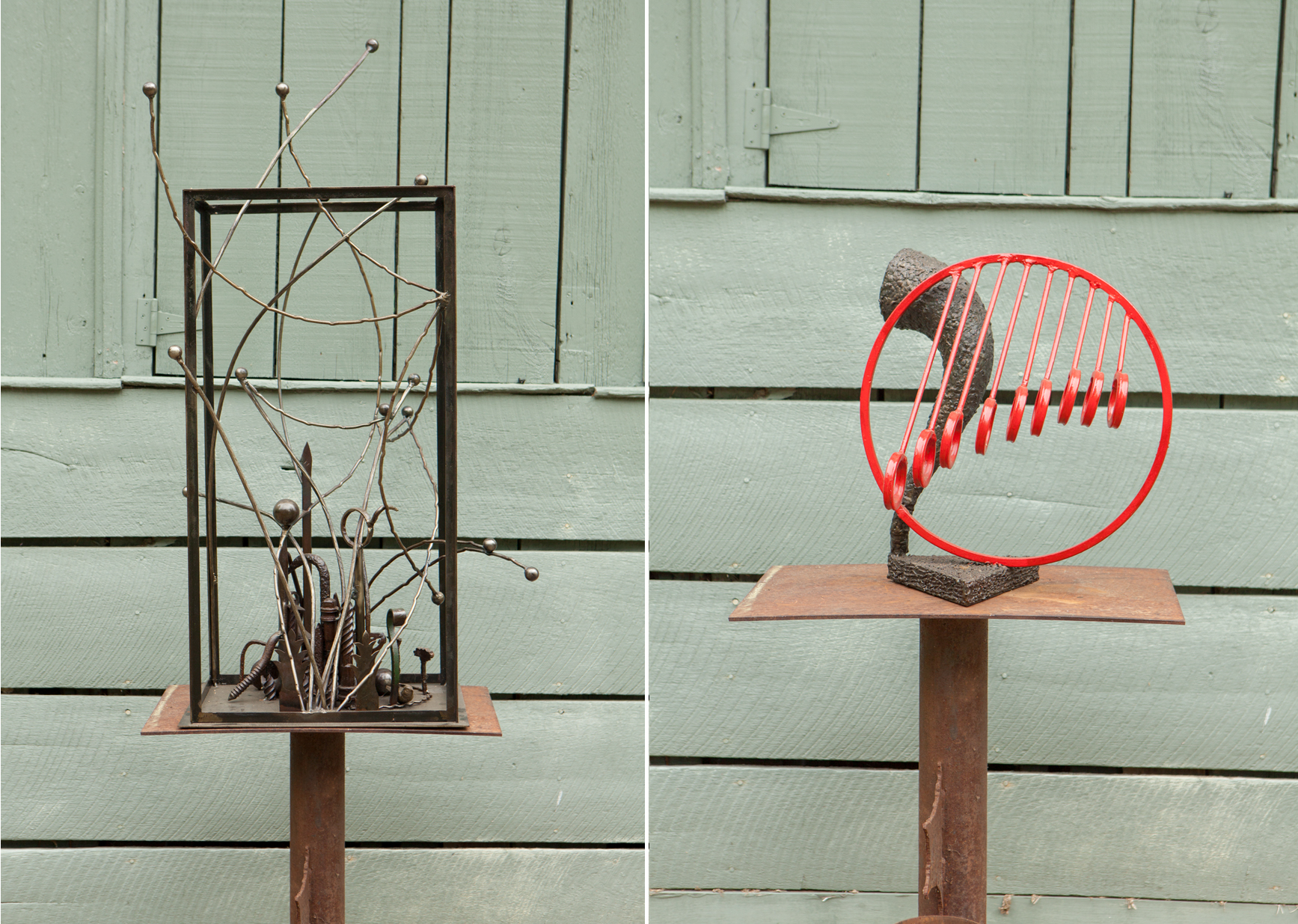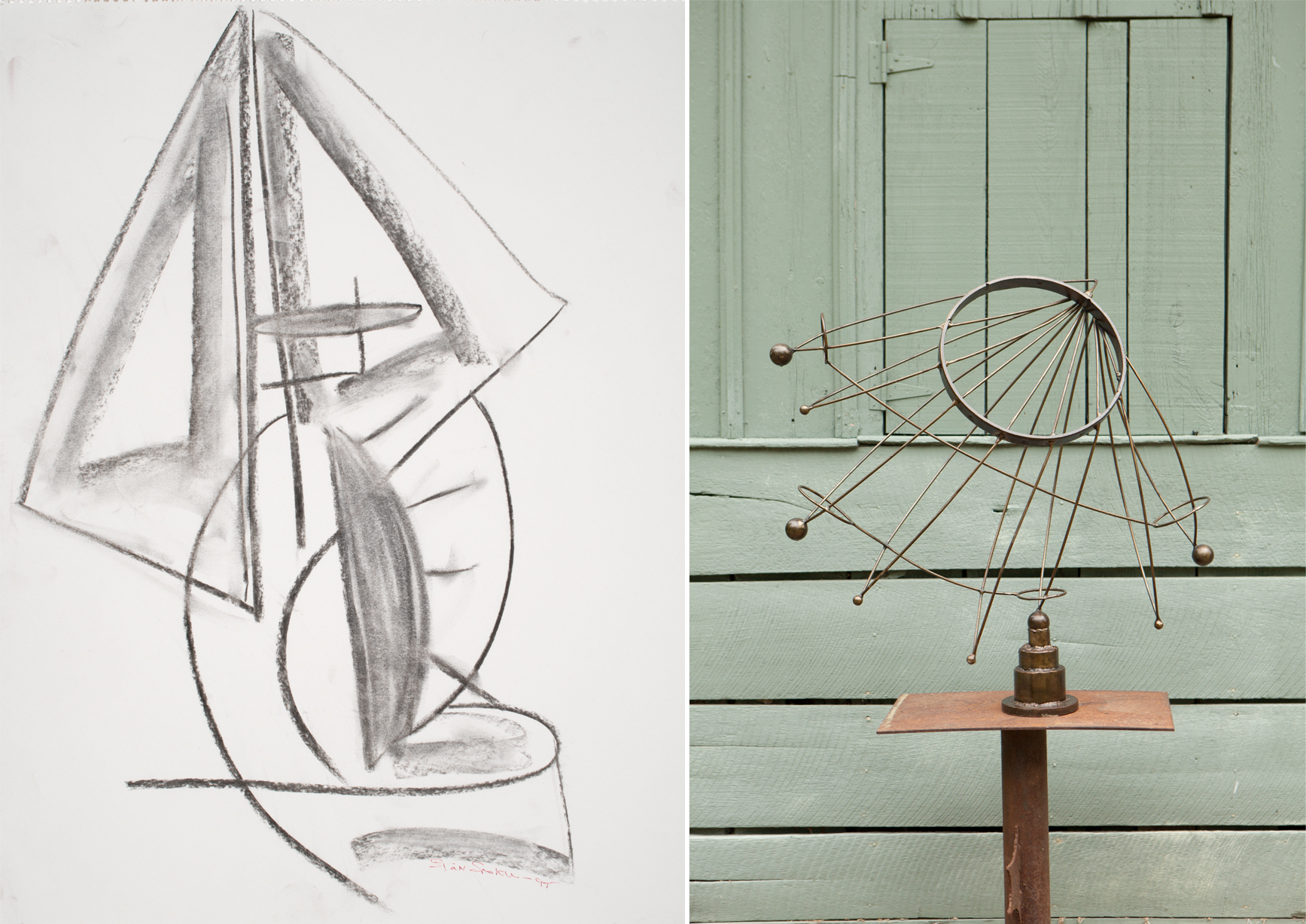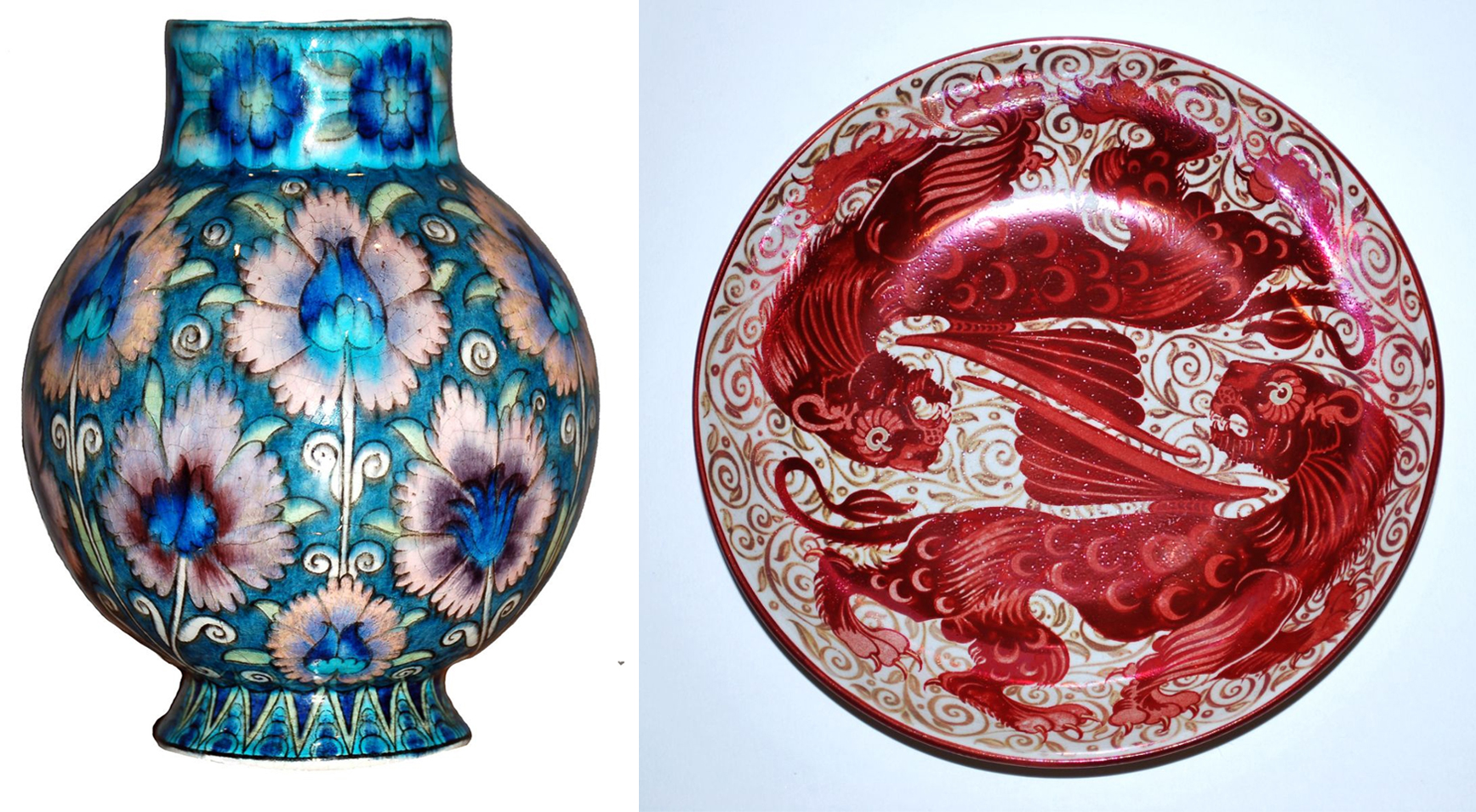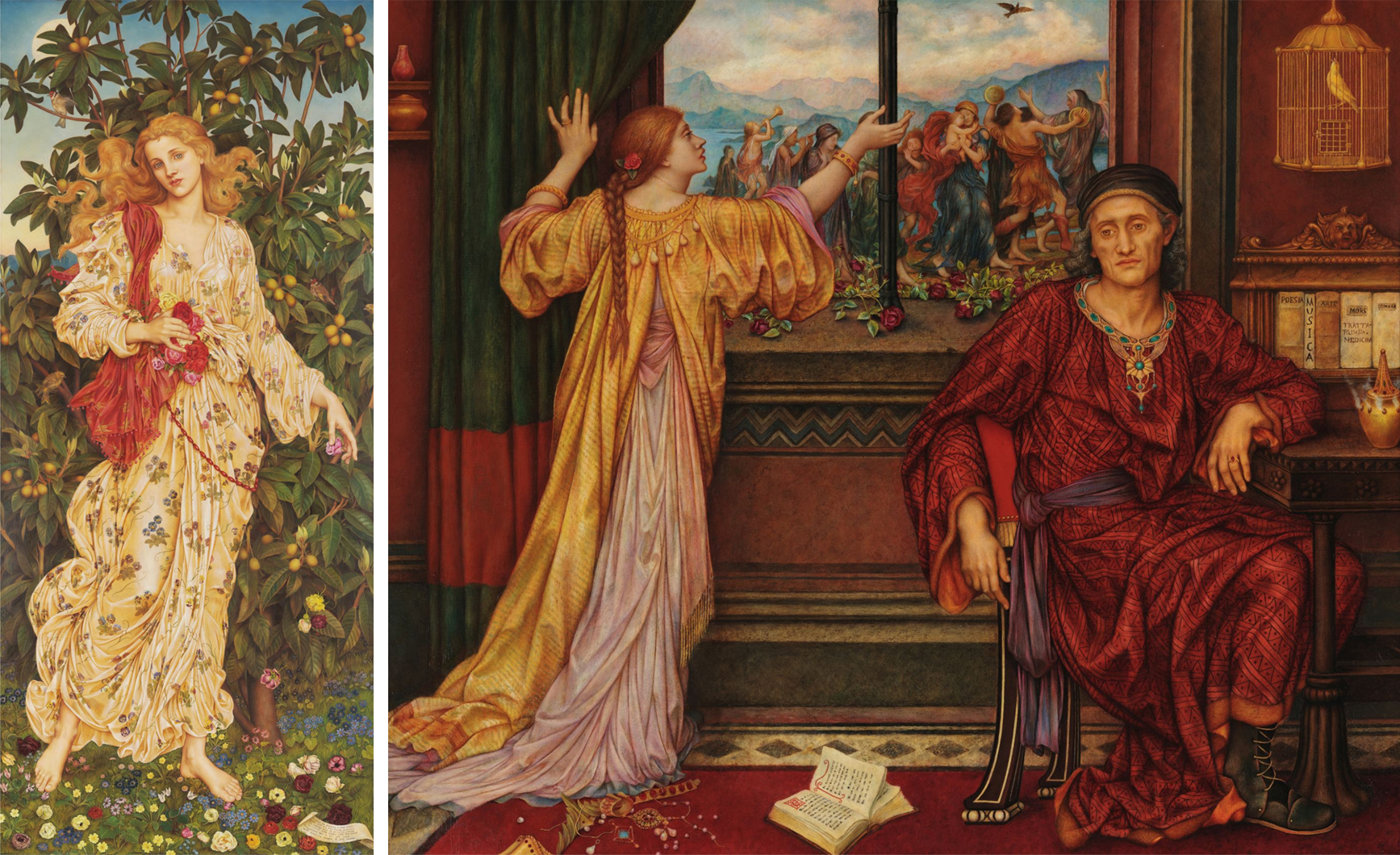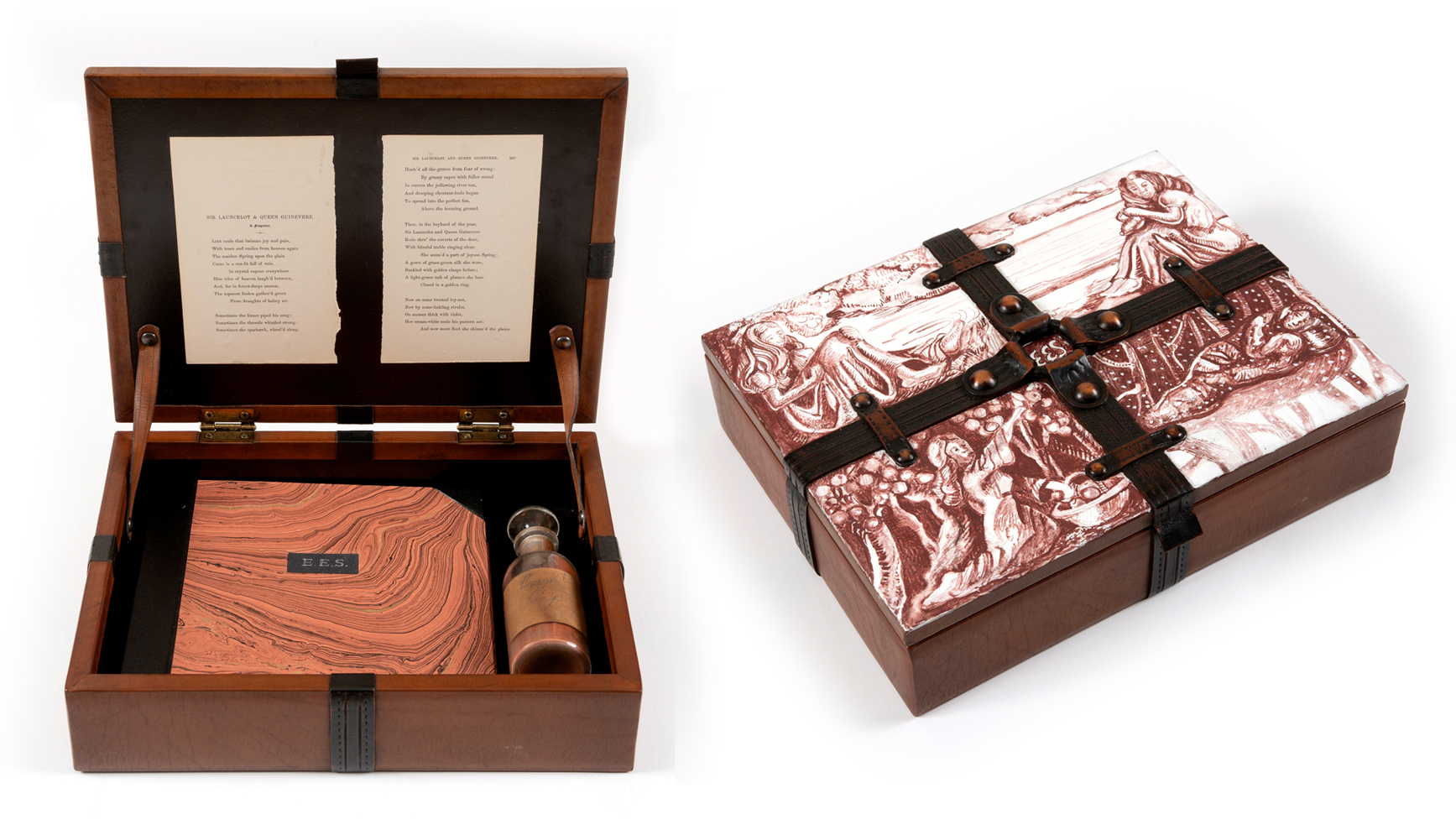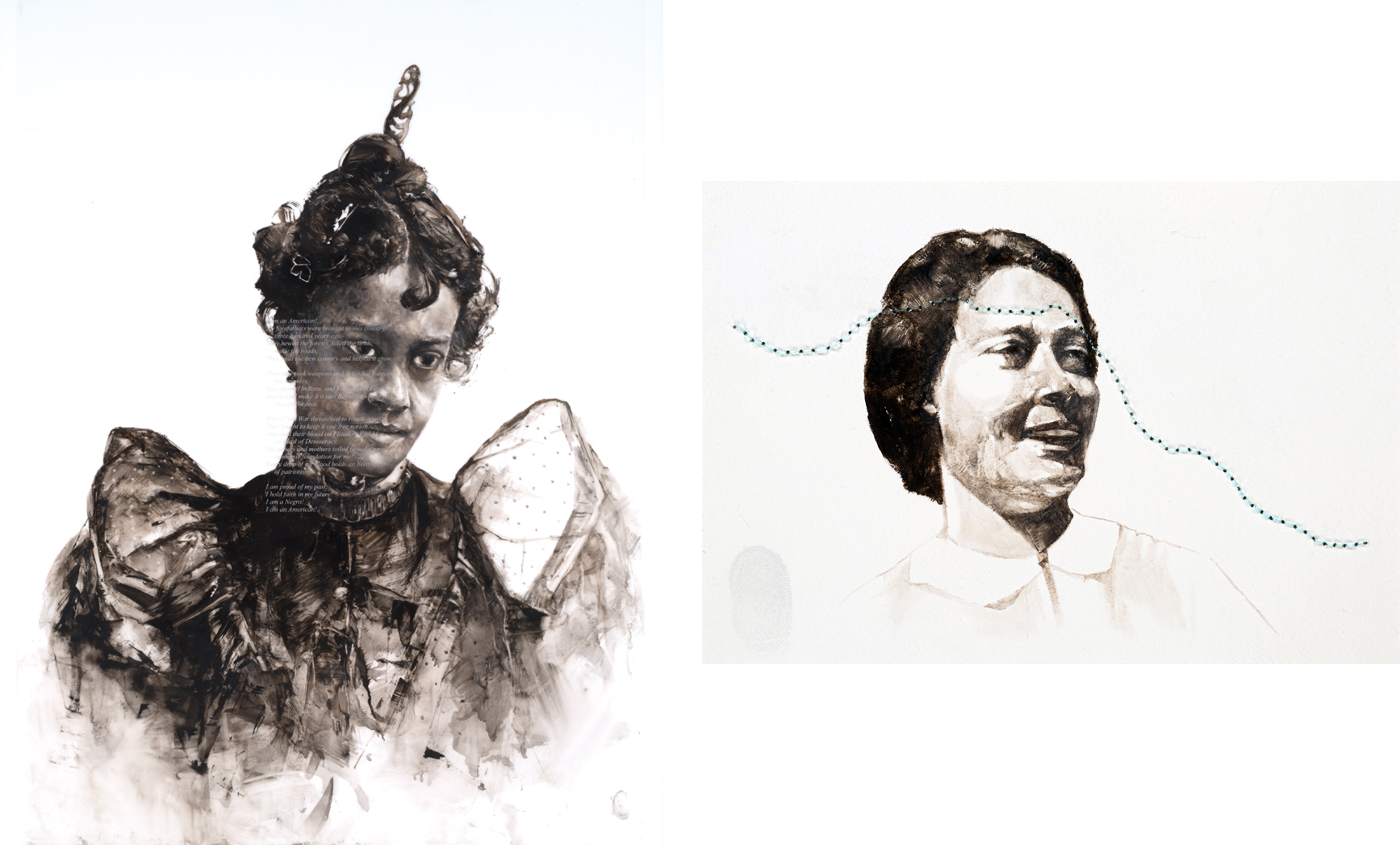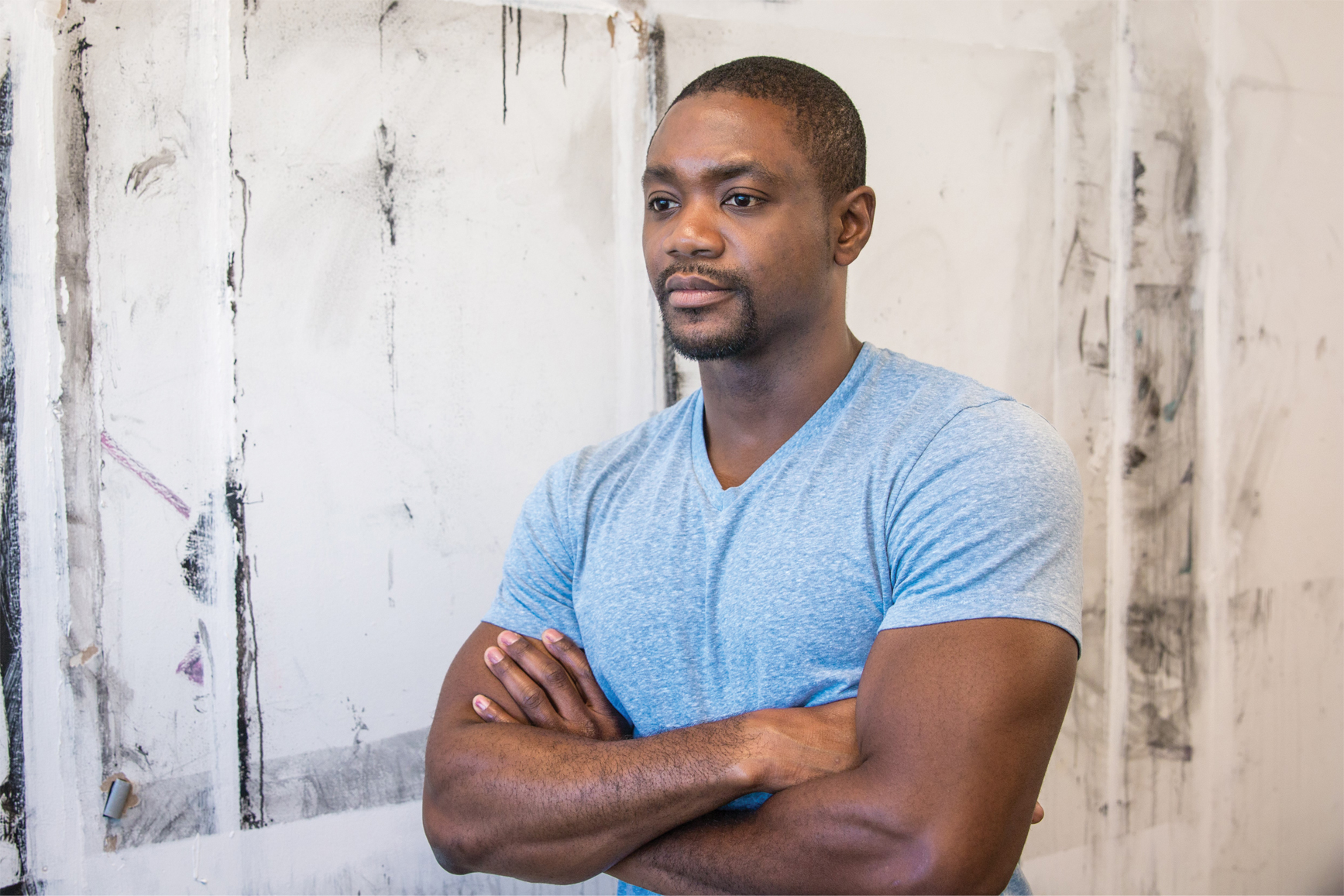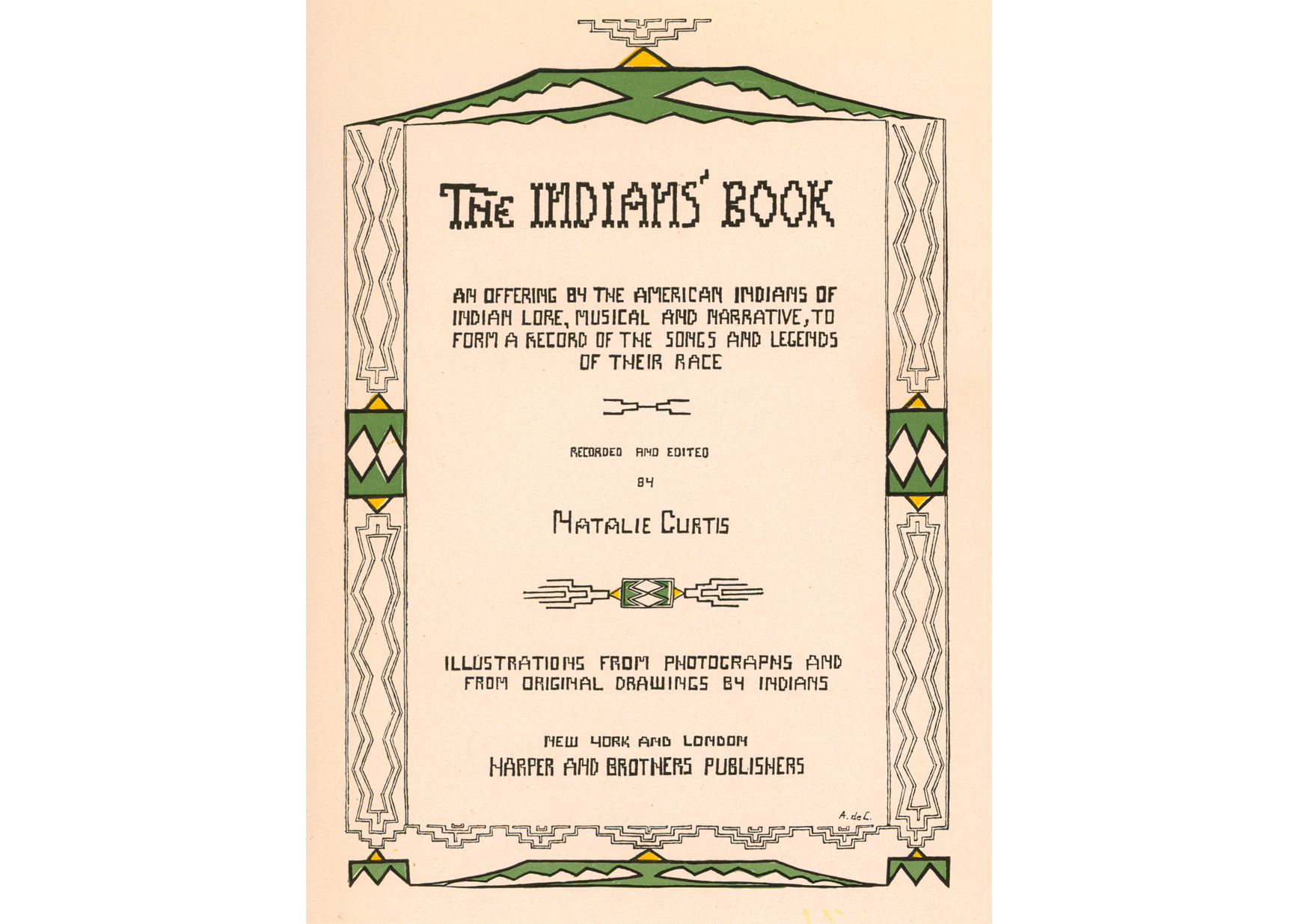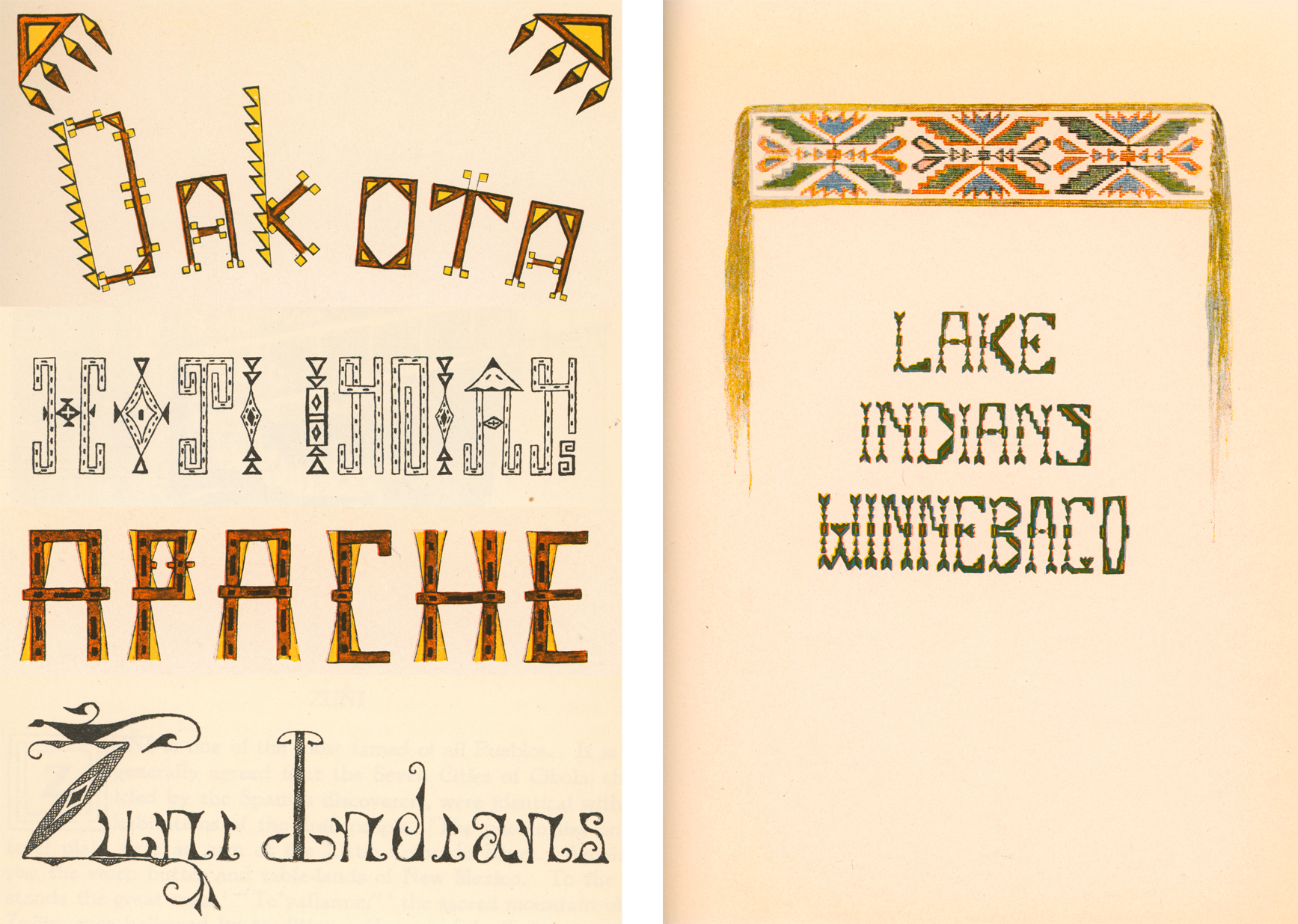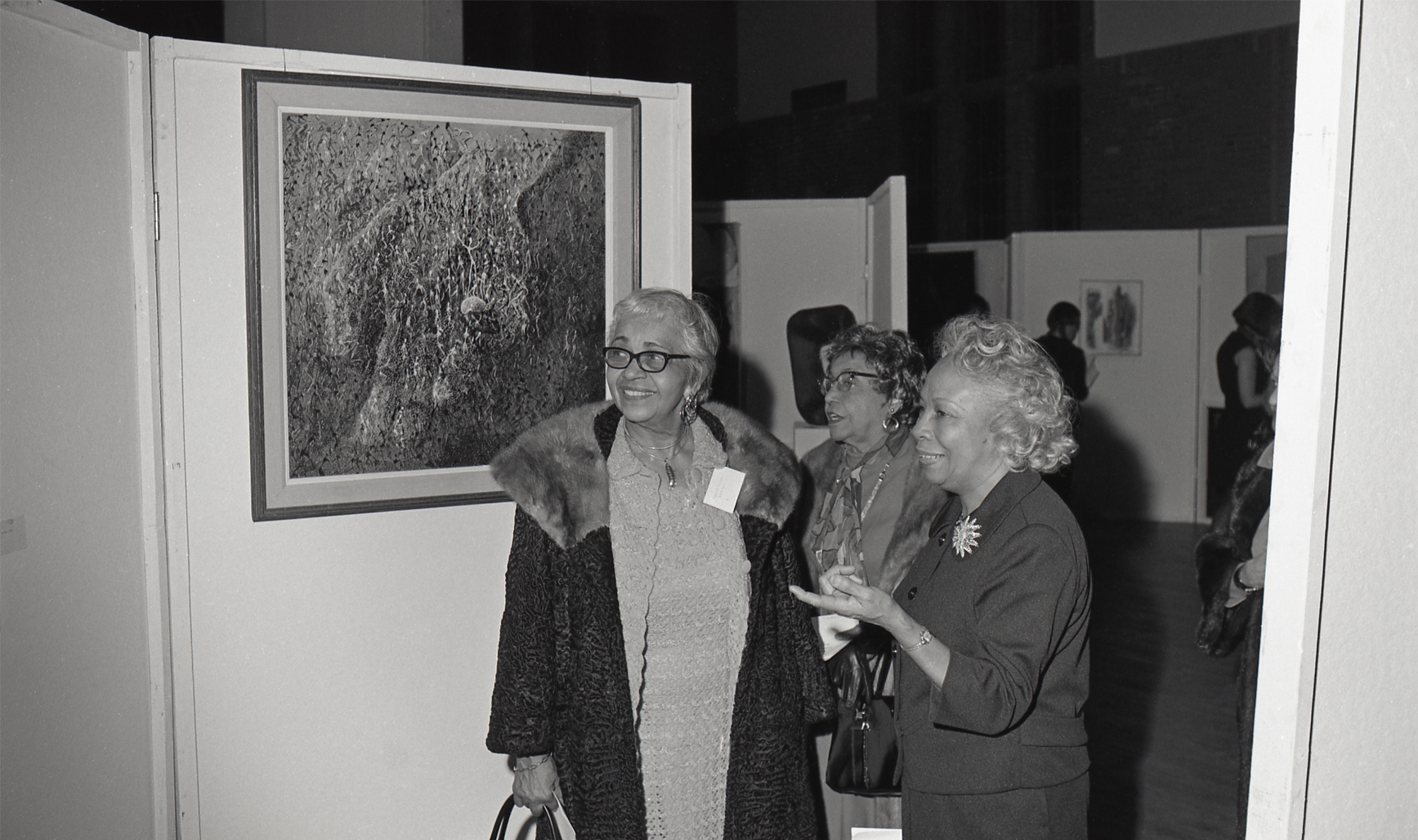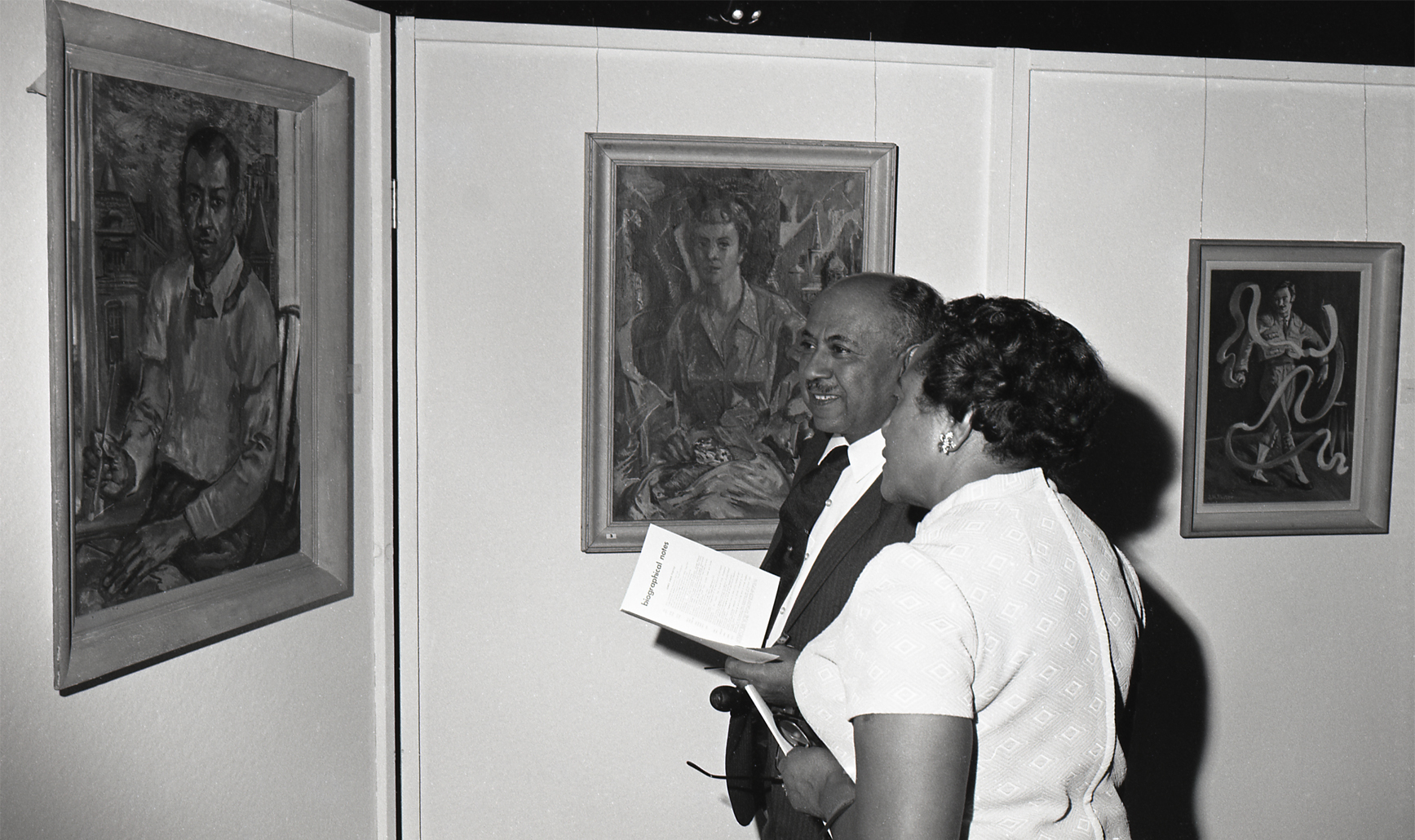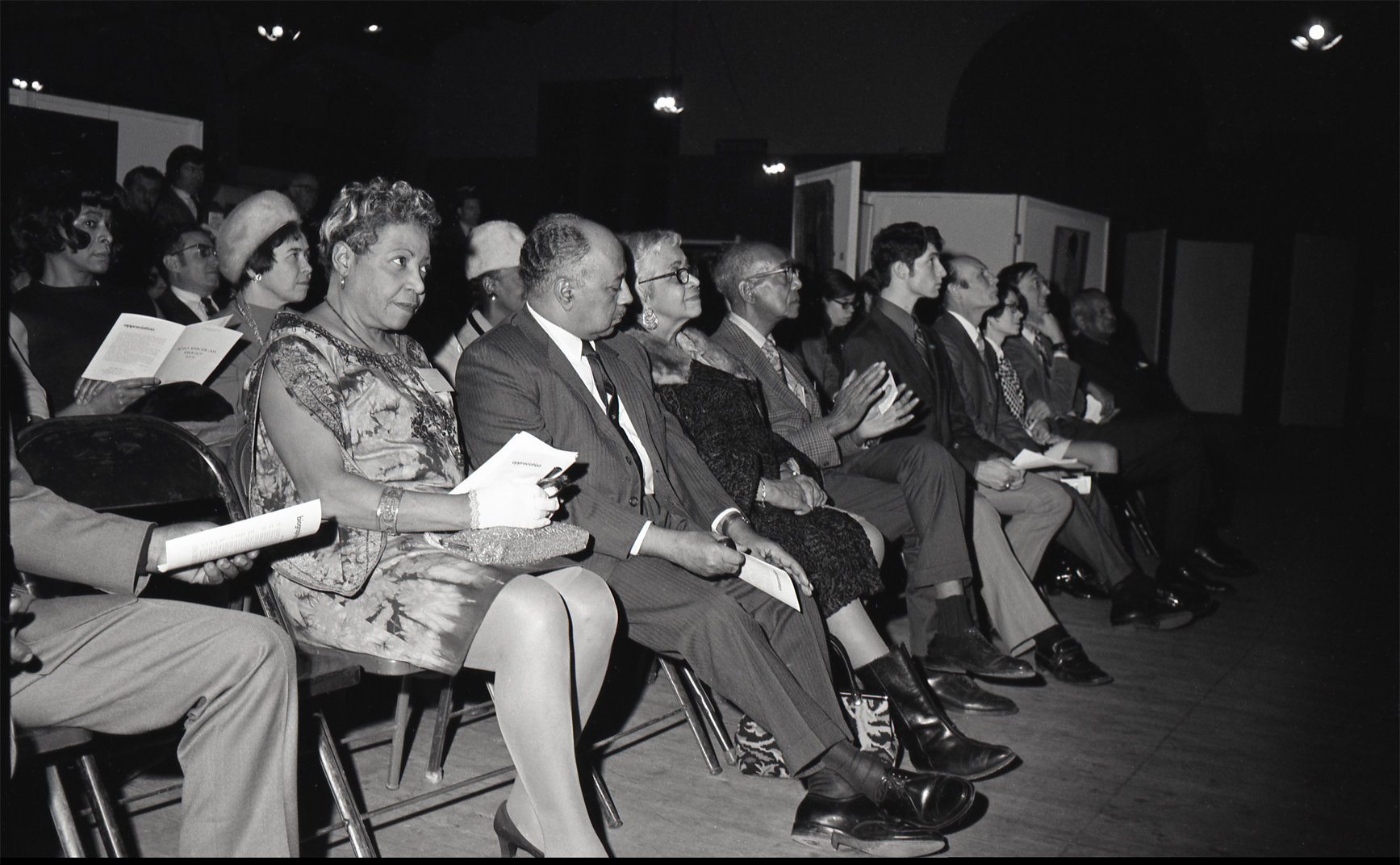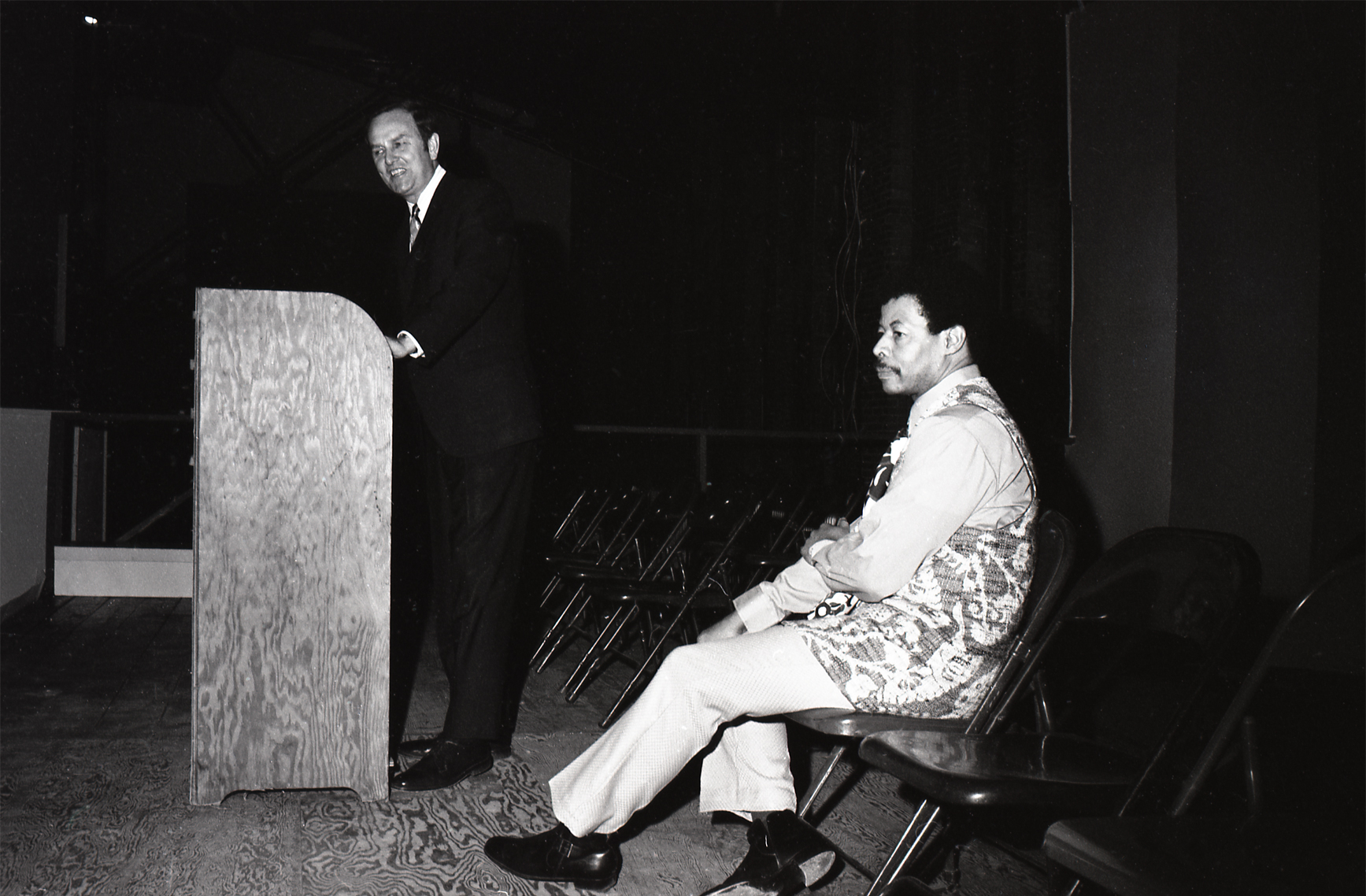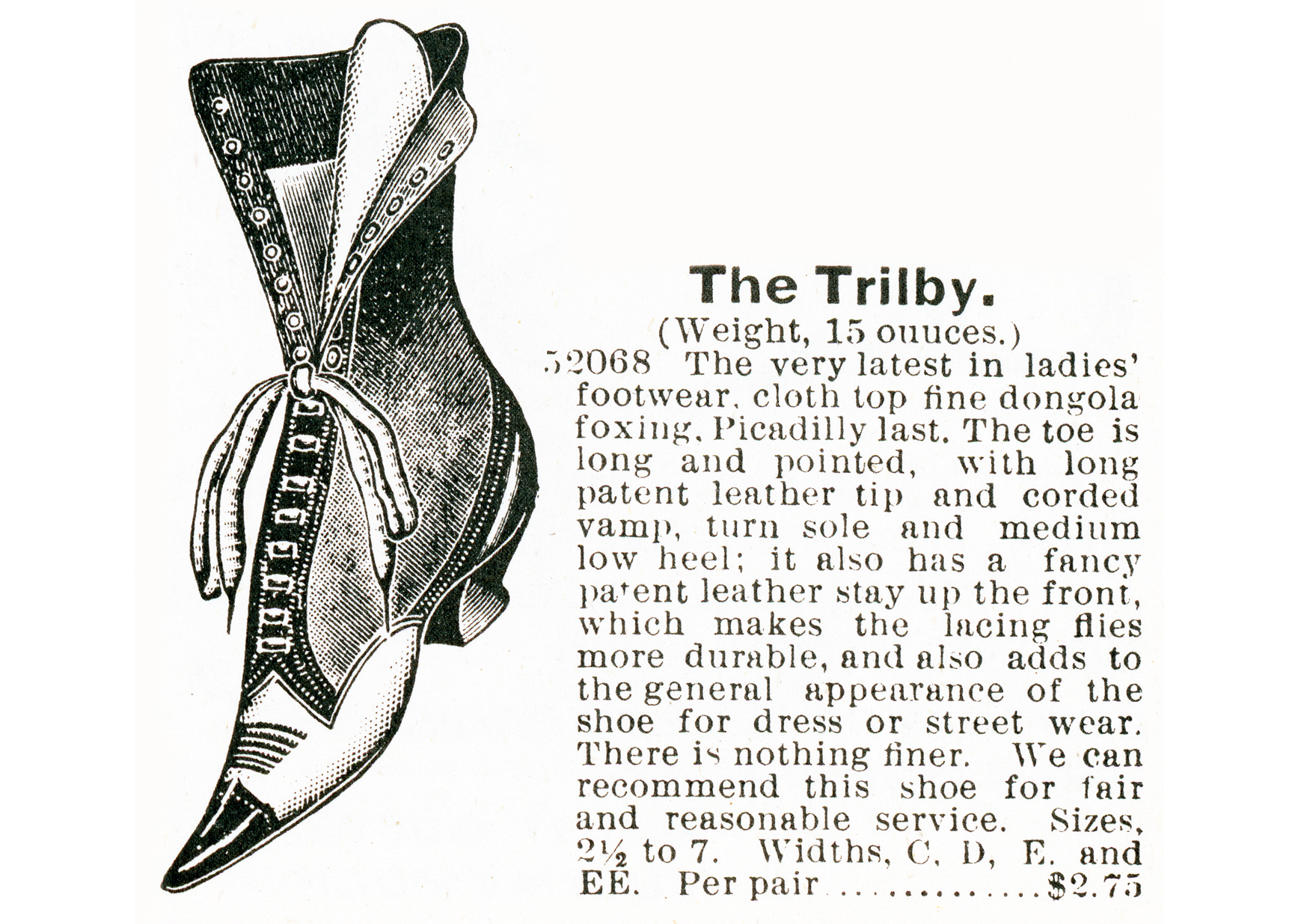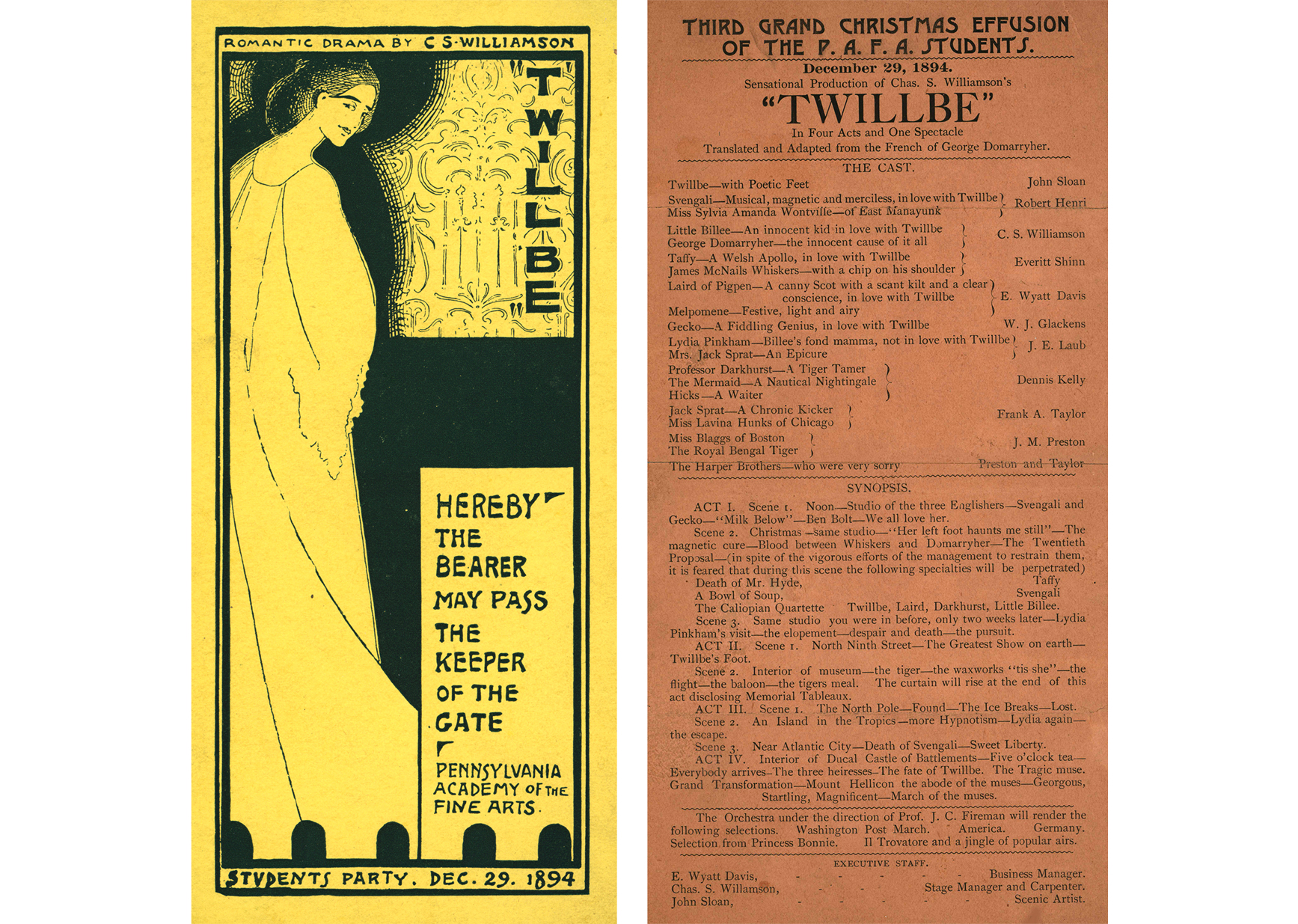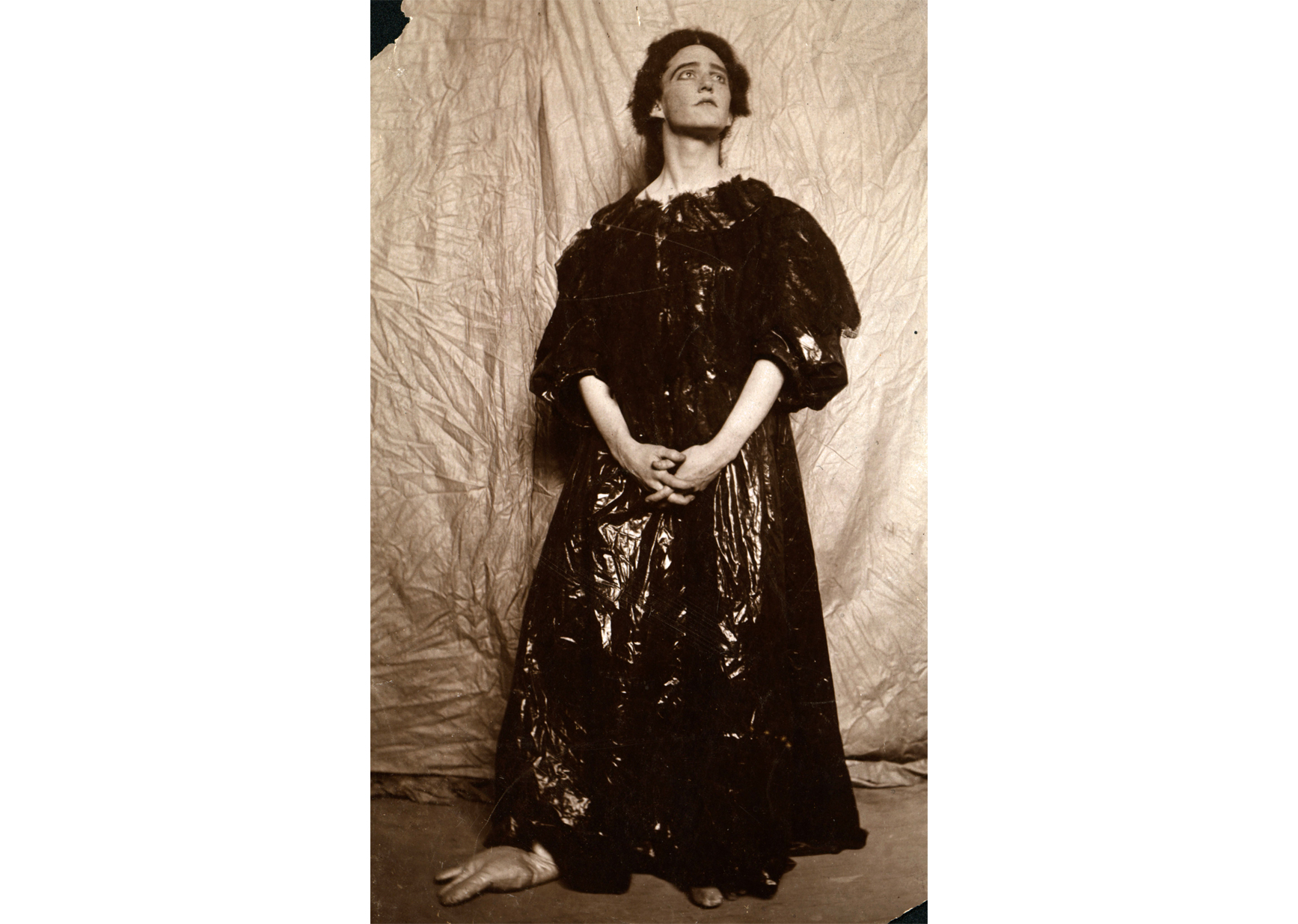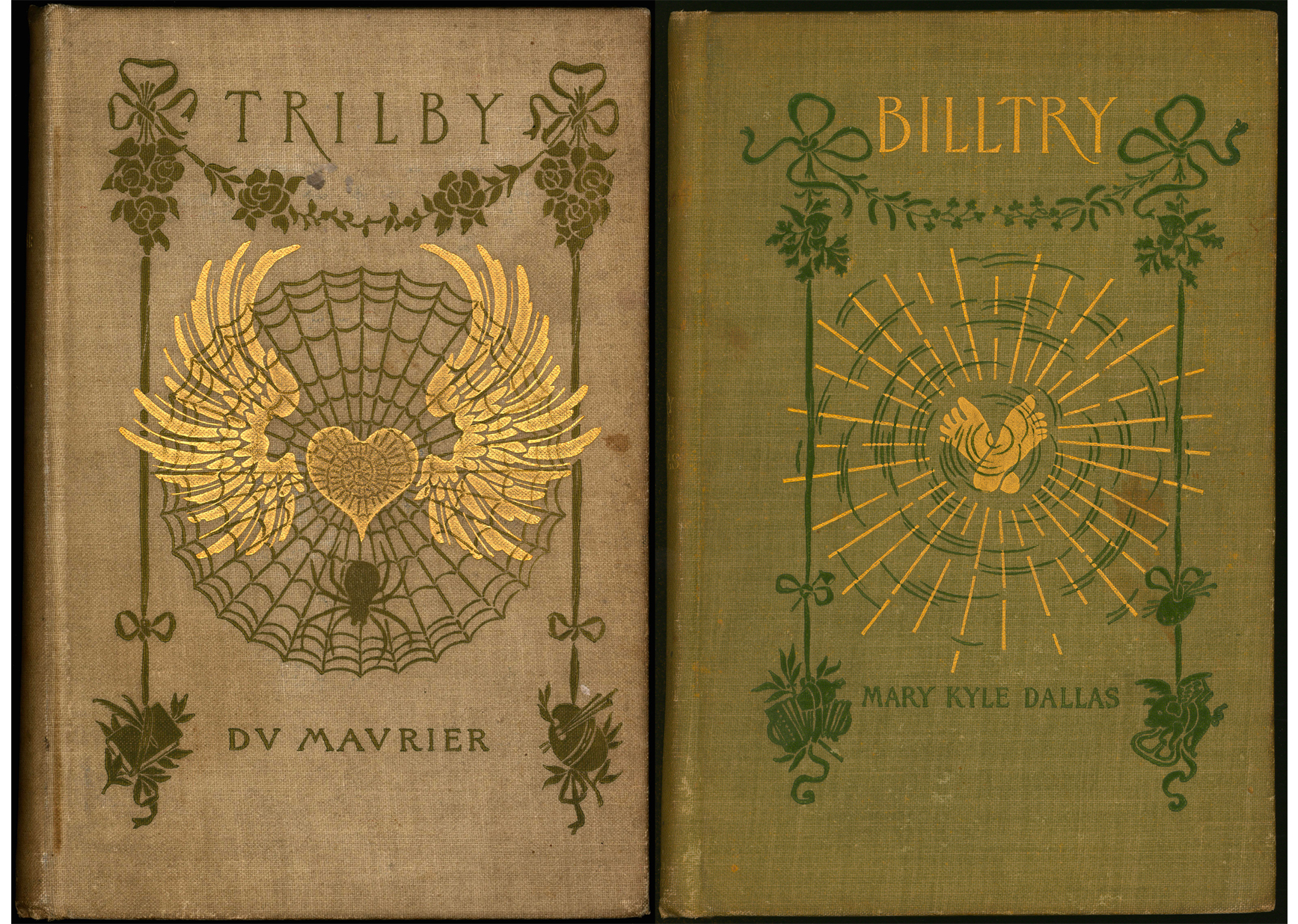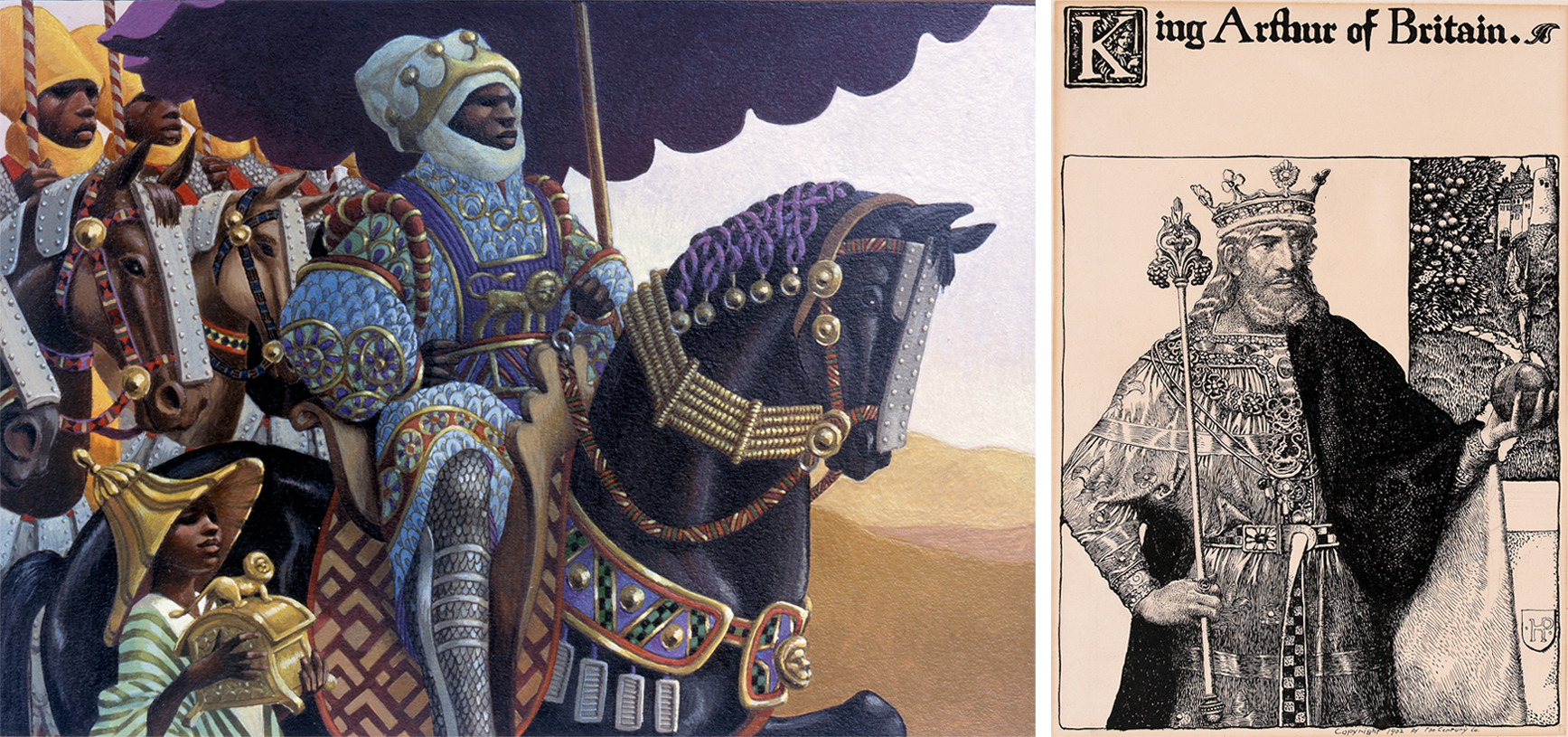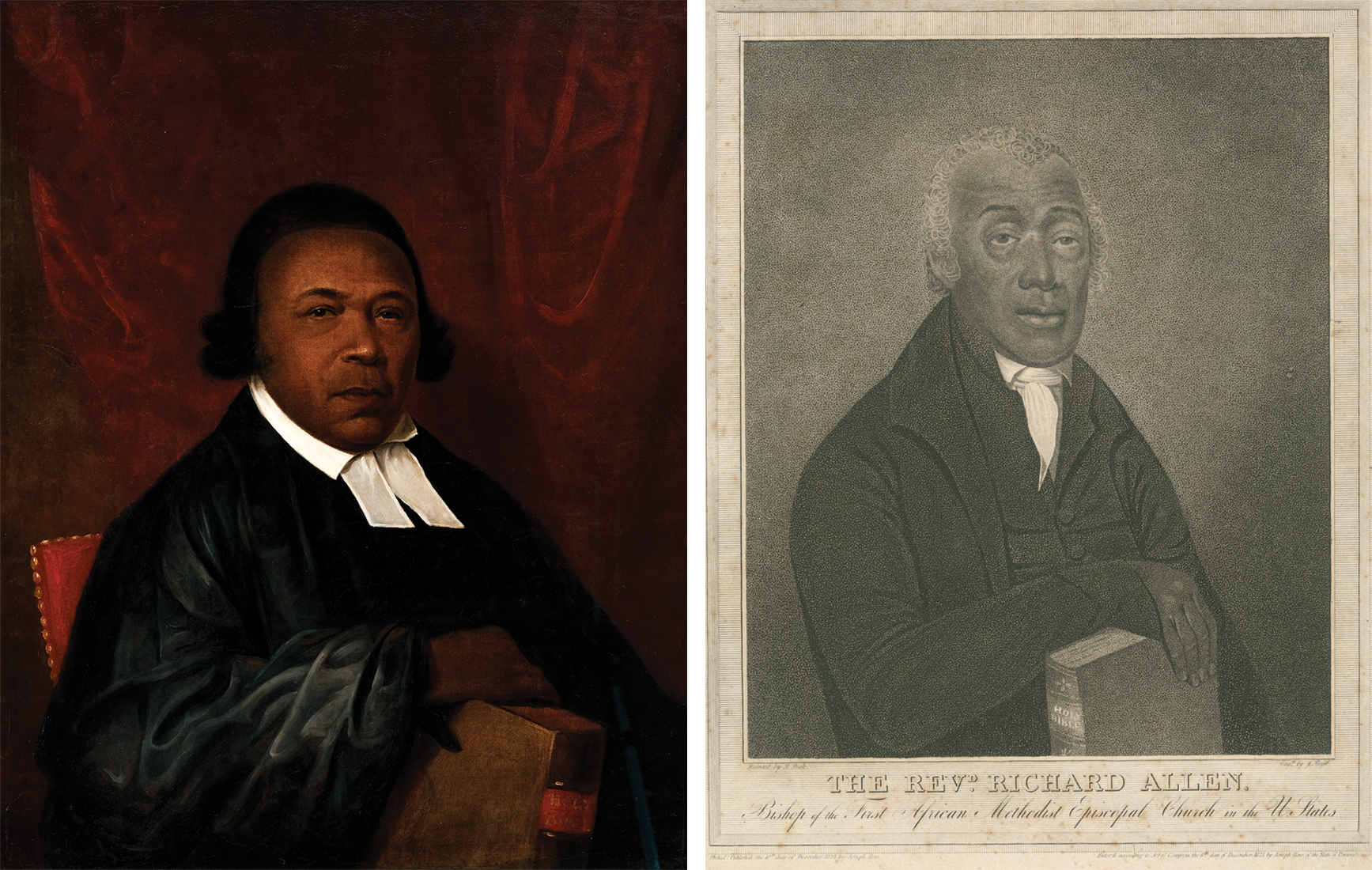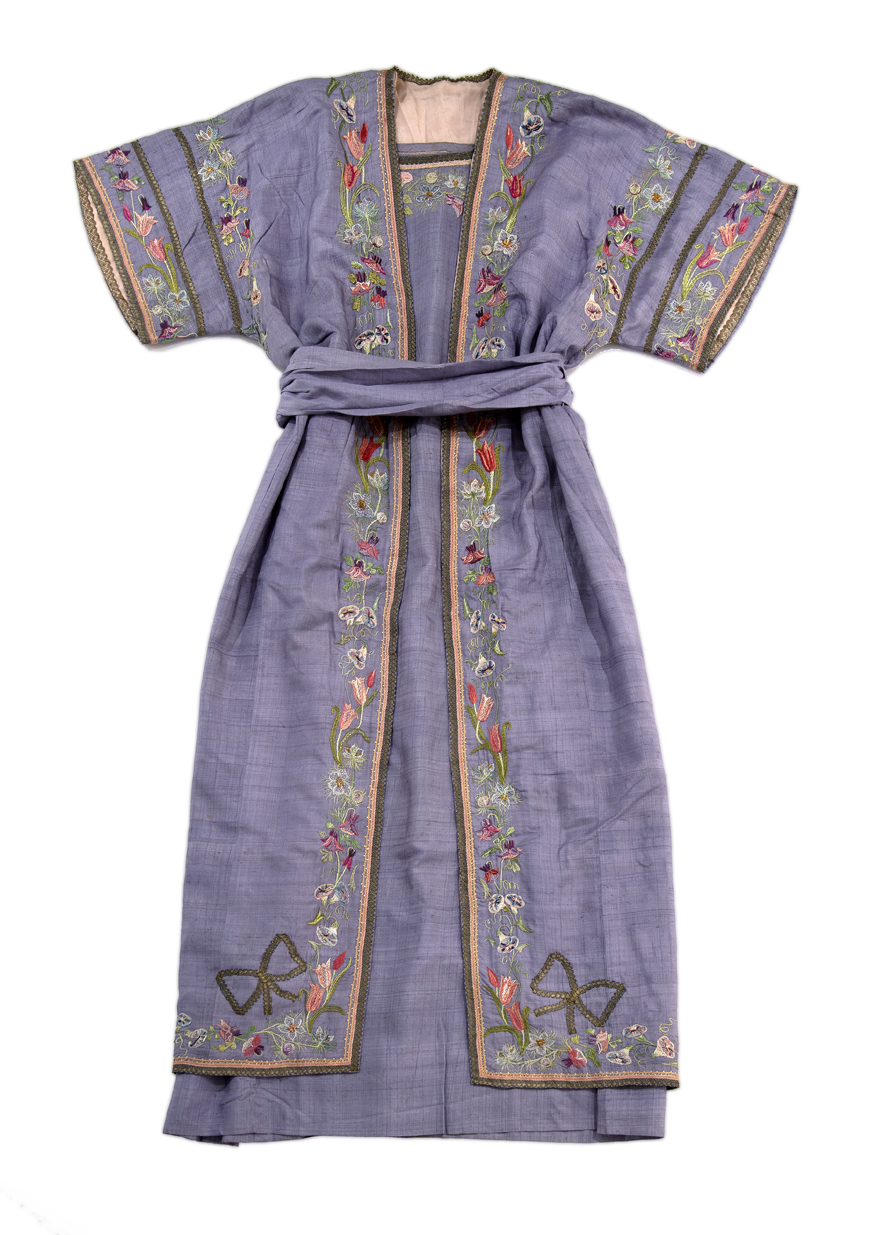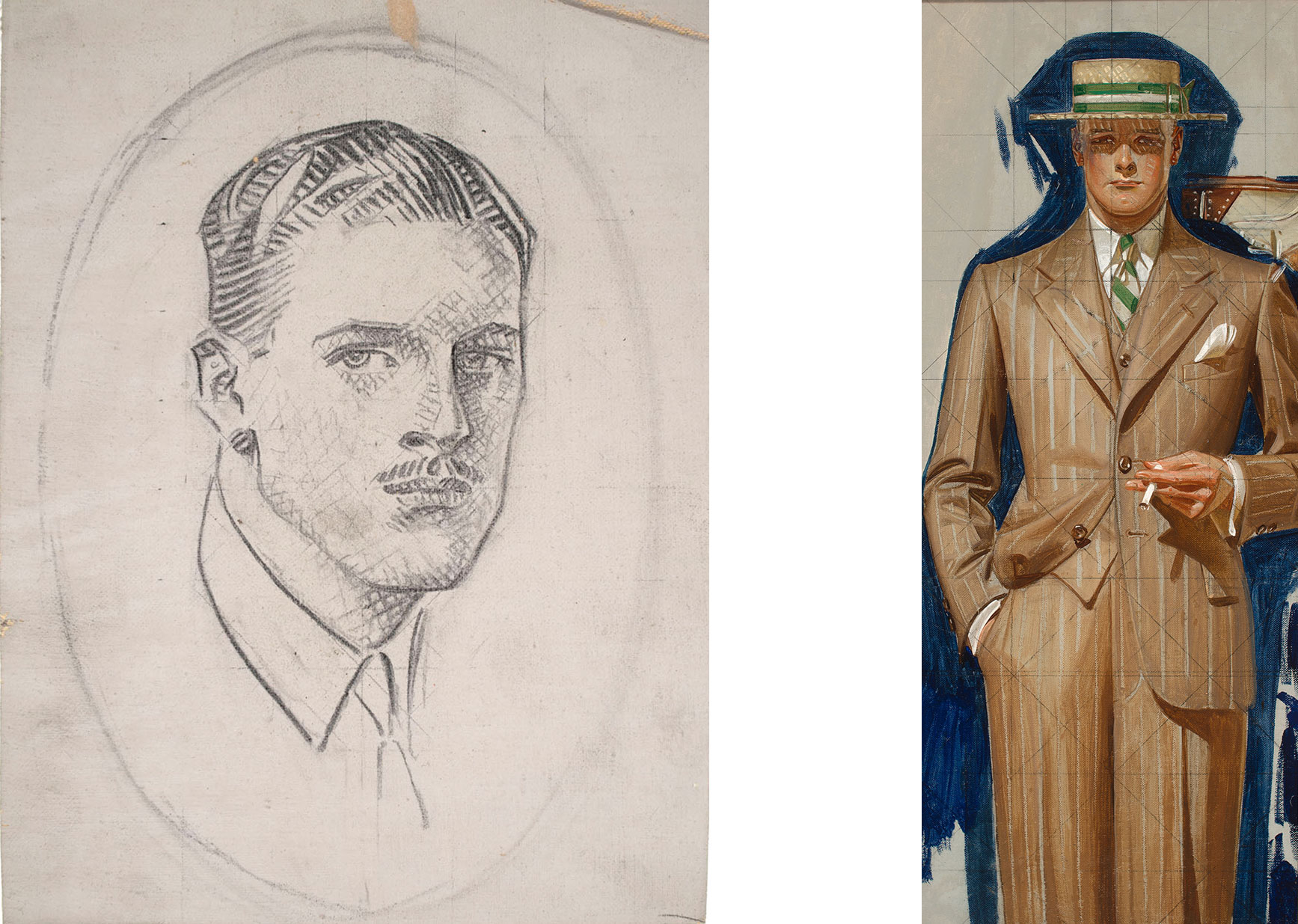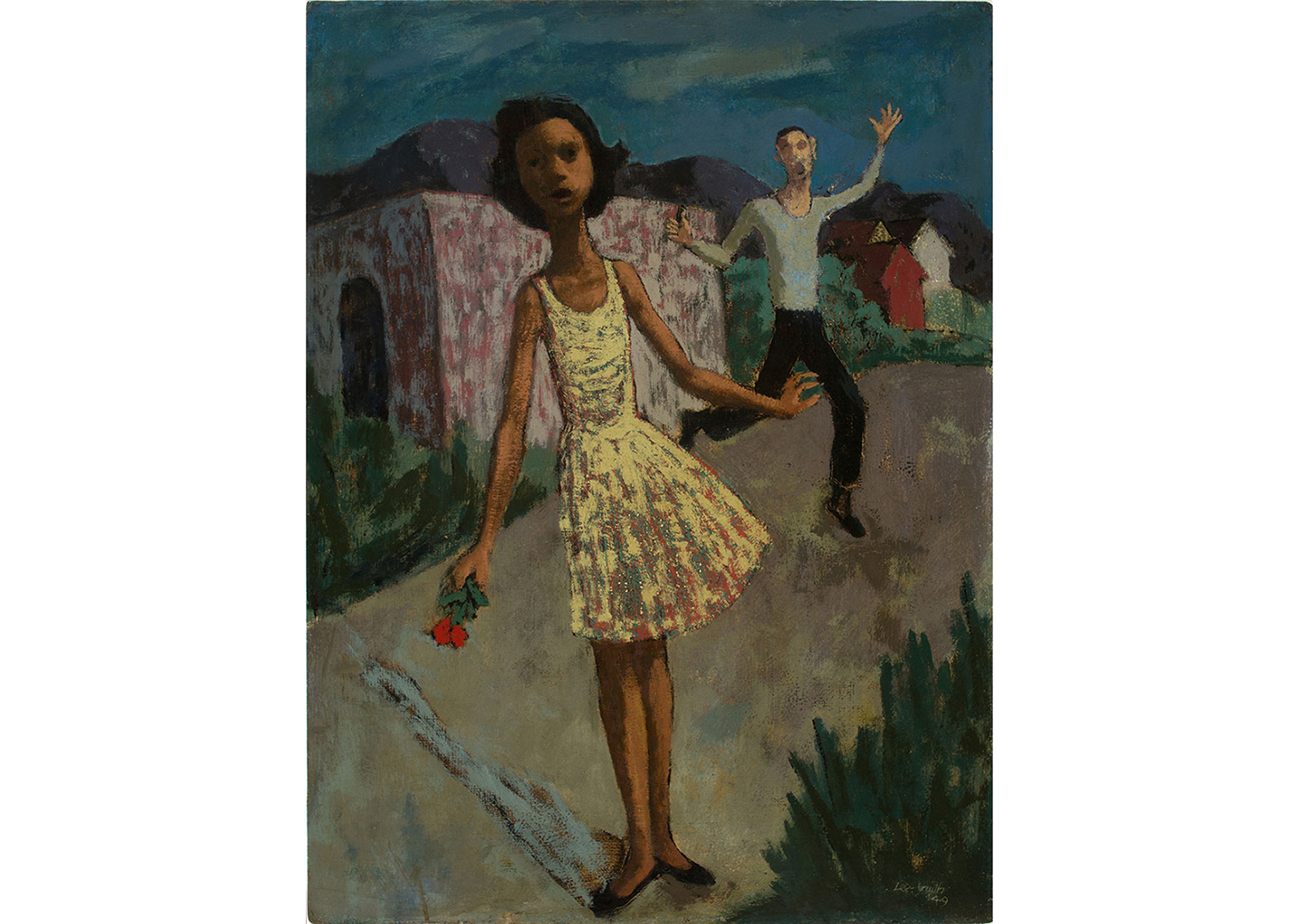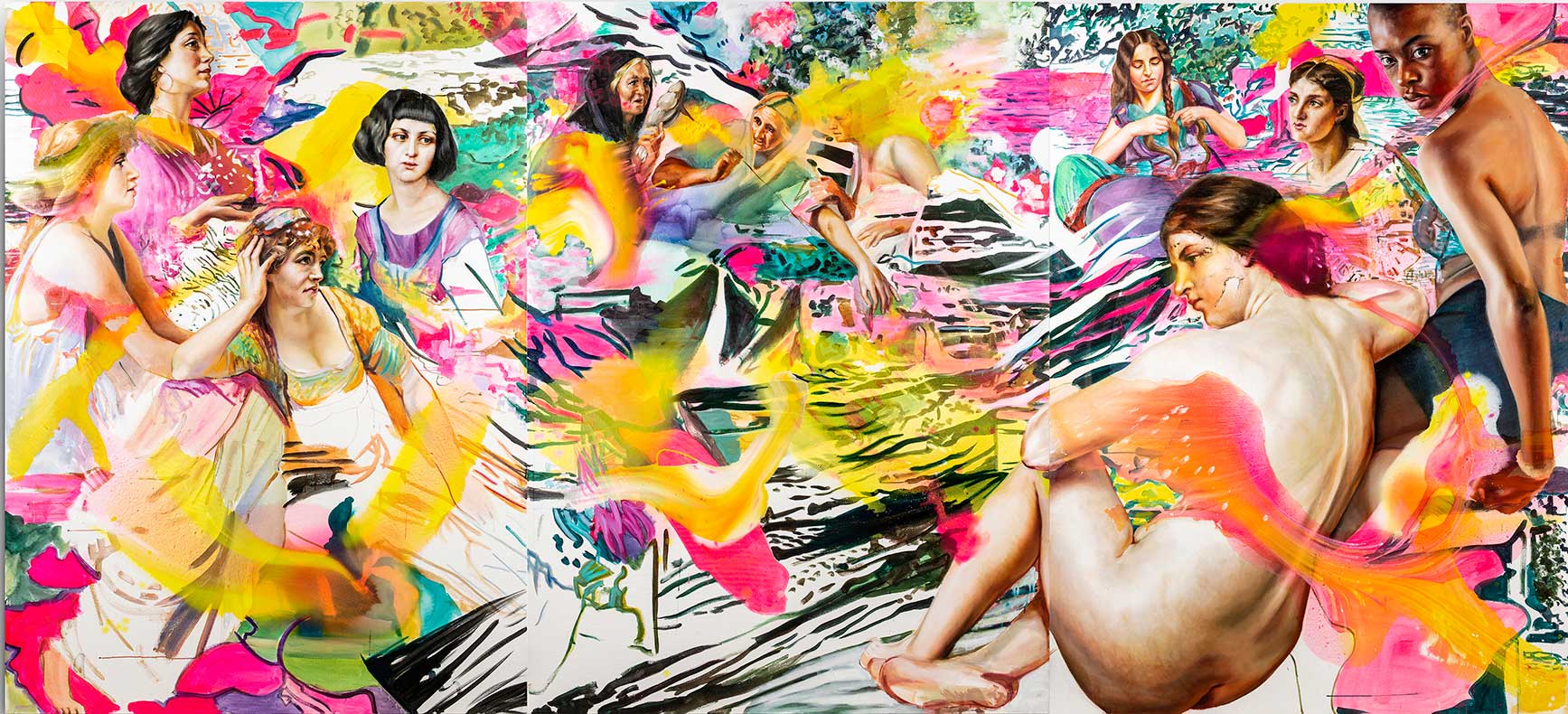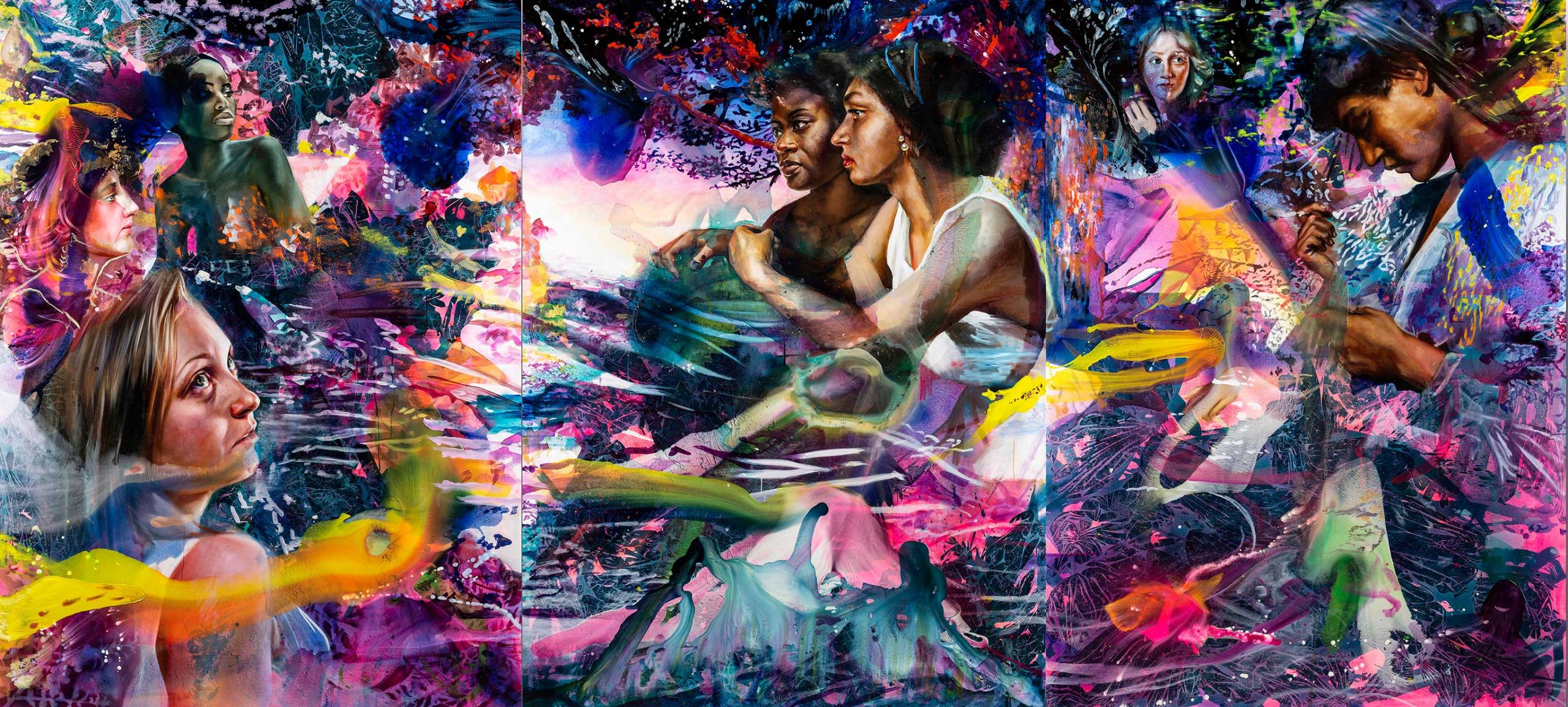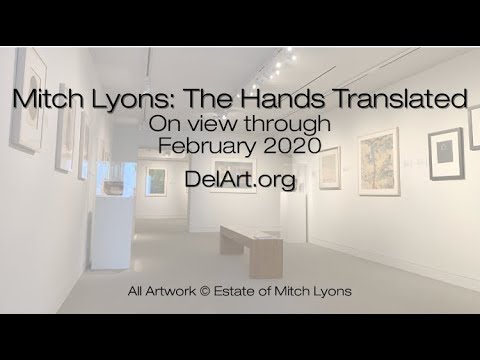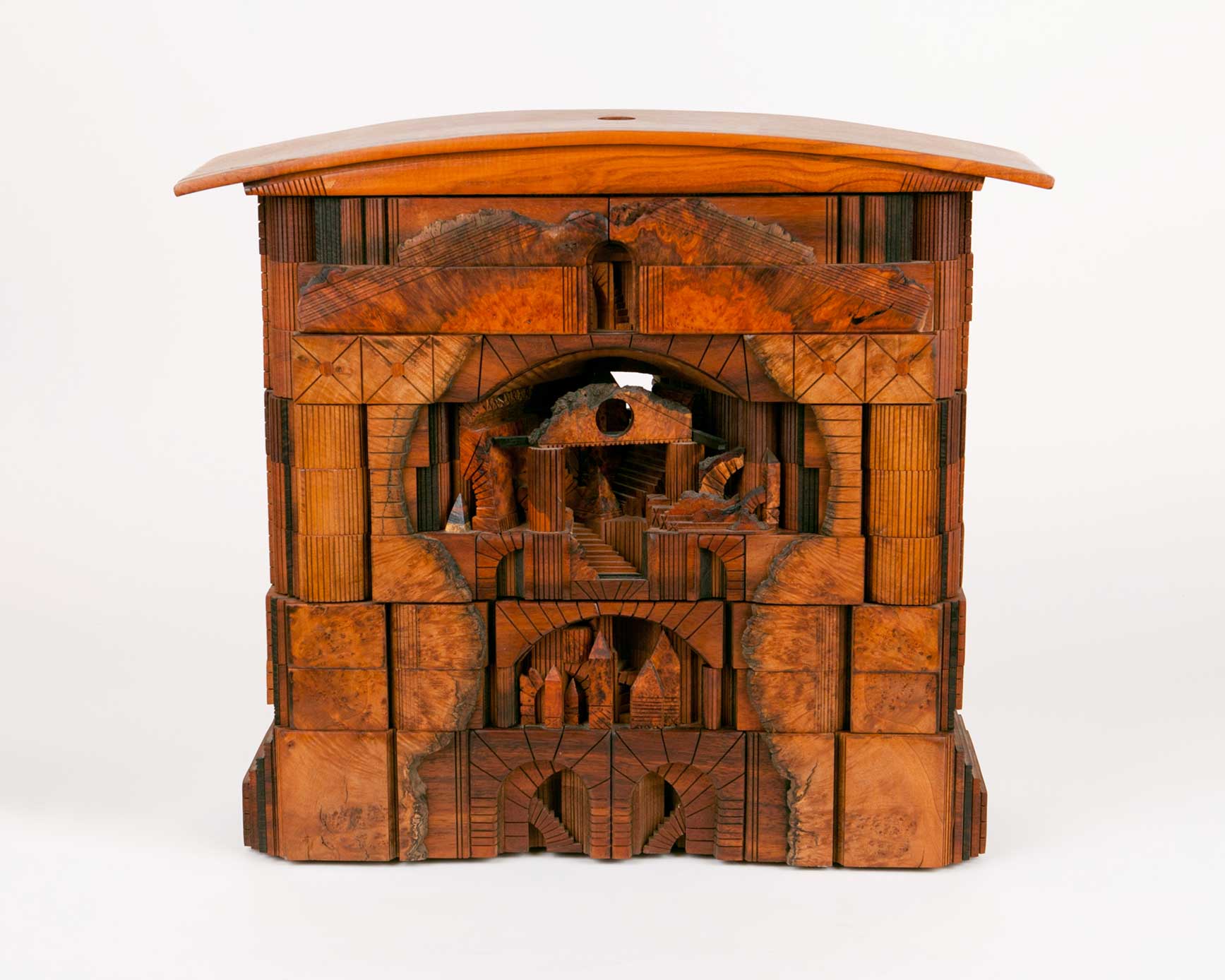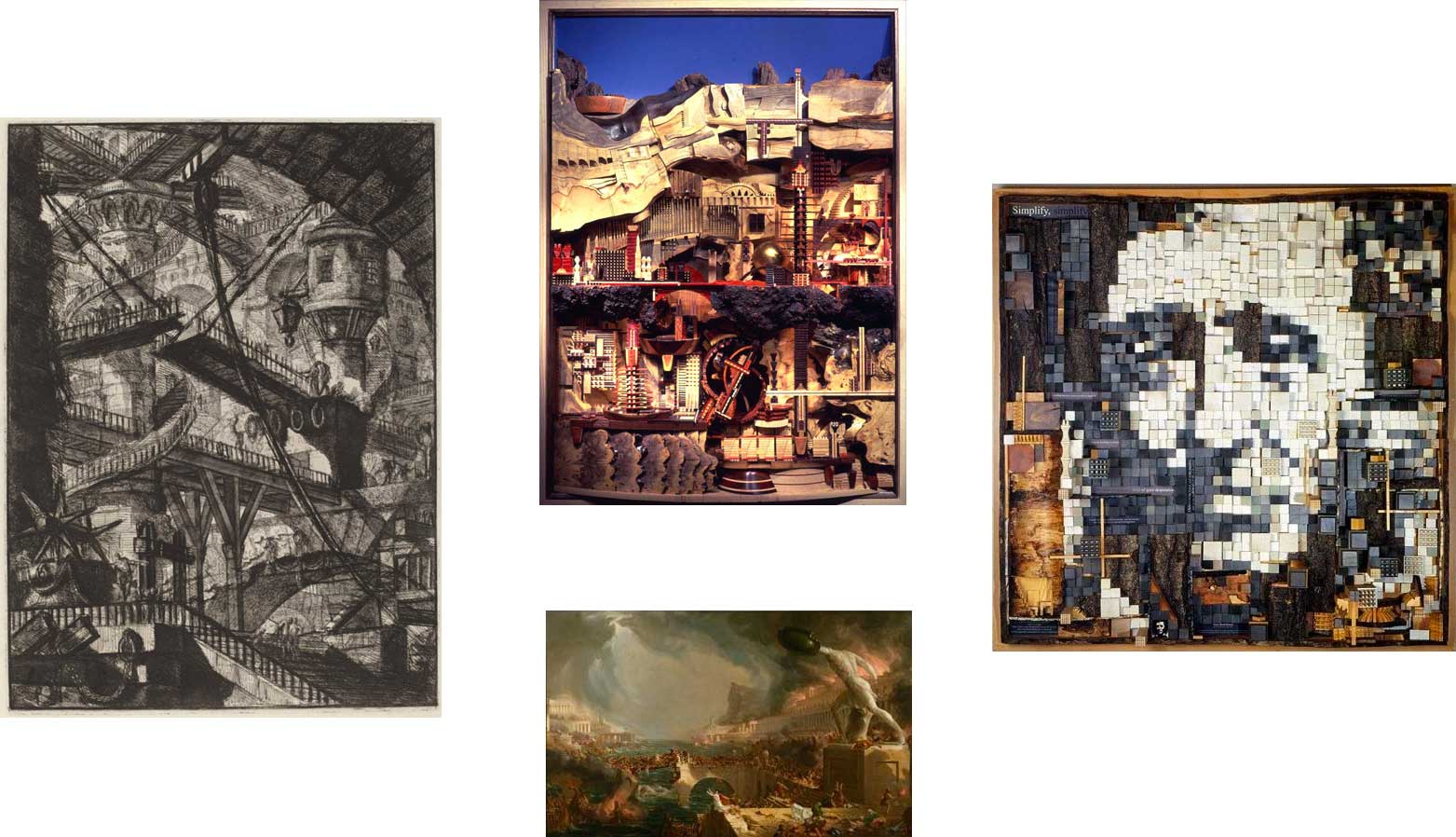Indigenous Peoples Month at DelArt
This Indigenous Peoples Month, I’m excited to invite you to join me for two powerful events that have opened my eyes to new dimensions of Indigenous culture. Specifically, through fashion, something I hadn’t experienced in this way before.
The journey begins with DelArt Night: Living Indigenously on November 13. On that evening, in the Museum’s Orientation Hallway, Photographer Teko Alejo (Chichimeca and Huasteco lineage) presents deeply personal and moving images that document Indigenous ceremony, resistance, and everyday life with intimacy and authenticity. The library lobby, directly next door, will feature a companion exhibition showcasing works by Indigenous artists from across the country, highlighting identity, resilience, and what it means to live Indigenously today.
There will also be a panel discussion with Teko Alejo and fashion designer Kayla Lookinghorse (Hunkpapa, Itazipco Lakota, and Dakota), hosted by Doris “Cleansing Cedar” Coopers of the Lenni-Lenape Nation, and a live DJ will add energy to the night, creating space for celebration!

The next day brings something entirely new for me! On November 14, we will hosting a fashion show entitled Living Indigenously: Through the Culture of Fashion. This will be my first true experience with Indigenous fashion, and how deeply it connects to identity, history, and a vision for the future. The night begins by honoring the Delaware Nanticoke Indian and New Jersey Nanticoke Lenni-Lenape Tribal Nations. It continues with designer Julieta Zavala’s designs, inspired by the Nahua people of Mexica, and culminates with the visionary work of Kayla Lookinghorse, whose designs draw from her Lakota and Dakota heritage to envision a future where Indigenous traditions are not only remembered but are worn, celebrated, and carried forward. The evening will also include a live performance by Nataanii Means and a powerful opening drumming ceremony by the Red Blanket Singers!

Conversations with Delaware’s Indigenous Community
Some years ago, I had the honor of being invited to the Nanticoke Museum in Lewes, Delaware to interview prominent figures of the tribe. I was moved by the history lesson I received and was excited to learn about “Regalia” which is the term used to describe the cultural attire worn by the Indigenous people. From that interview I witnessed tribes wearing their regalia proudly at Powwow’s and now, I am a part of a first in Delaware of its kind, an Indigenous Fashion show! This fashion show is the first time I’ve seen how fashion itself becomes a language. A language that speaks of ancestors, of resistance, of sovereignty, and of creativity rooted in tradition and respect.
For me, learning to live Indigenously isn’t just about understanding regalia or dances. It’s about respecting the legacy of the past while also making room for a future where Indigenous cultures are honored, seen, and celebrated in all forms, but specifically for these events, through art and fashion.
To better understand the significance of the theme, I sat down with DelArt’s Cultural Programs Manager, Iz Balleto of the Quechua Nation, to discuss what “Living Indigenously” means to him and more.
Nadjah: What does it mean to you to live Indigenously?
Iz: To me, it is to know your roots. To know and to be with your ancestors, to honor your traditions, and to honor your culture. To live it every day, to breathe it from the moment that you wake, till the moment that you sleep. To be grateful, to be thankful, to live with pride, to live in resilience, and to never compromise on your Indigenous roots or to conform, or to be colonized. Because to live Indigenously, you carry the spirits of your ancestors with you every day.
Nadjah: How is Indigenous fashion different from what we usually see in the mainstream fashion industry?
Iz: I feel Indigenous fashion is different because in every stitch, every bead, it’s all done manually, authentically. It is not something that you can just heat press. It is something that you put on that respects tradition and culture, and that tells their stories. Just as we’ve done in the past with ceramics, those were our history pages. You know, some of us didn’t have written languages before colonization came. So, patterns meant a lot to us. From my perspective, from the Quechua Nation, the Inca people, we didn’t have written language. Our stories were told through our drawings, and we came up with our own system. Every Indigenous culture does have a story to tell and fabric, whether it was skin of an elk, leather, or a feather is what makes the pages. It also identifies the territory that someone is from. Just like there is a seal for the United States, there’s a seal for every tribal nation. That is our form of identity. I think there’s so much originality, that’s another thing about Indigenous fashion. You don’t really find duplicates. No matter what they’re making, there’s a purpose in every stitch.
Nadjah: How do Indigenous designers make room for themselves in an industry that has traditionally closed out many cultures?
Iz: From my perspective, I can’t speak for all of them, I feel that they create their own platforms. The thing about the Indigenous fashion business is that they’re speaking on behalf of people that have been written off. There are people that speak about Native Americans, or anything Indigenous, is as if they are the past. They don’t speak of them at present. So, that’s why we must create our own lane in everything that we do because we’re not a past thought. We’re here in the present. We have to create our own. It’s not something you’ll see at the typical department store. Even though that would be amazing! [Laughs] But the thing is that you see others that are inspired by Indigenous fashion, like corporations, and they steal those ideas. I mean, who has not seen it? And they know where they got it from. So, we create our own lane ready to share from where we’ve come and who and what we are today.

Nadjah: What made you pick the designers that you chose for the fashion show?
Iz: Kayla Lookinghorse, I was introduced to her several years ago when we did a fashion show here. Her team asked if there was any room for an Indigenous fashion designer. I said there was room, but there wasn’t any budget. That stayed with me, that thought. Then after the first show, I began traveling with Kayla across America with her team to Native Reservations, in different fashion shows. She has an impact on Indigenous folks. She knows where she comes from, her tribe, in South Dakota, at the Ogola Lakota Dakota Nation, on Standing Rock. She has a connection to the earth, and you can see that the patterns of her designs and originality are what I love.
Julieta Zavala, who we’ve witnessed grow, she includes her Indigenous roots in all her designs and everything that she does. She does it so humbly. Her roots are in Mexico, from the Nahua people. She uses recycled goods to create her outfits which is so thoughtful and on brand for many Indigenous people to be thoughtful about the earth. She doesn’t want to create waste and every garment that she makes, every design, is from a piece of cloth that was either put to the side or forgotten. She finds a way to bring it back to life.
Nadjah: How does an onlooker, who is not Indigenous, wear these fashion pieces respectfully?
Iz: It’s about what do you identify with. The thing is, in every garment, there’s a story. To look at a garment is to see the story in it because we’re not talking about folk tales here. We’re talking about people’s legacy. Family history. For me, it’s how you identify with it.
I explained this the other day. Somebody was asking me about my necklace, and I was just like, I wear this the same way you wear your cross. This protects me and shields me from any negativity or evil things. I guess it’s working. [Laughs] But my point is that there’s nothing that you put on without meaning. This fashion show opens the minds of onlookers to feel pride and resilience and dedication to legacy. We are going to make sure that Delaware and all the Indigenous folks here on the East Coast are never forgotten.
I look forward to celebrating with you, fashion, tradition, culture, and connections on November 13th and November 14th. Tickets can be purchased on DelArt’s website.

Top: Muwekma Ohlone: Trail of Truth in Washington, DC, 2024. Teko Alejo. Digital print, 11 × 14 inches. Courtesy of the artist. © Teko Alejo.


